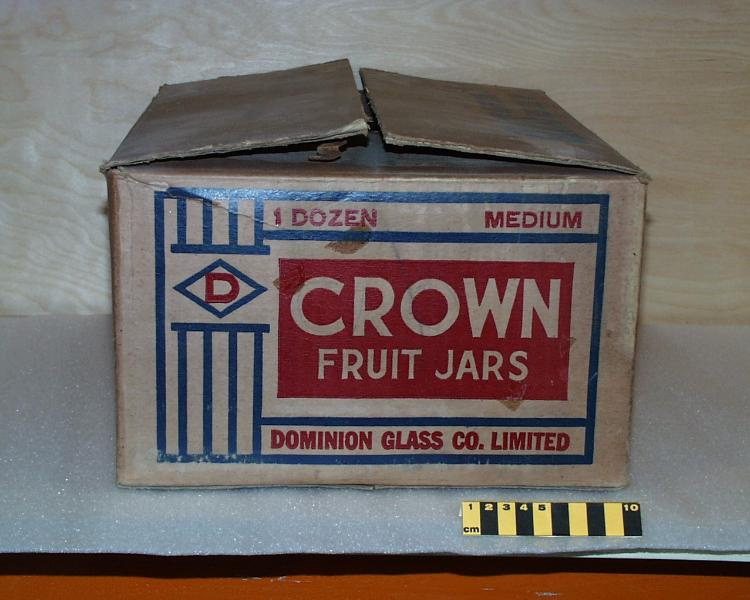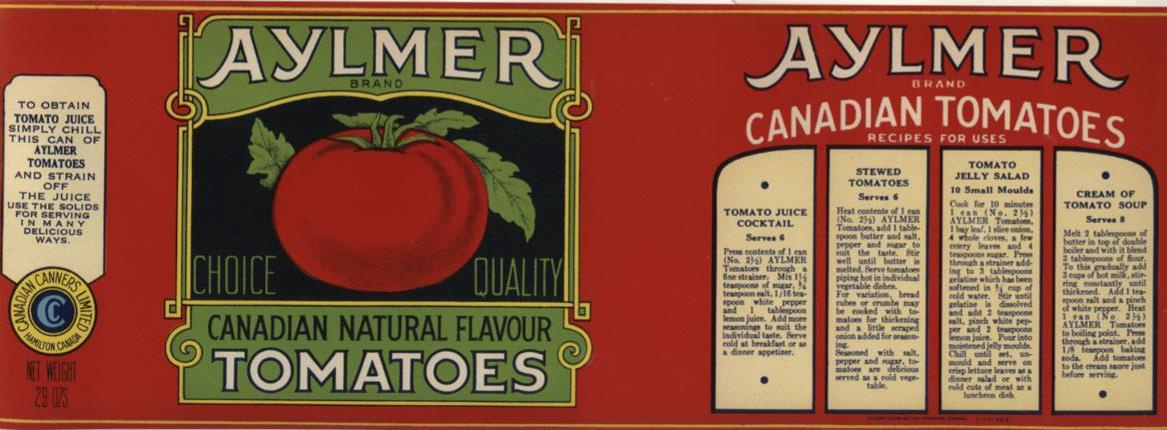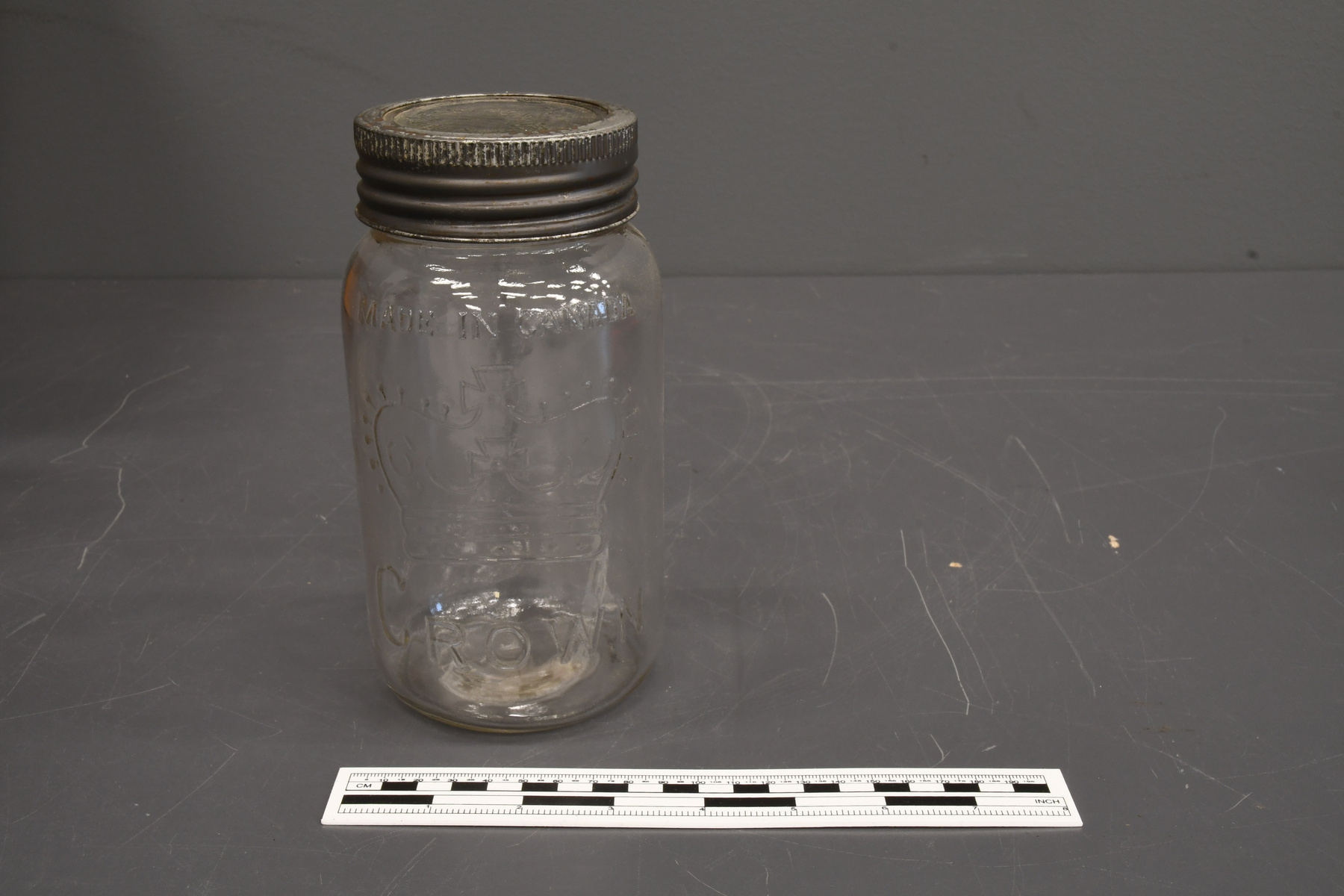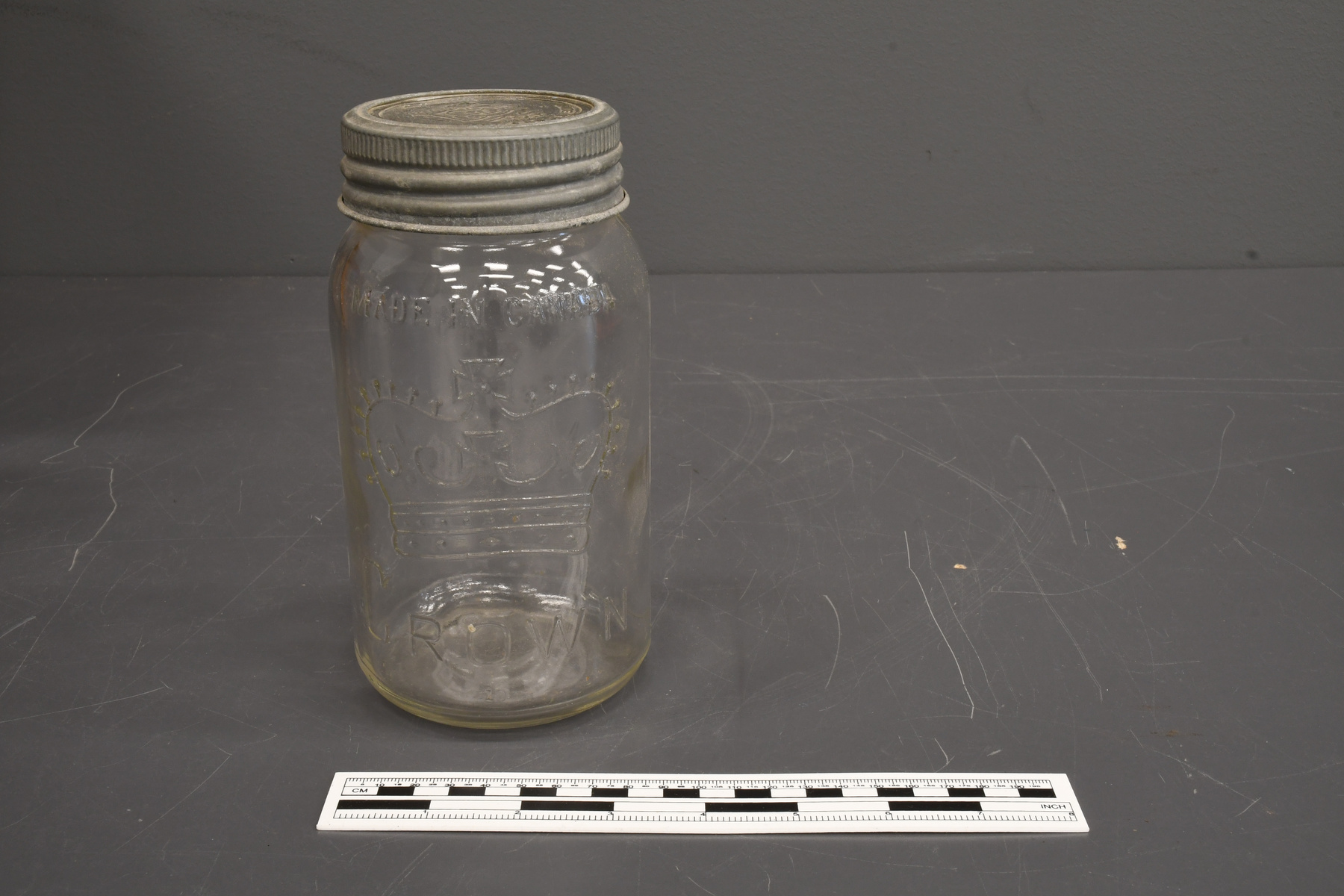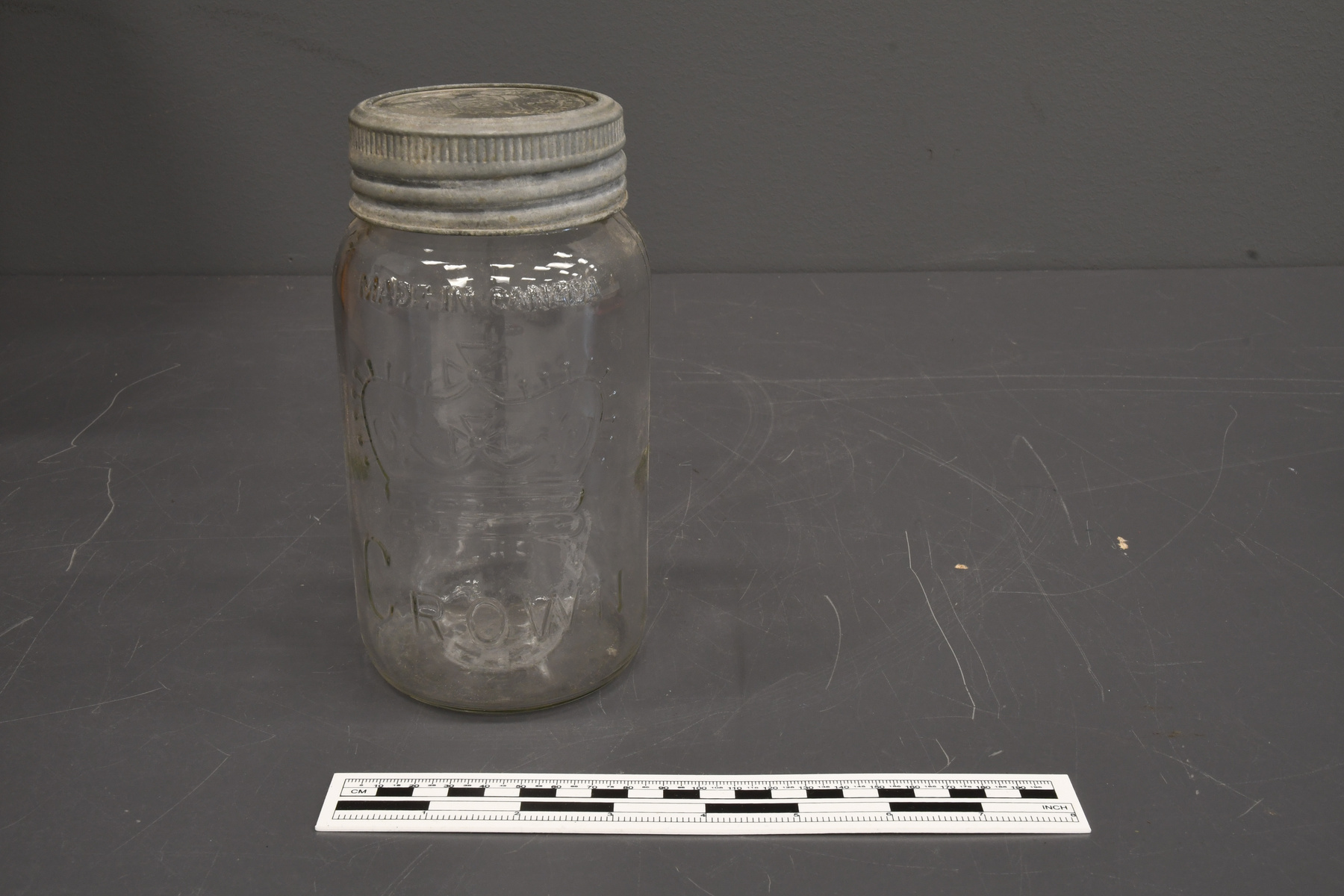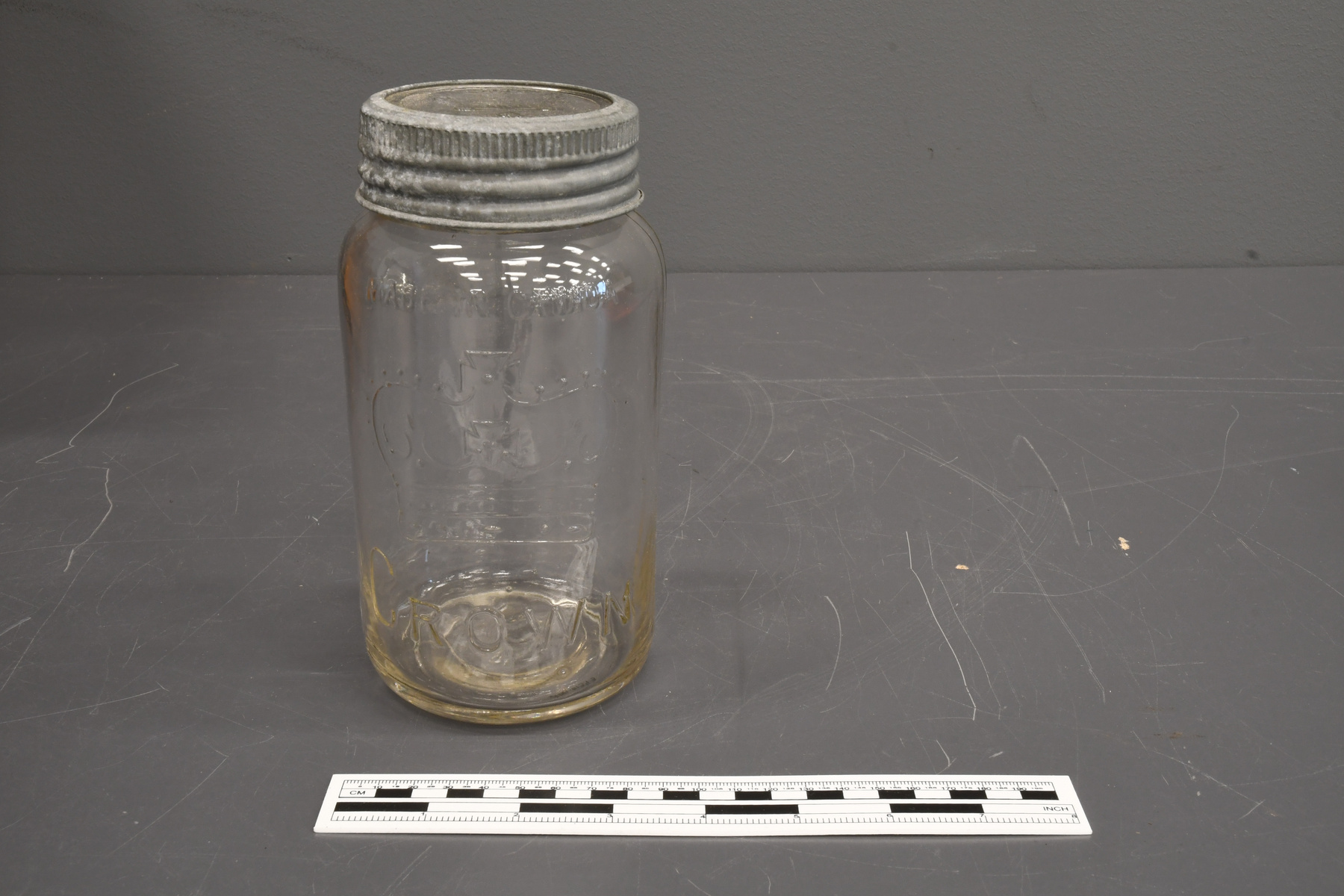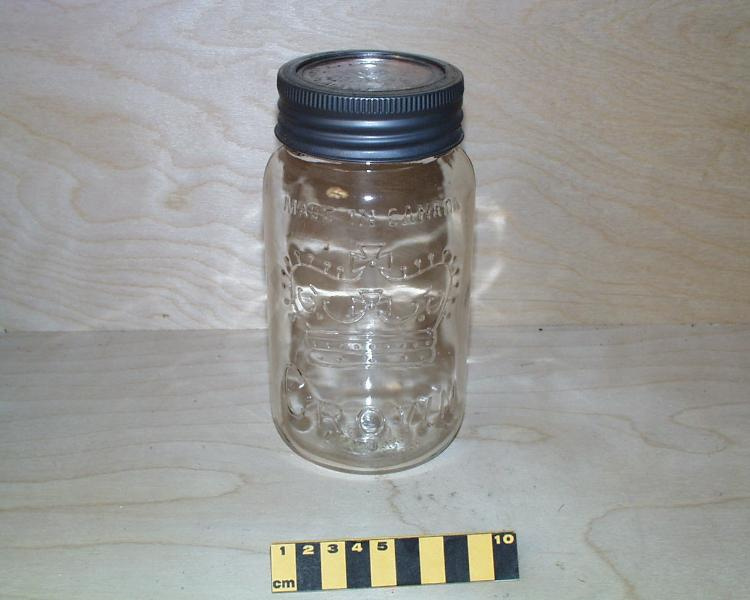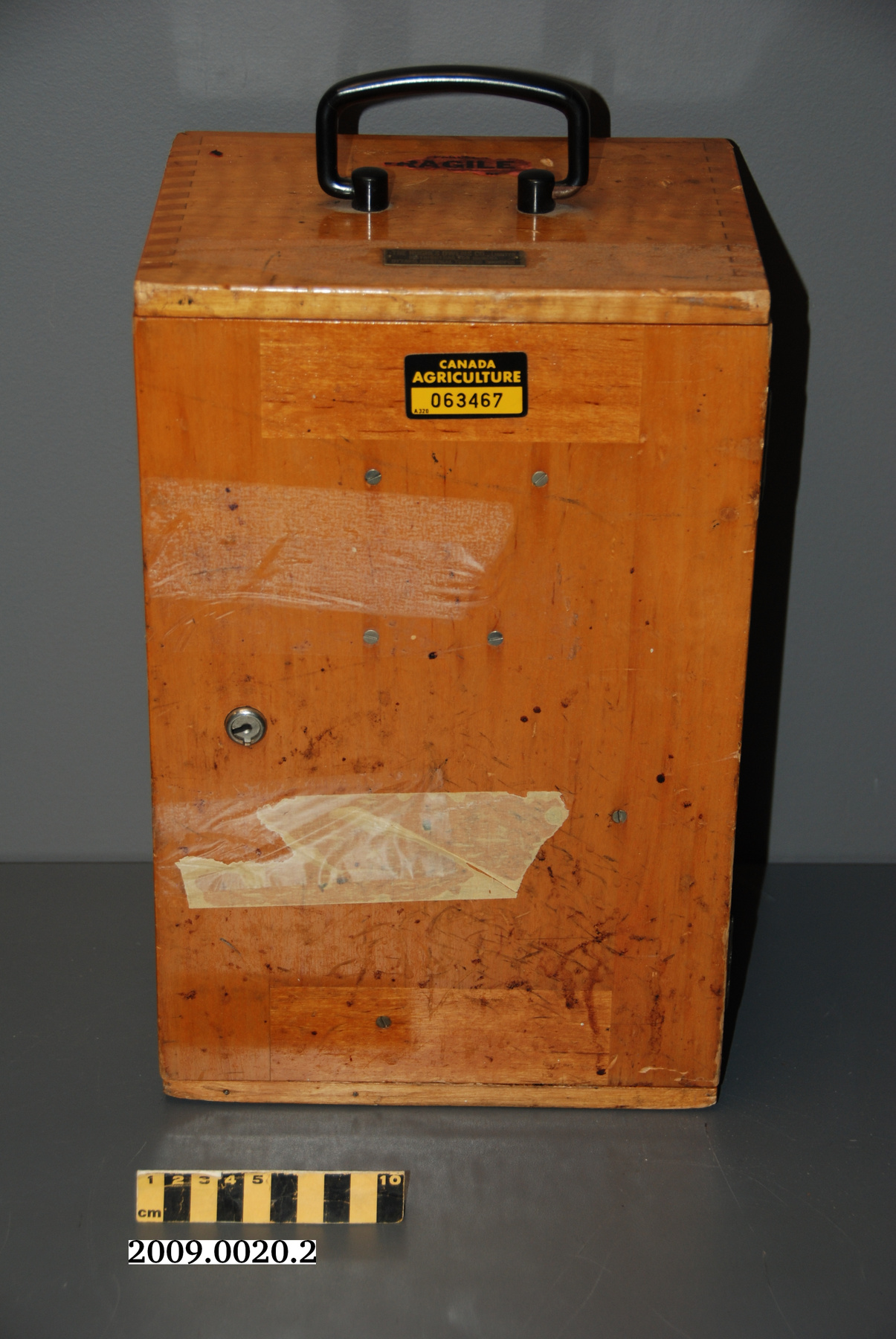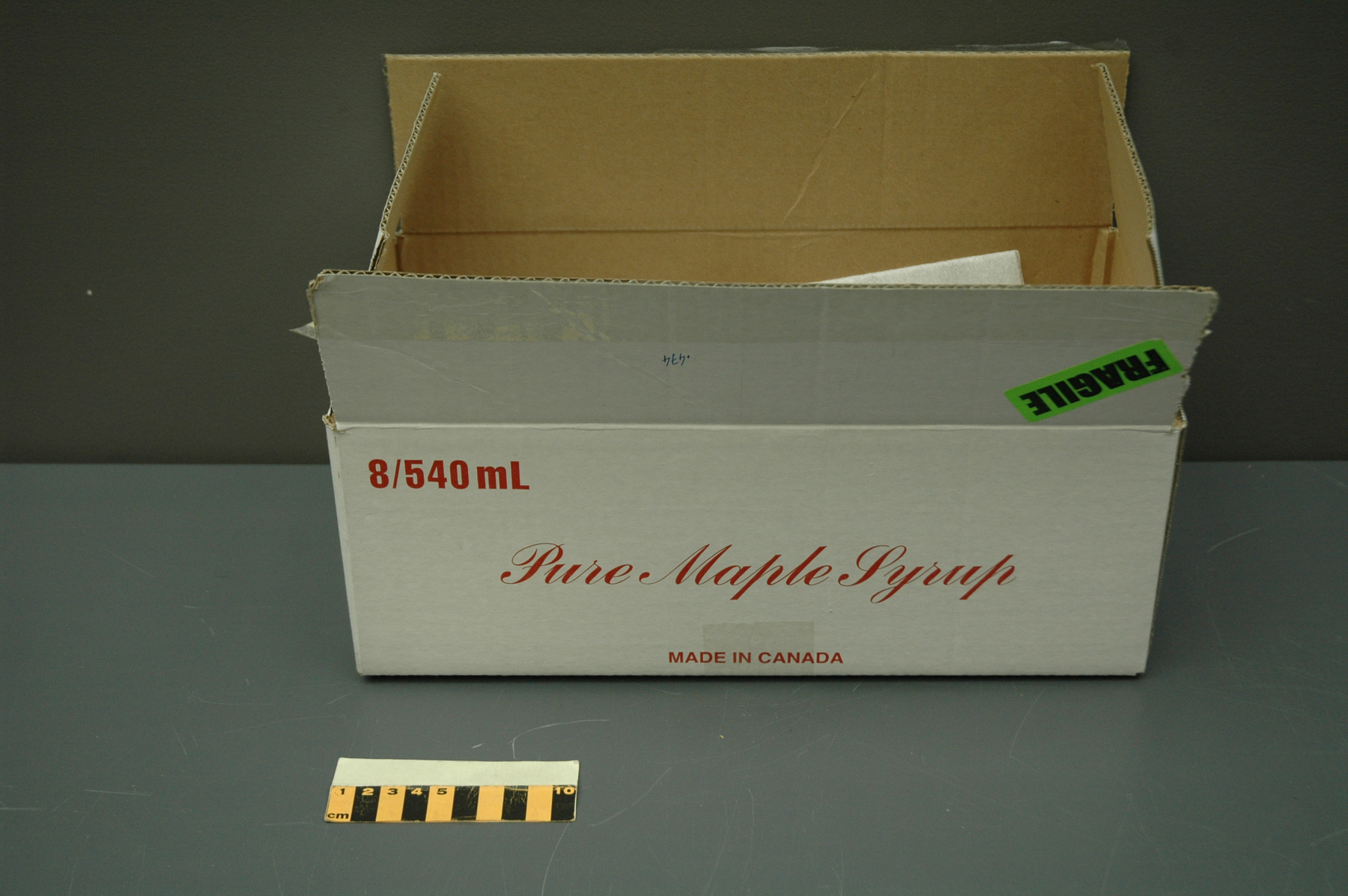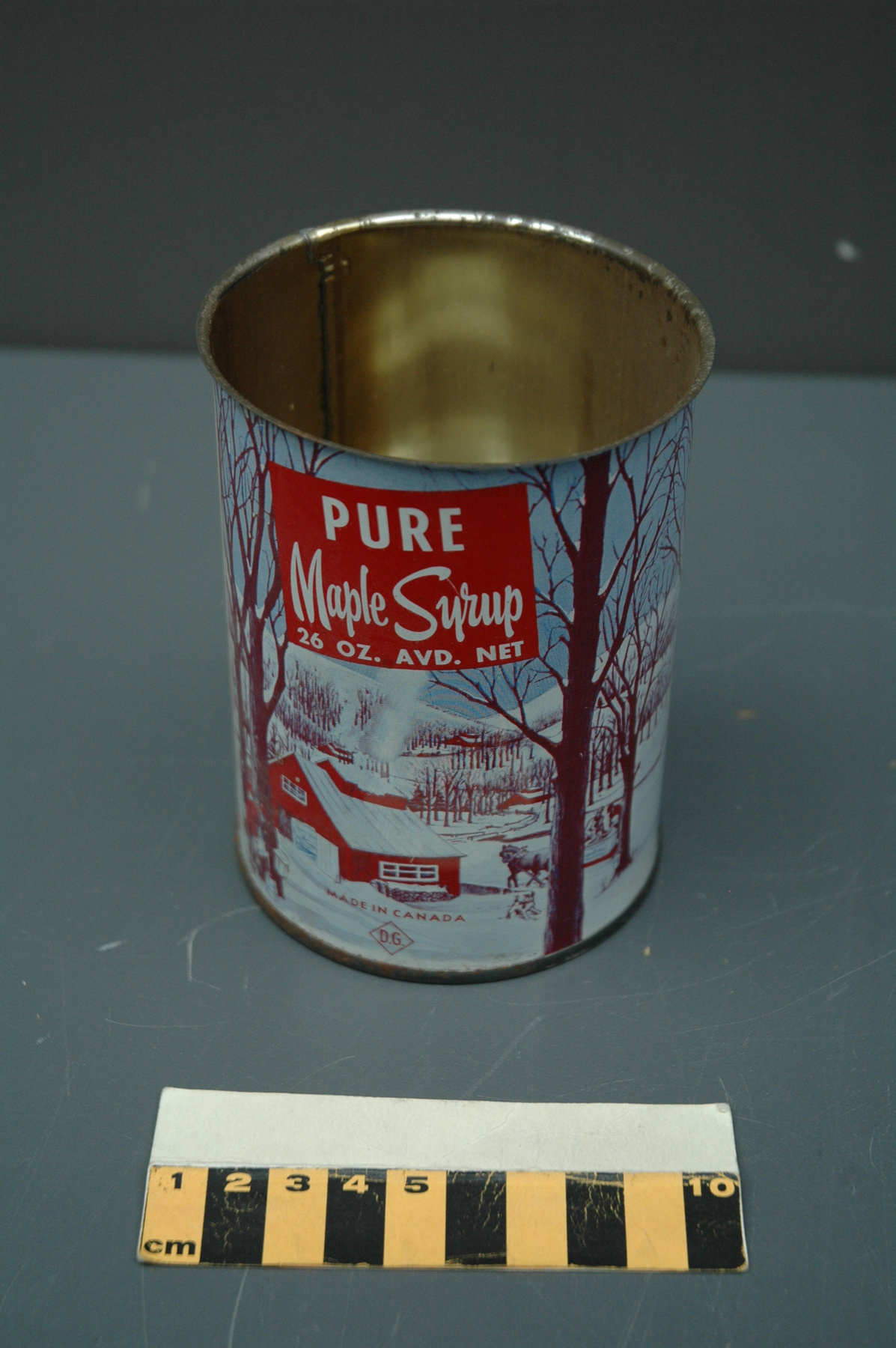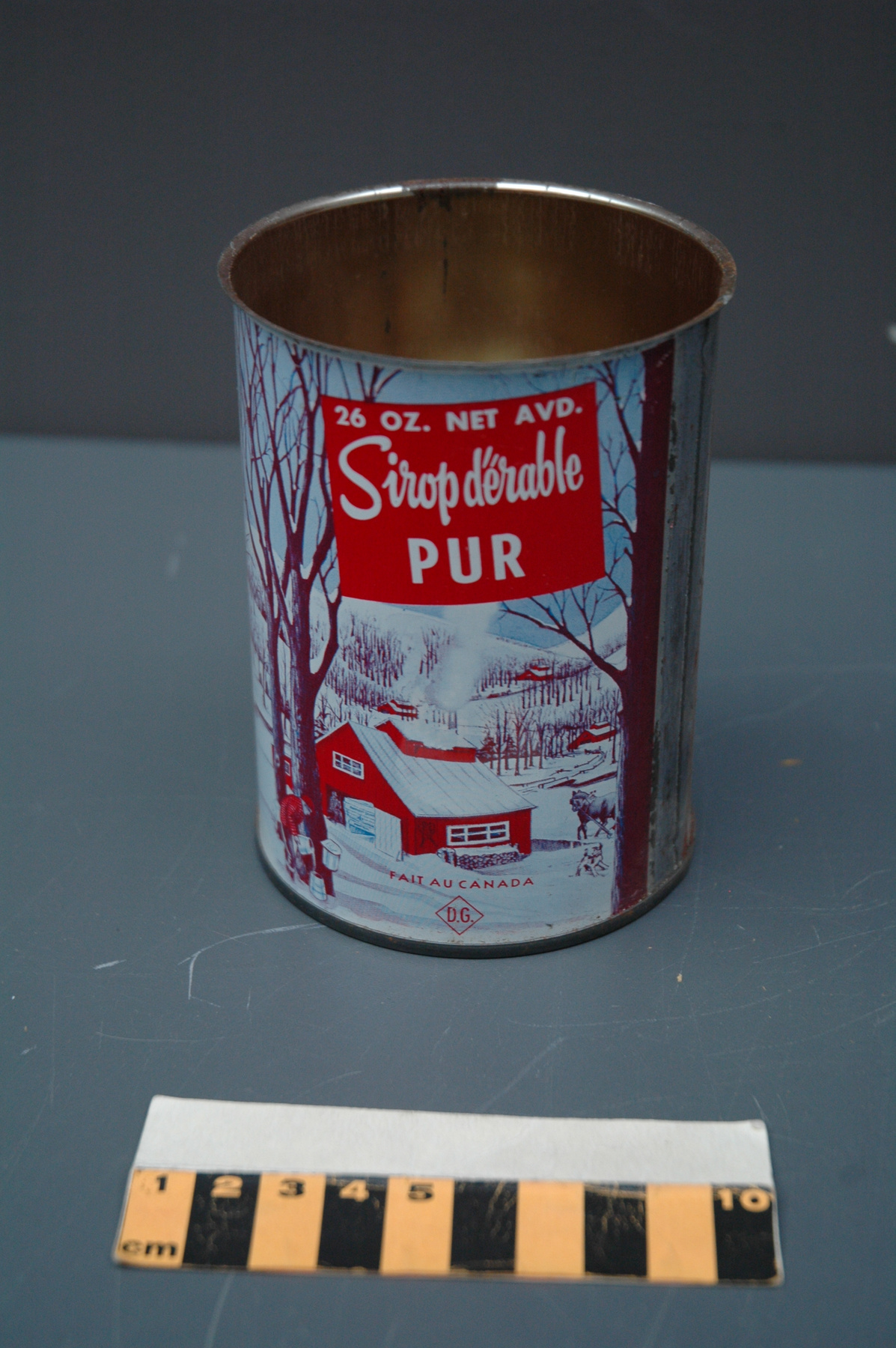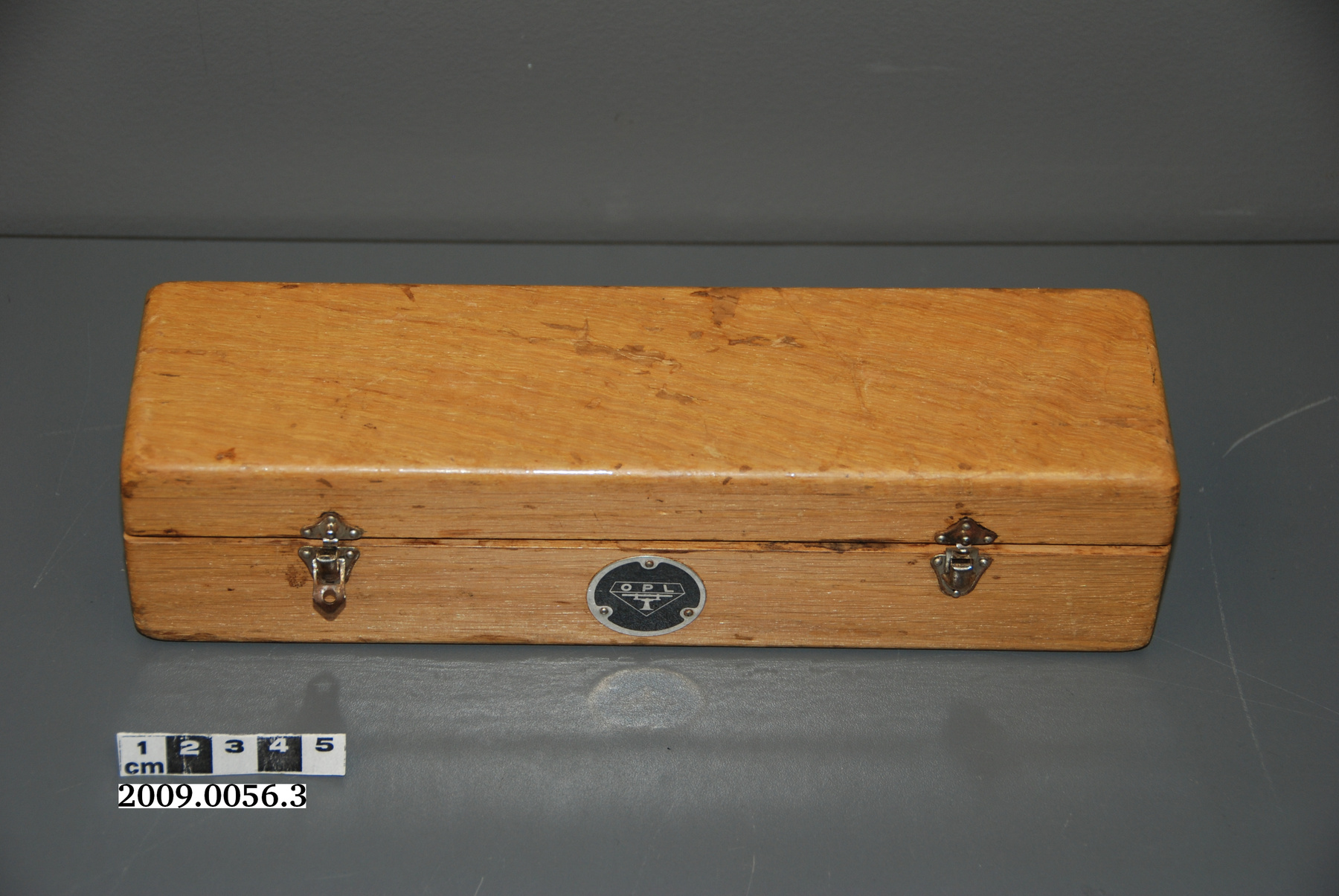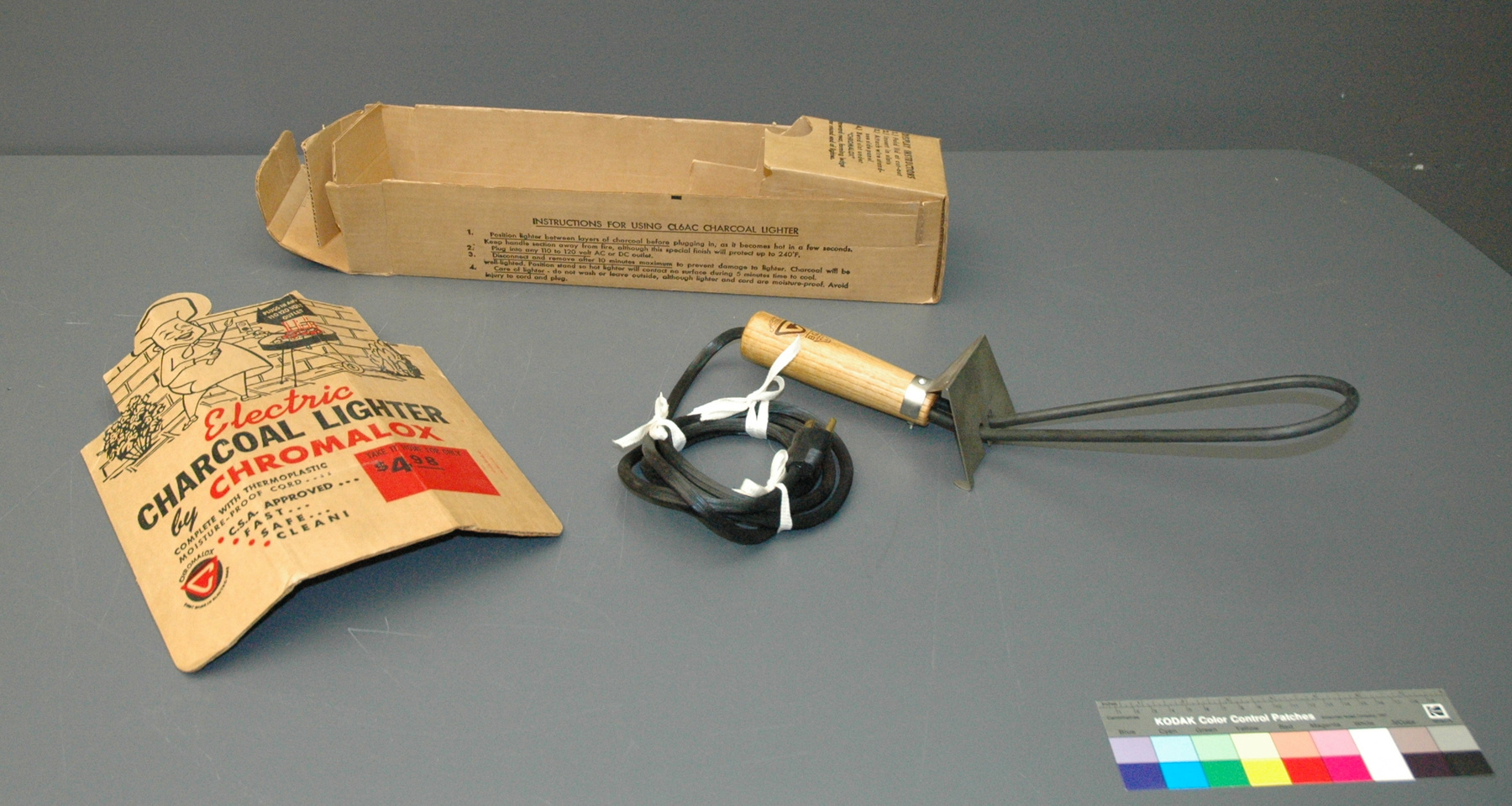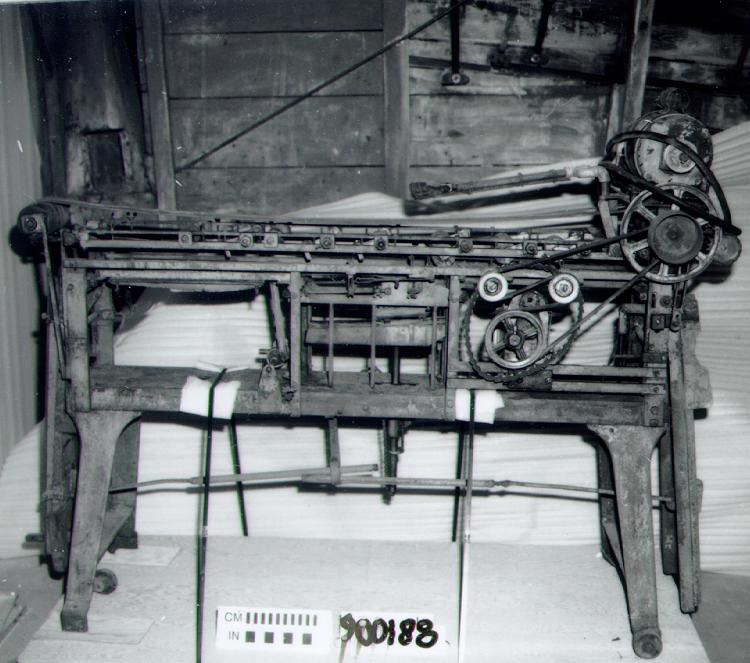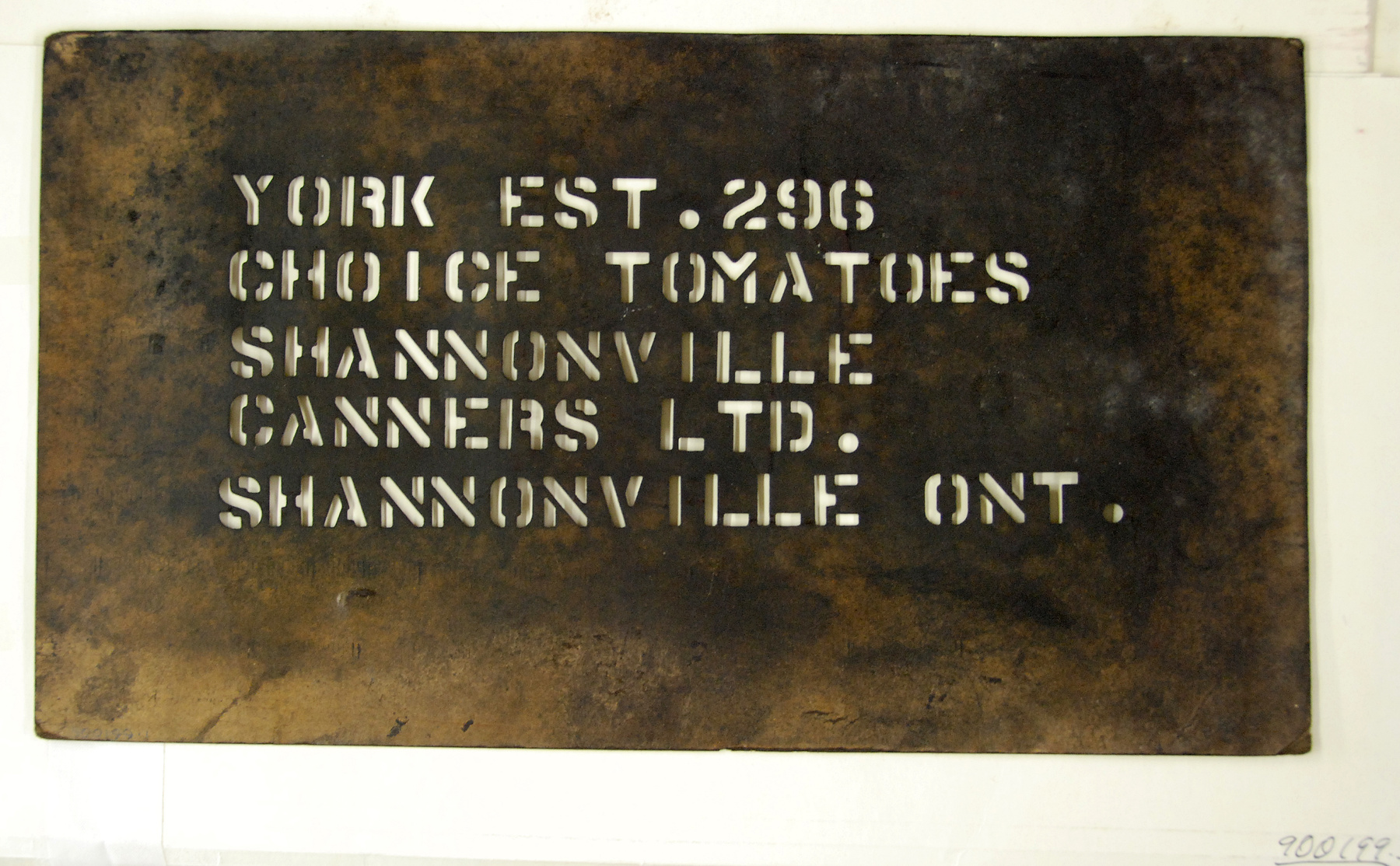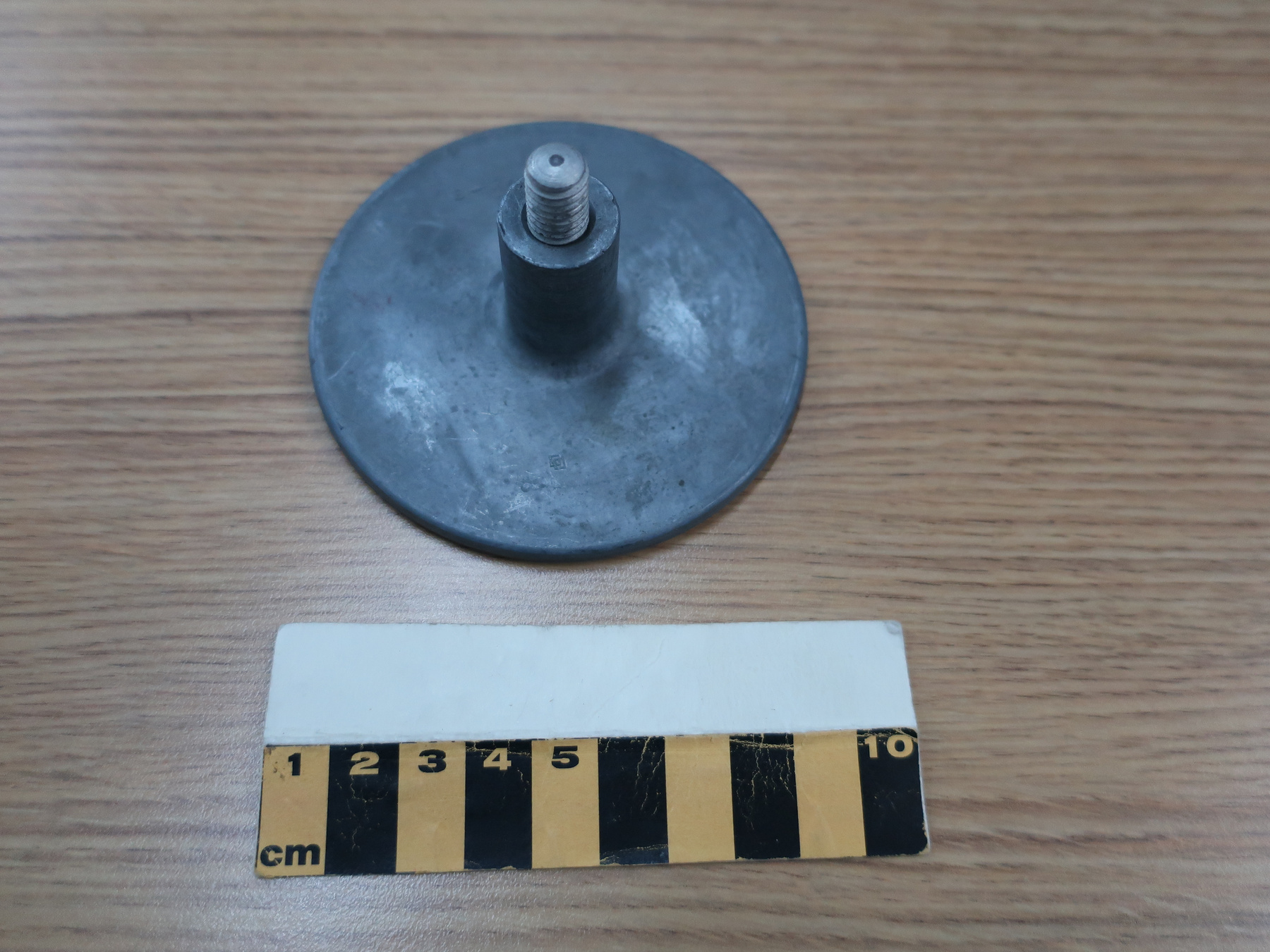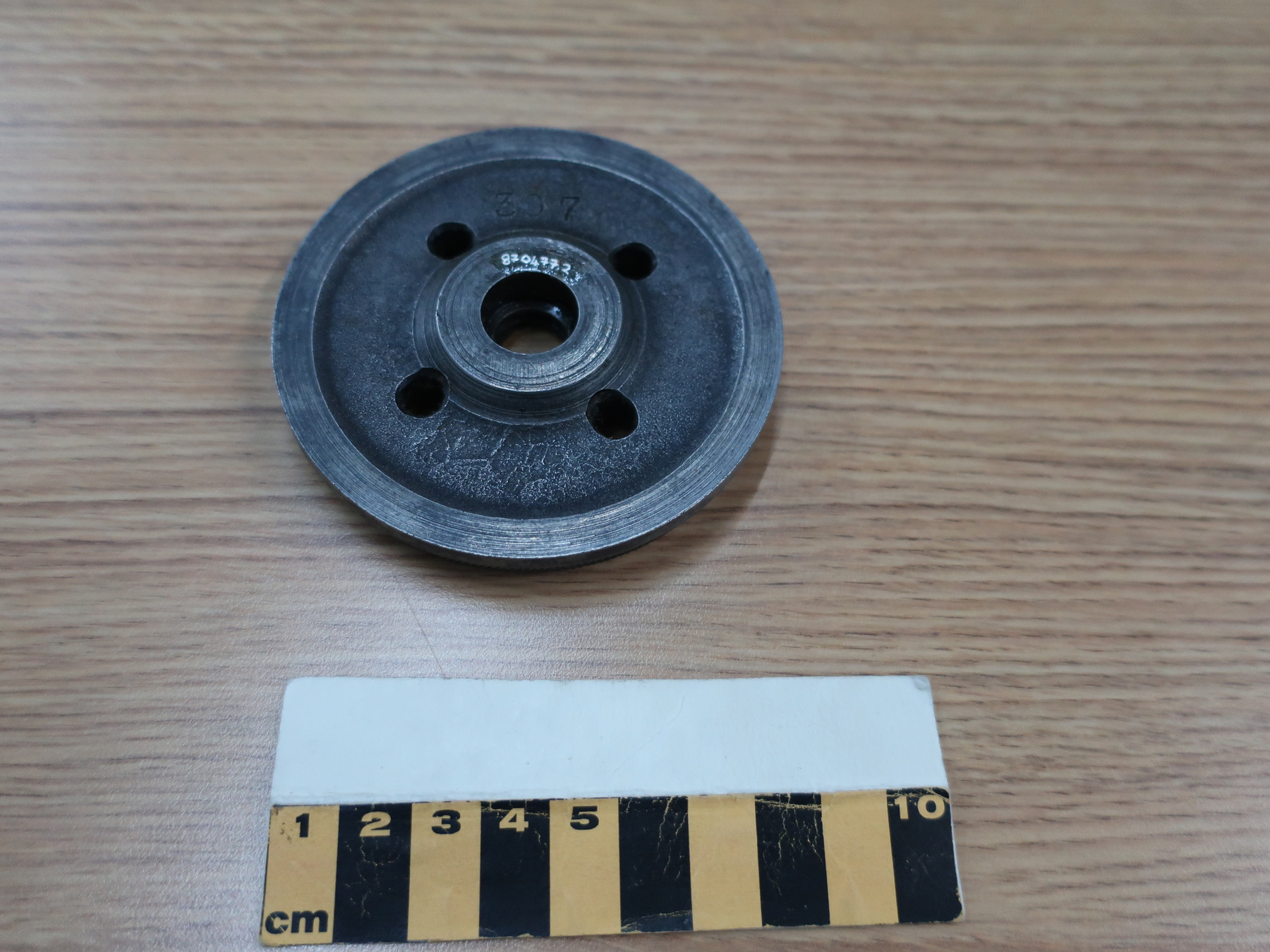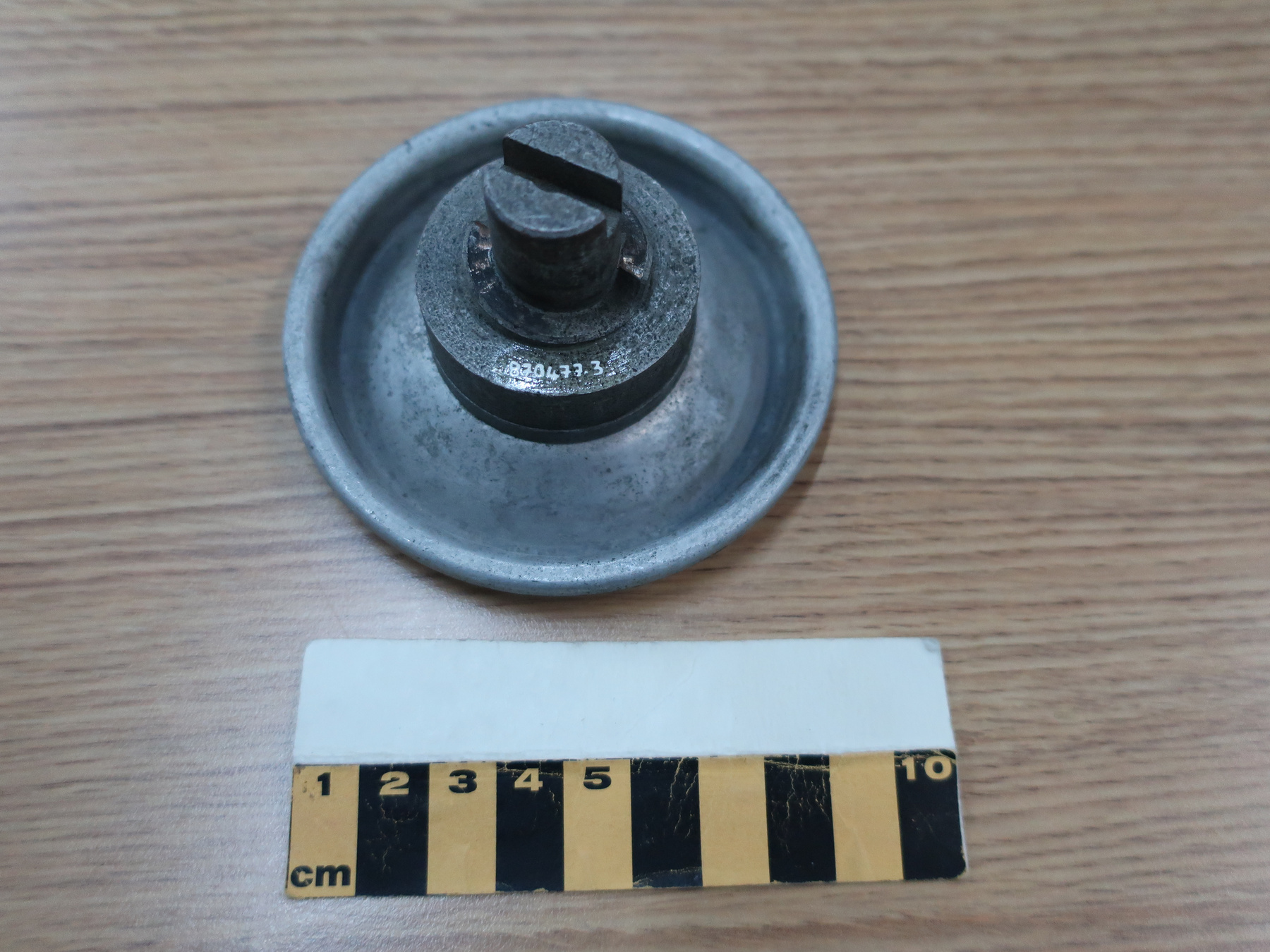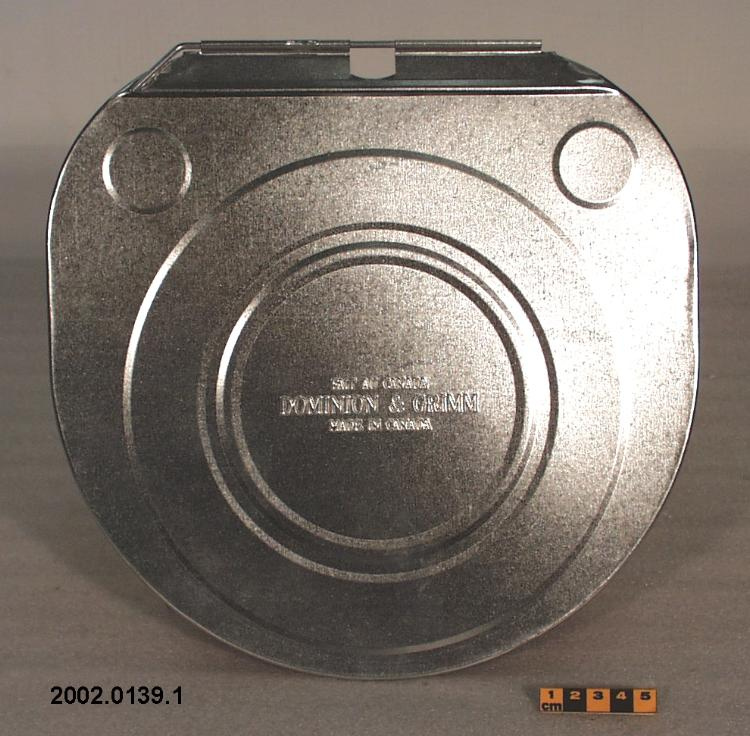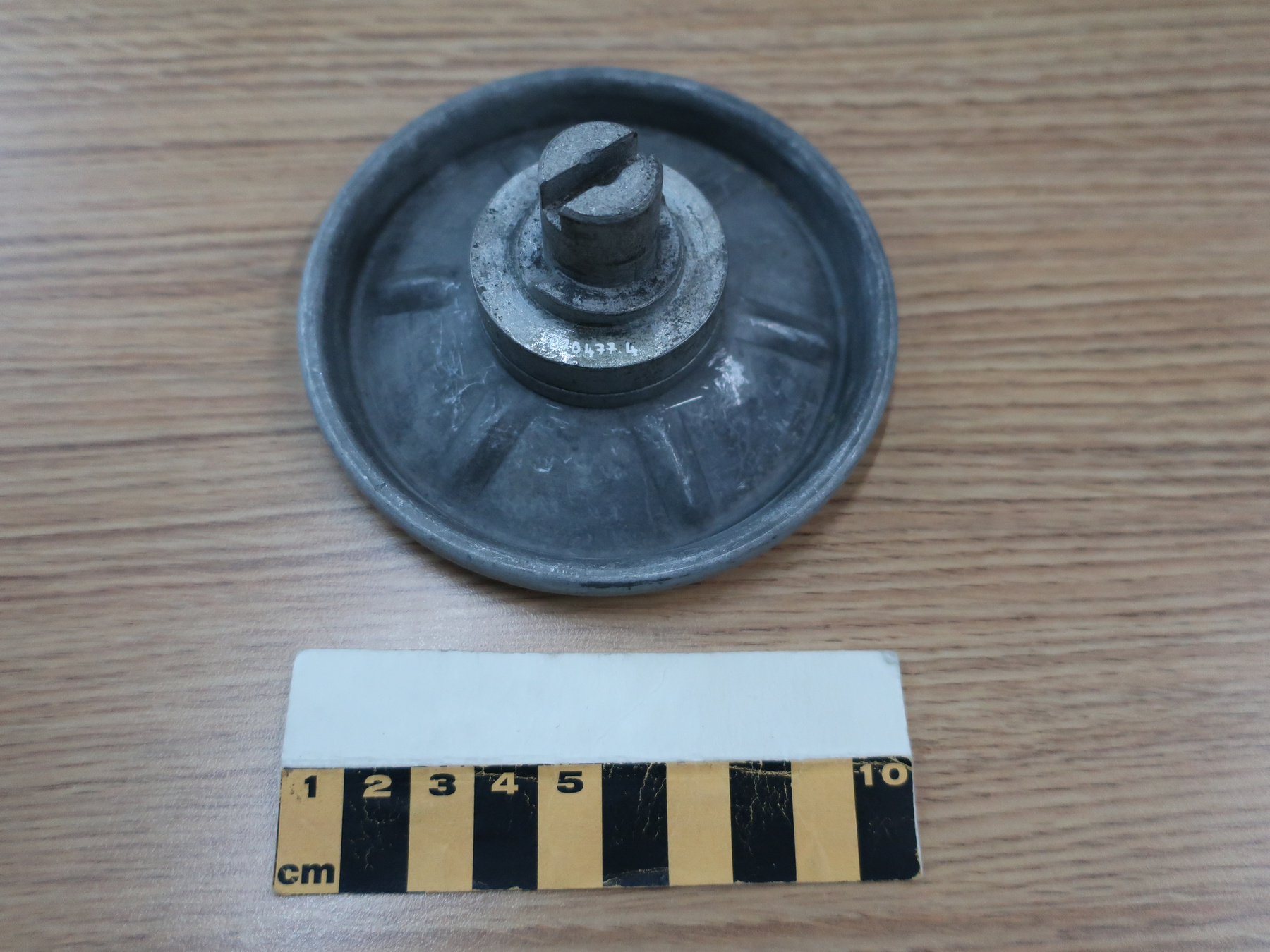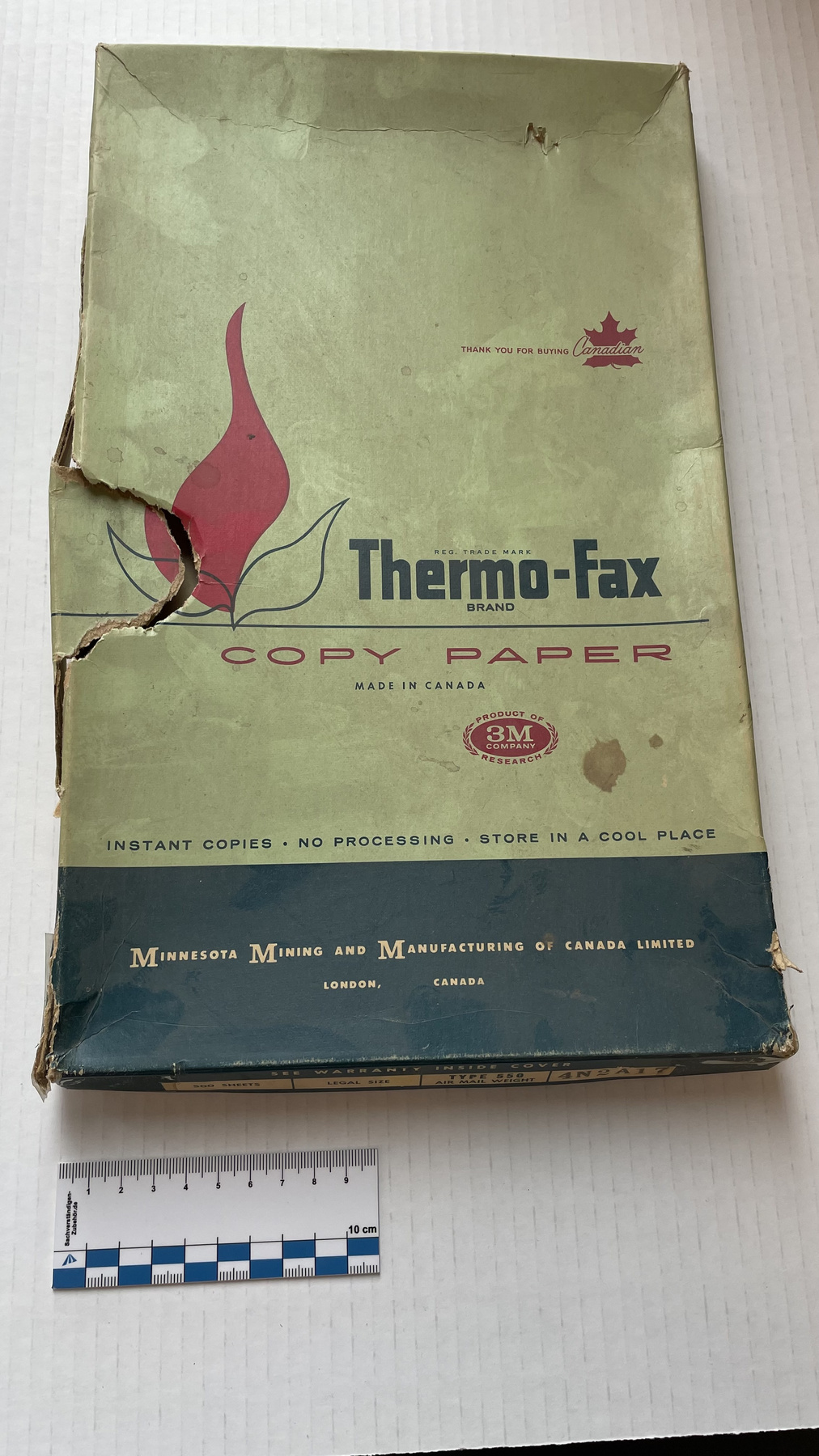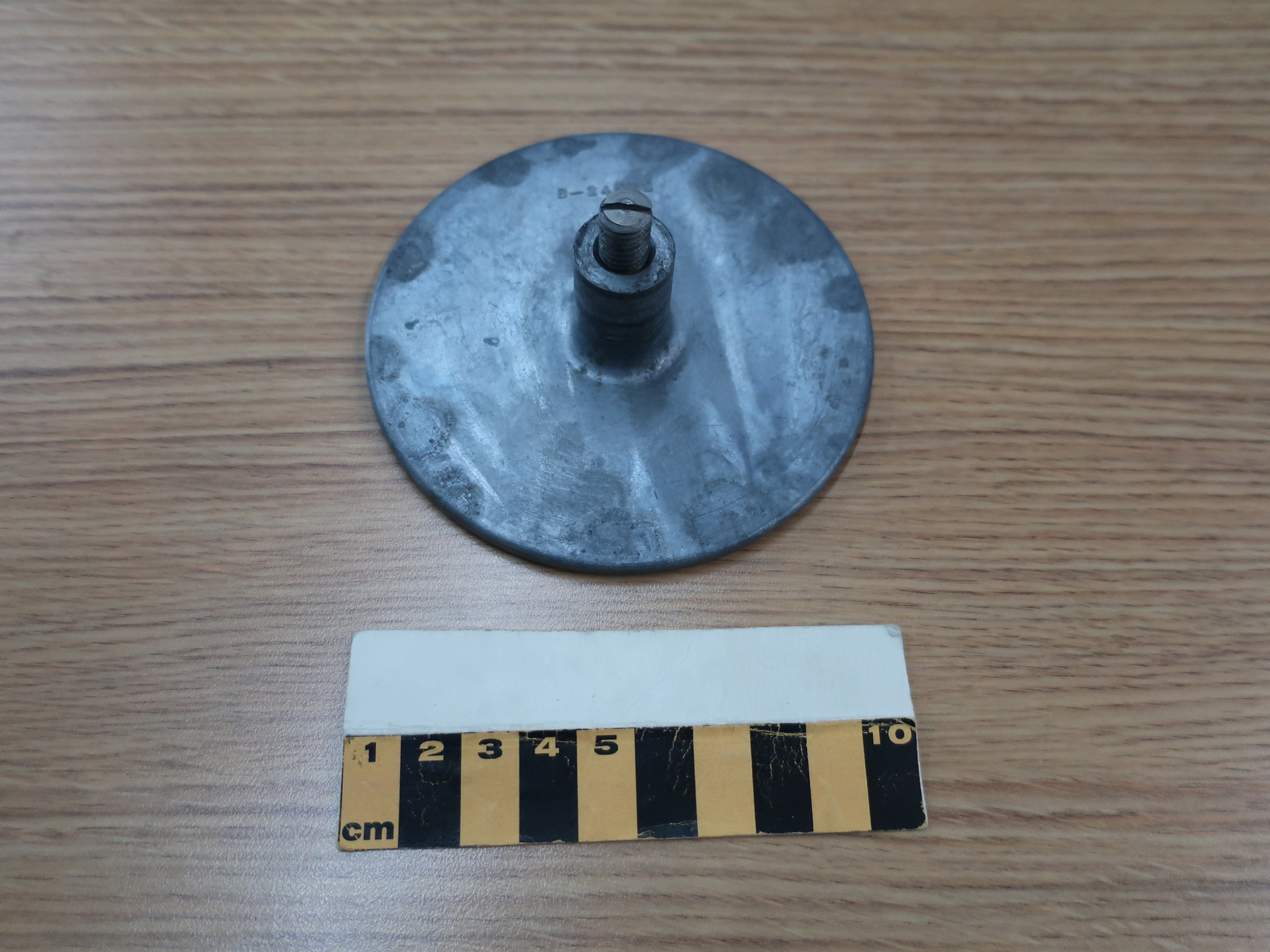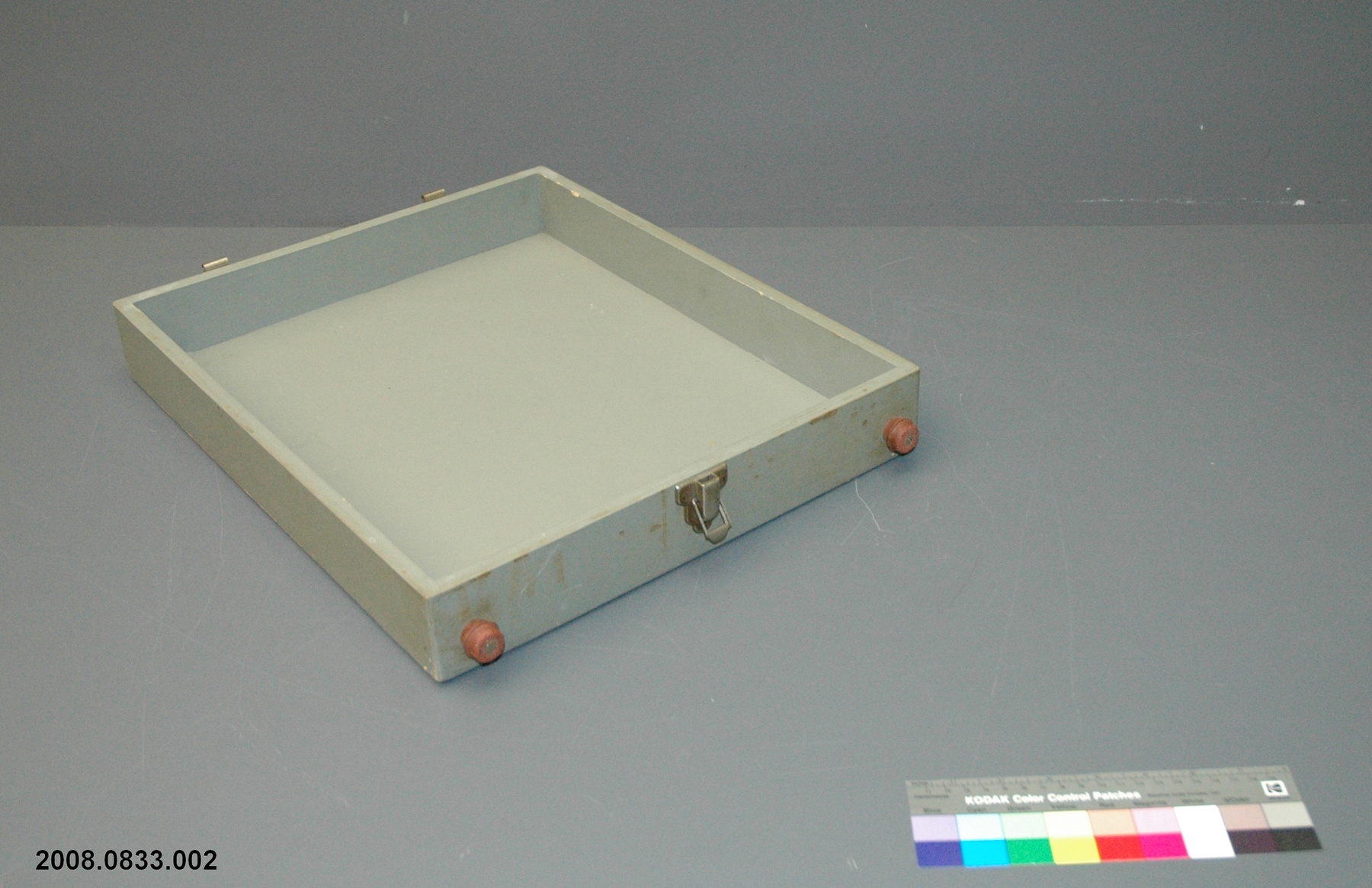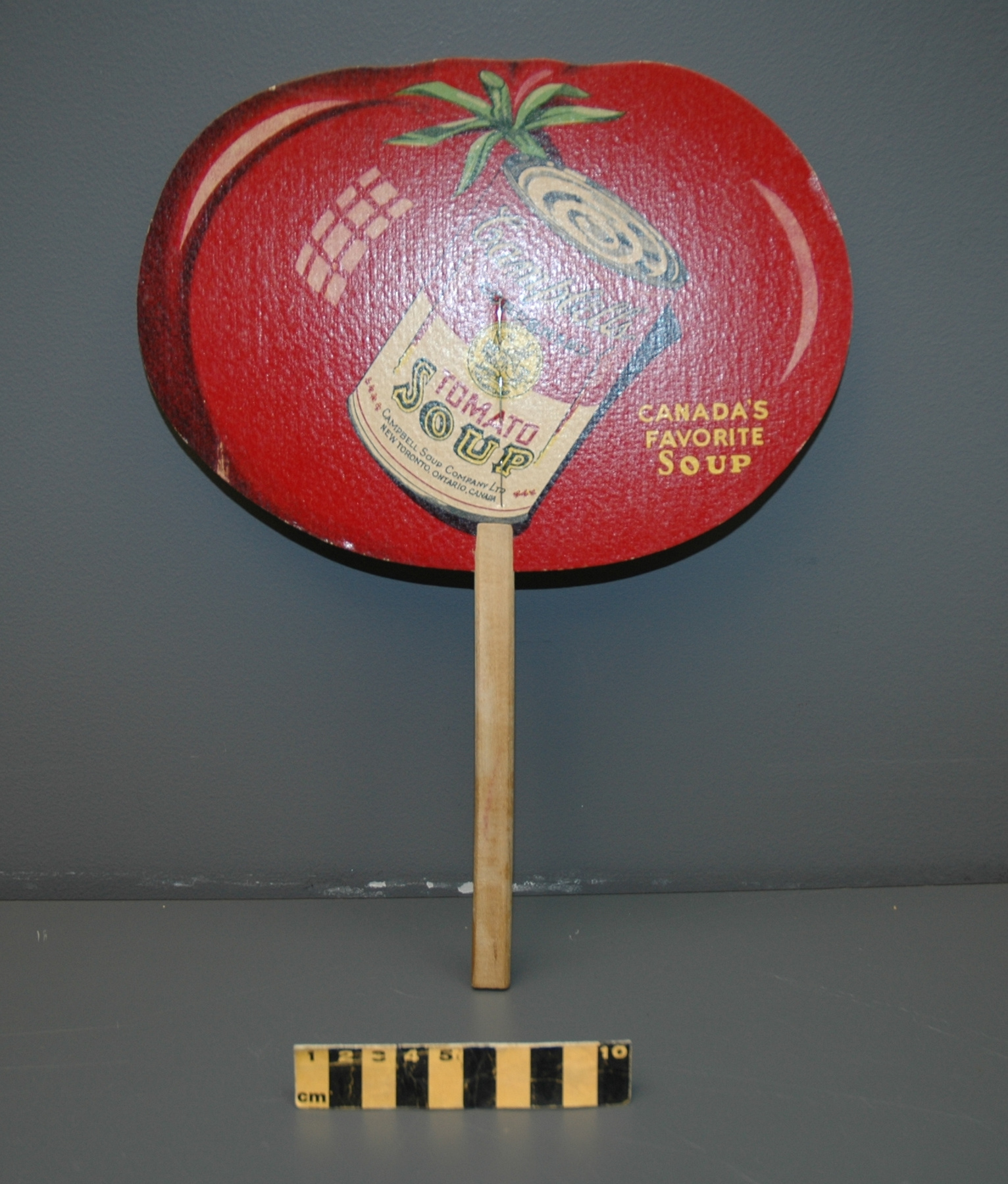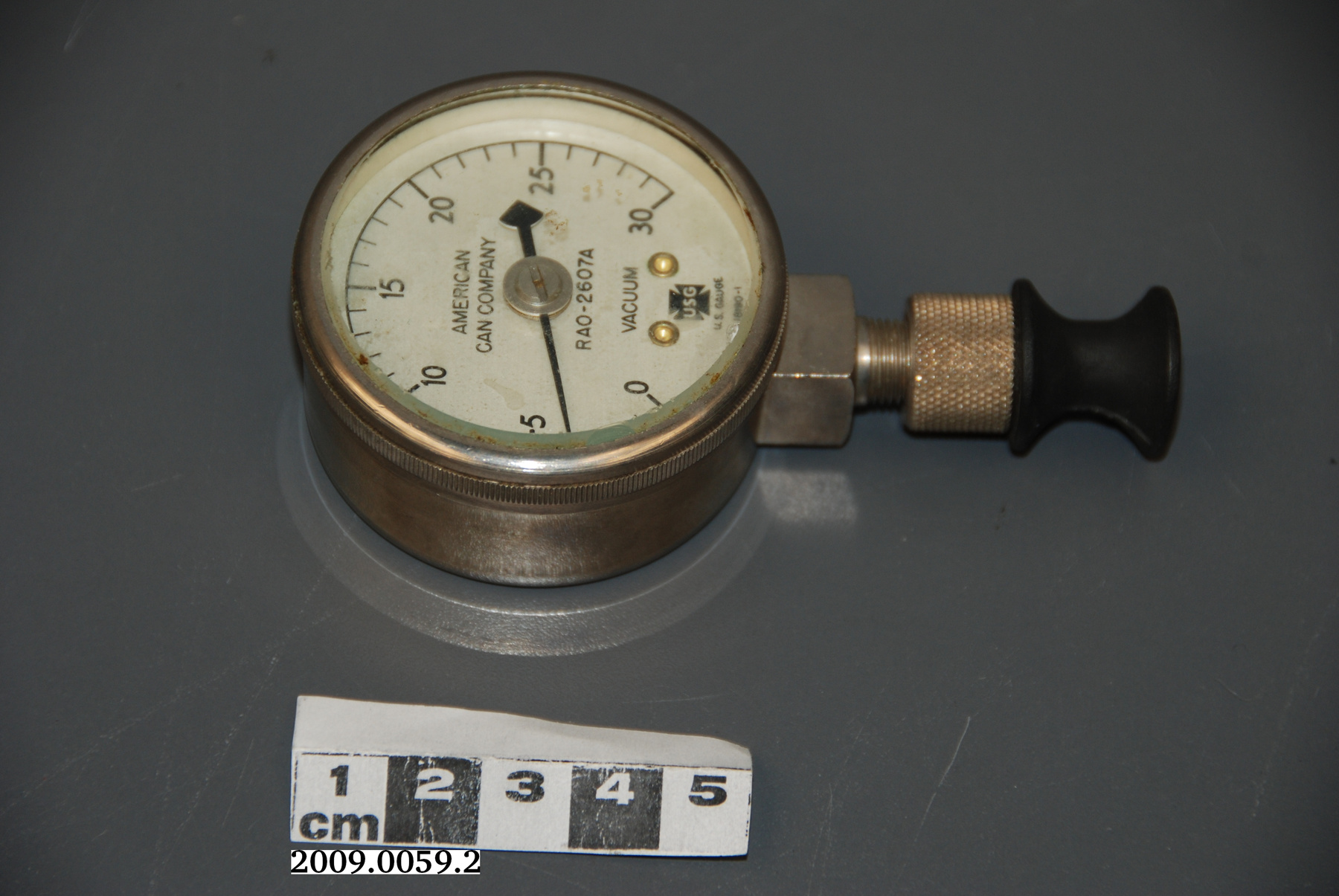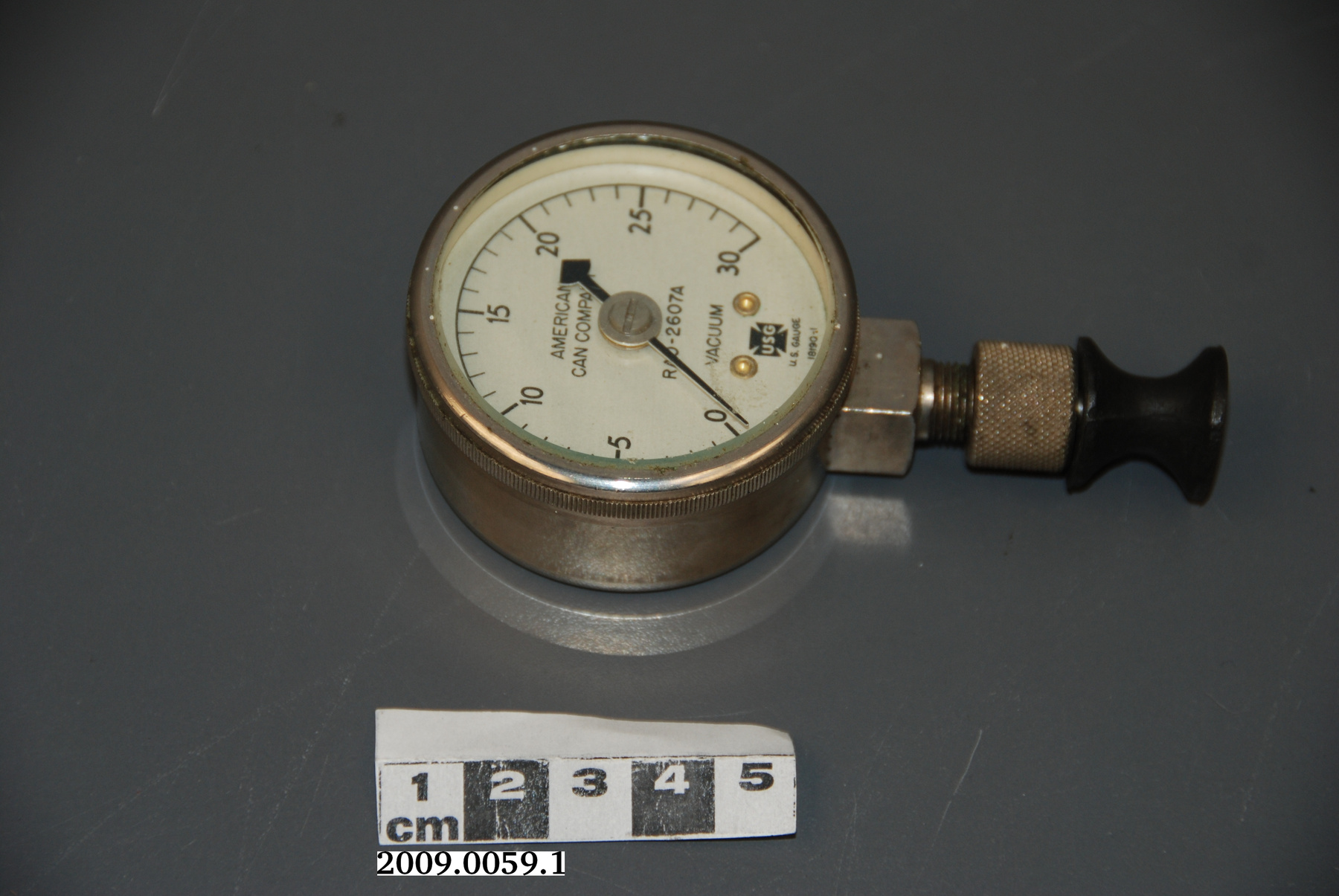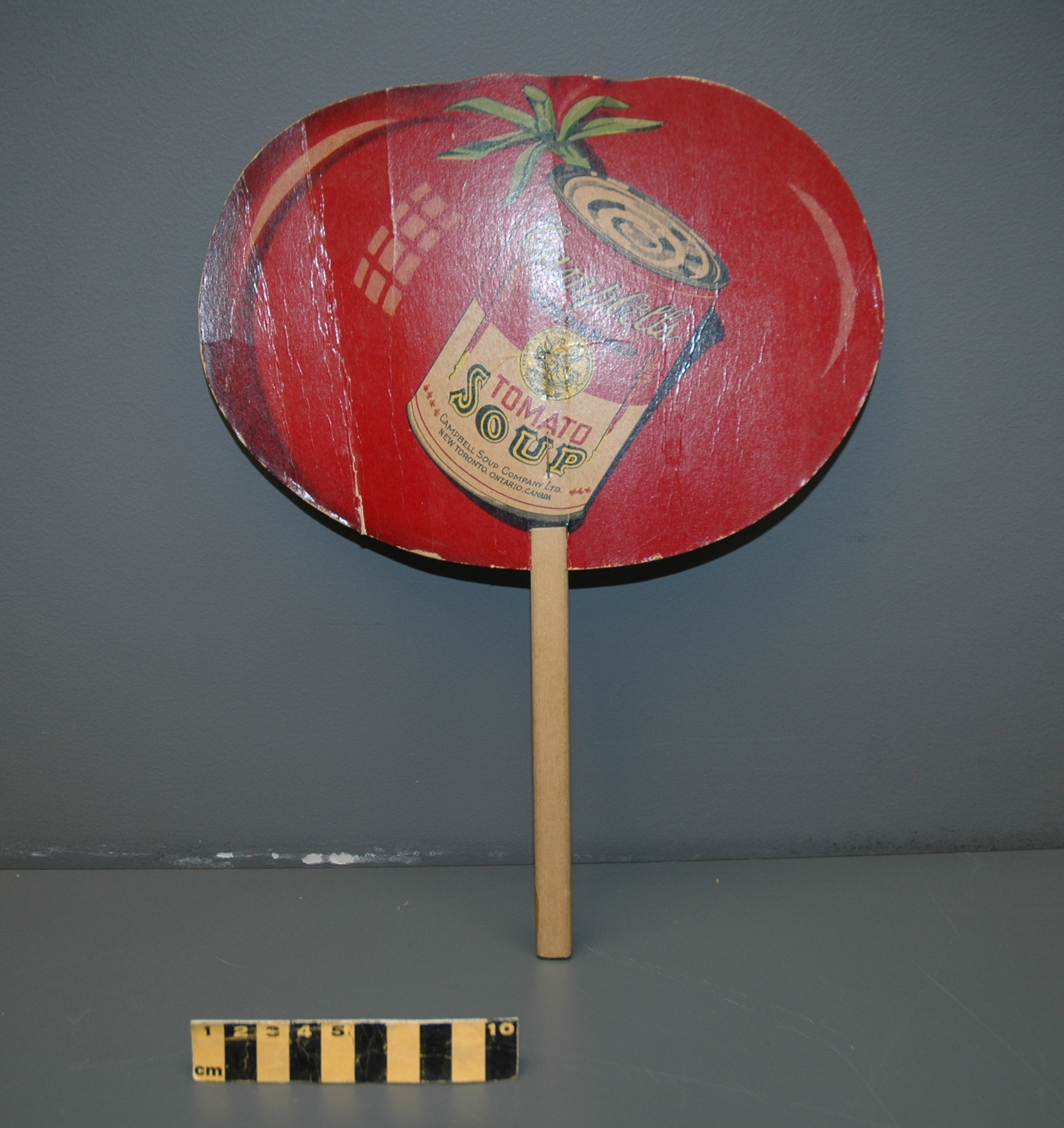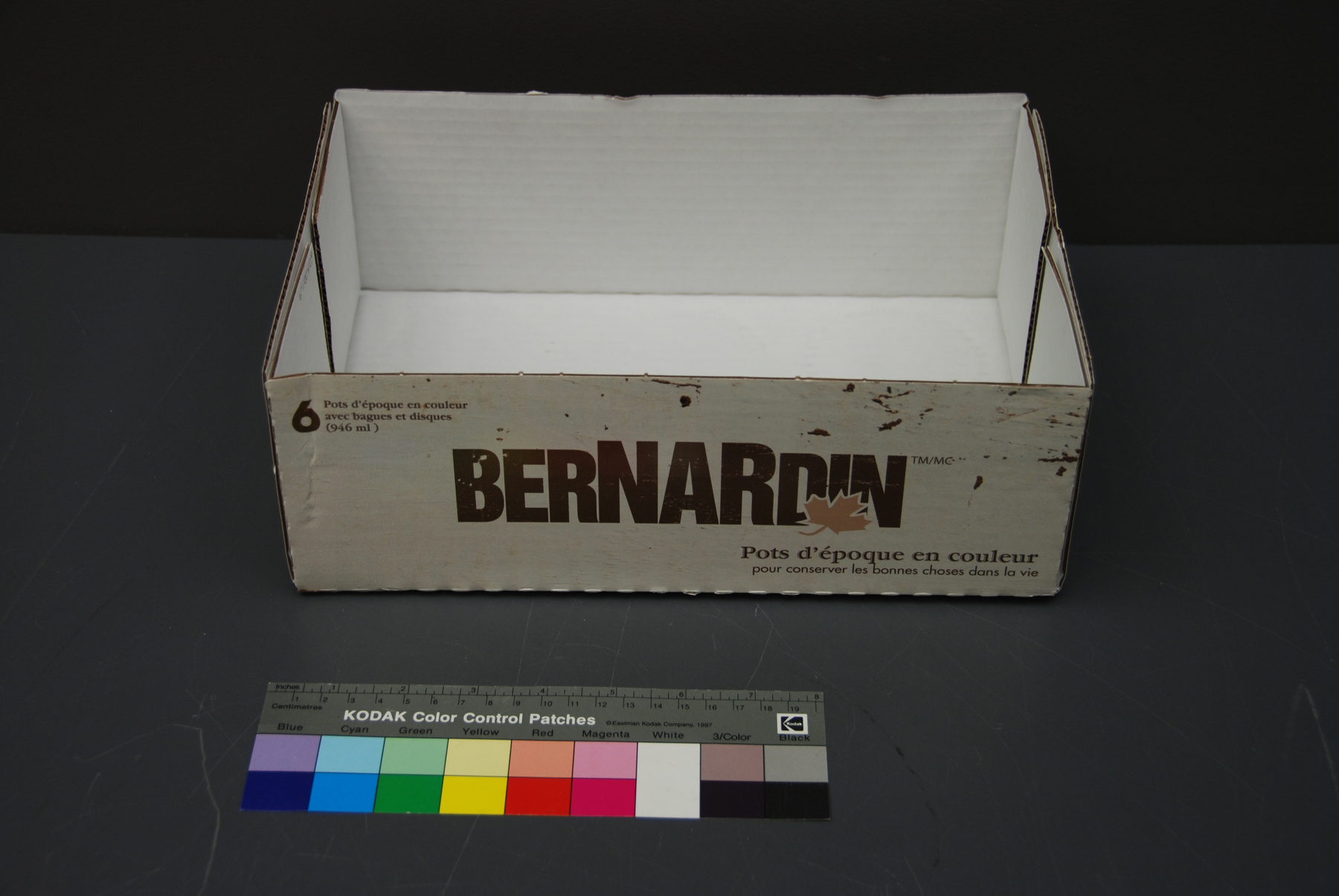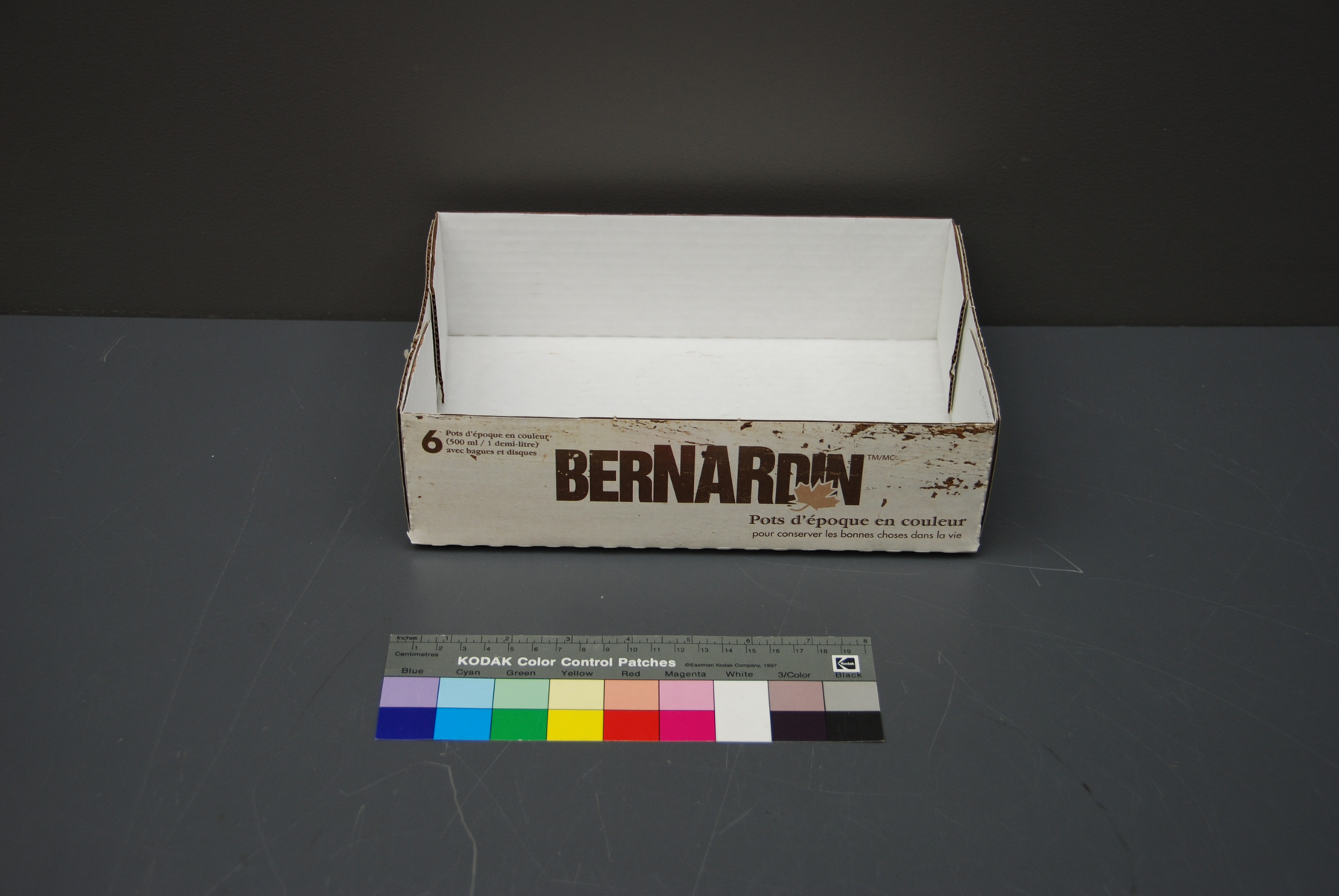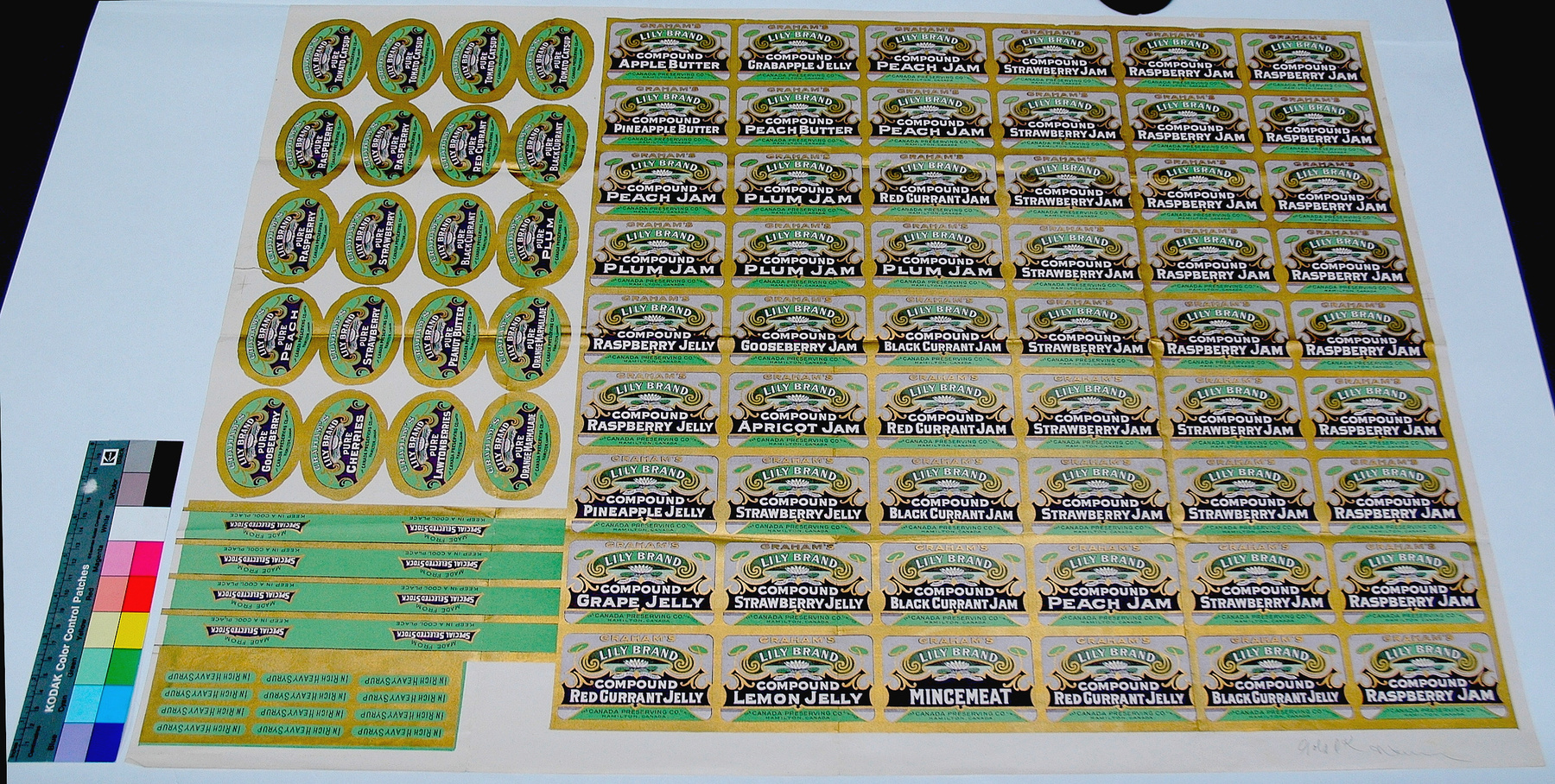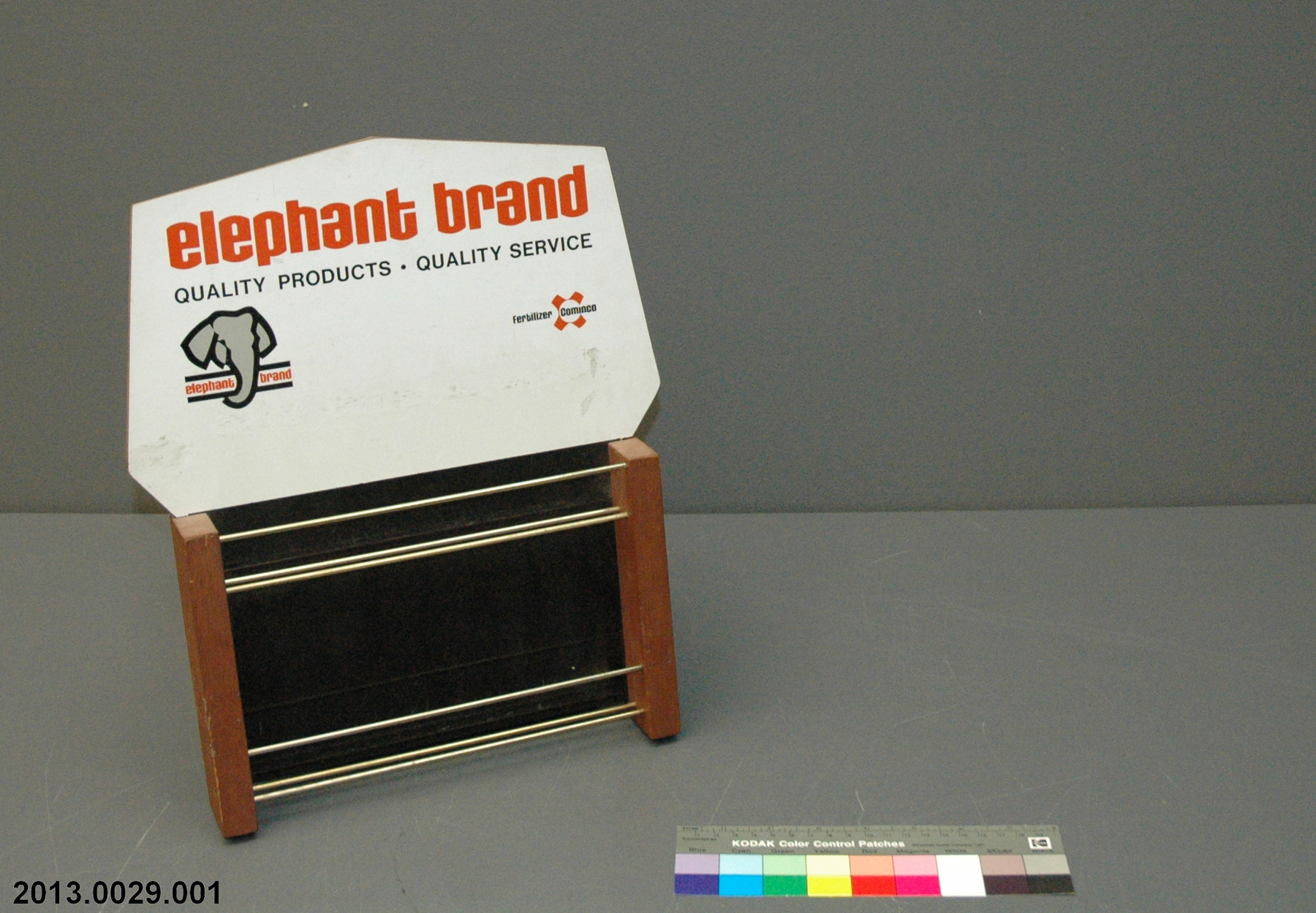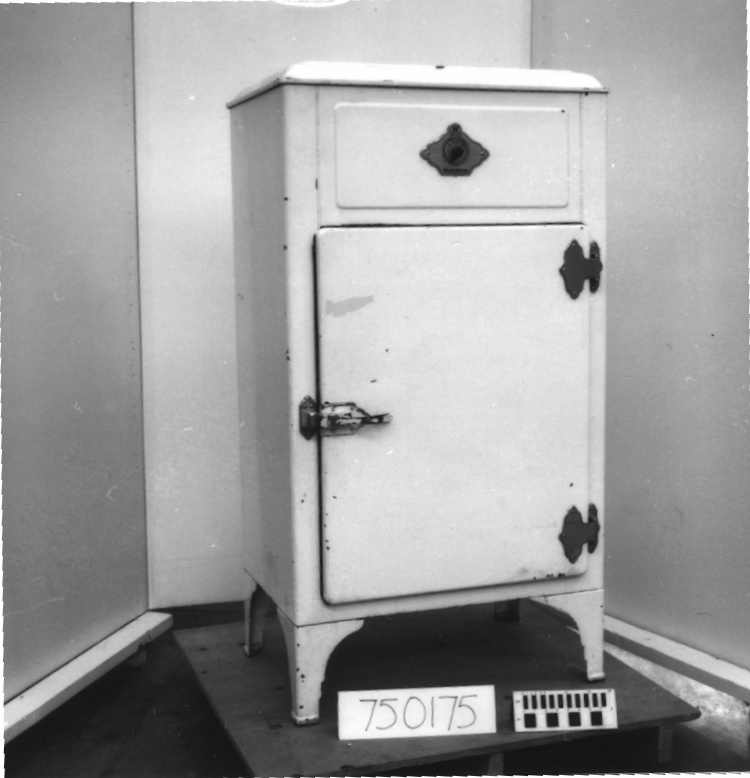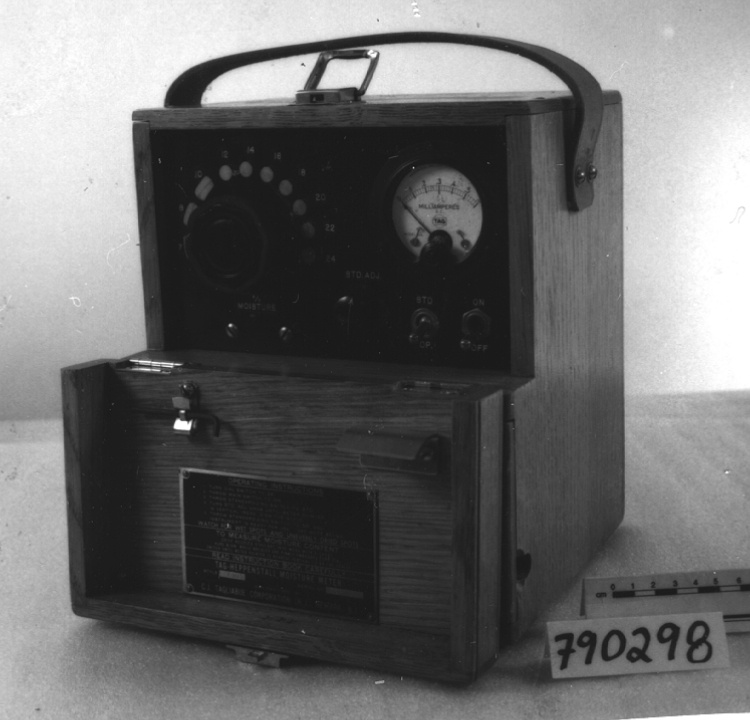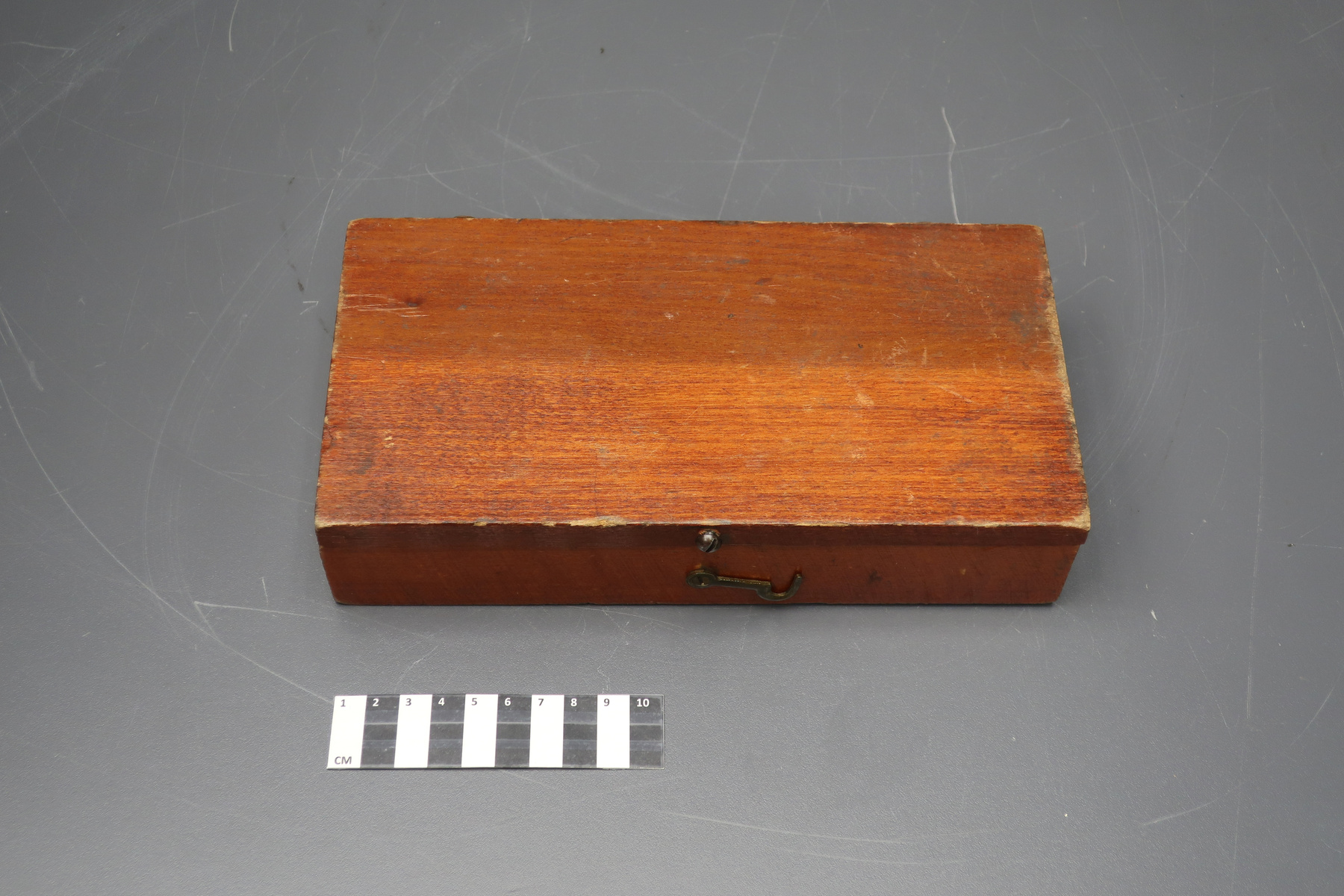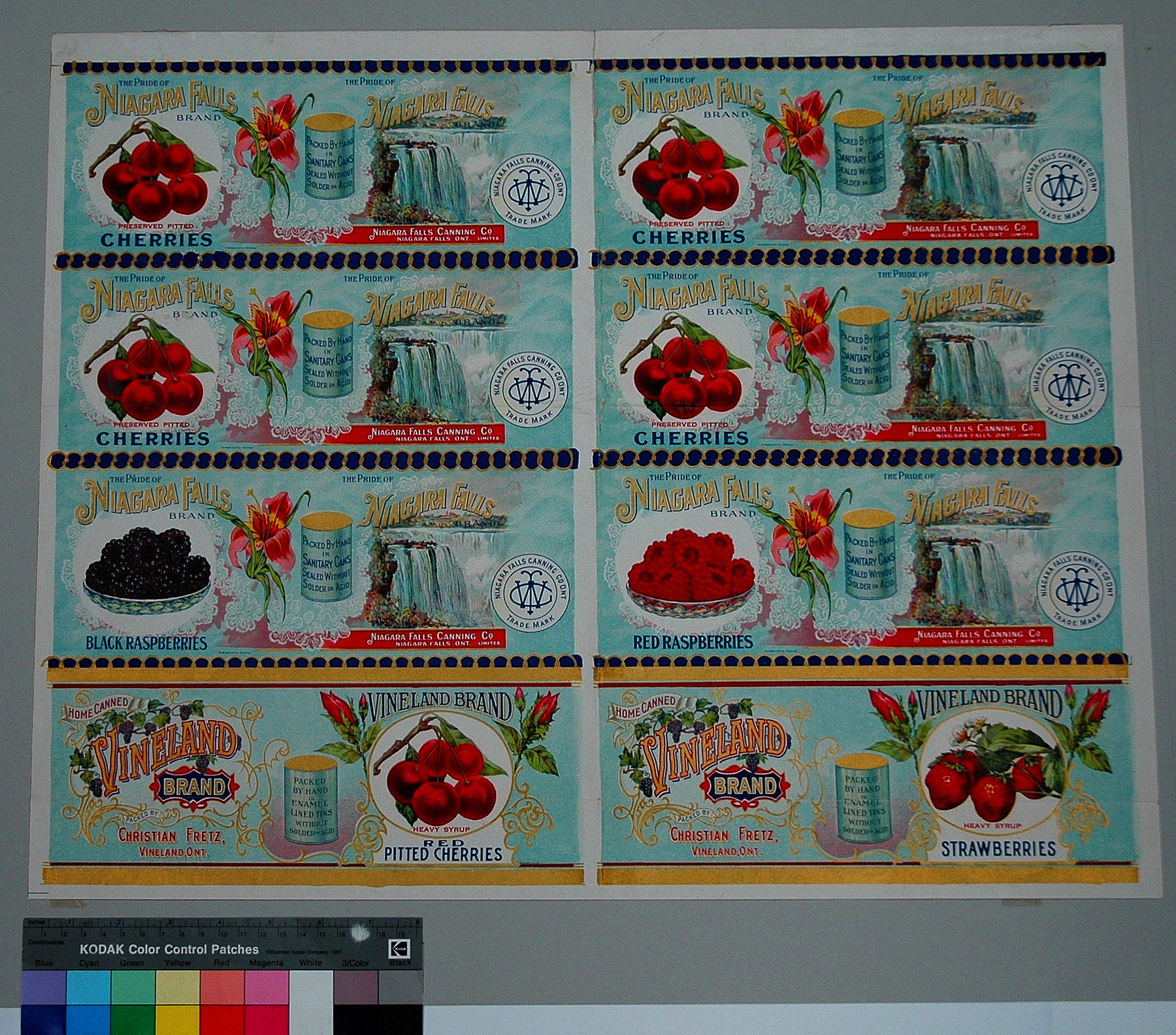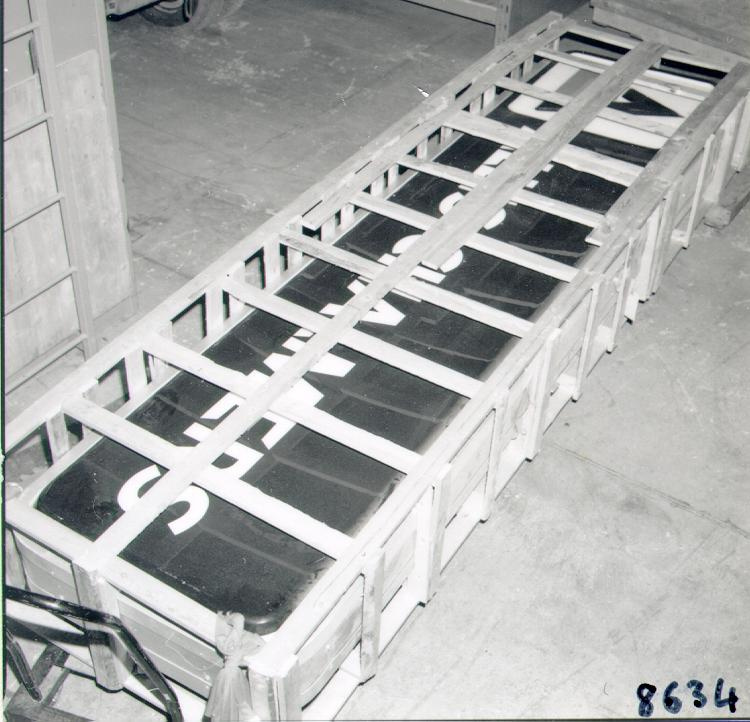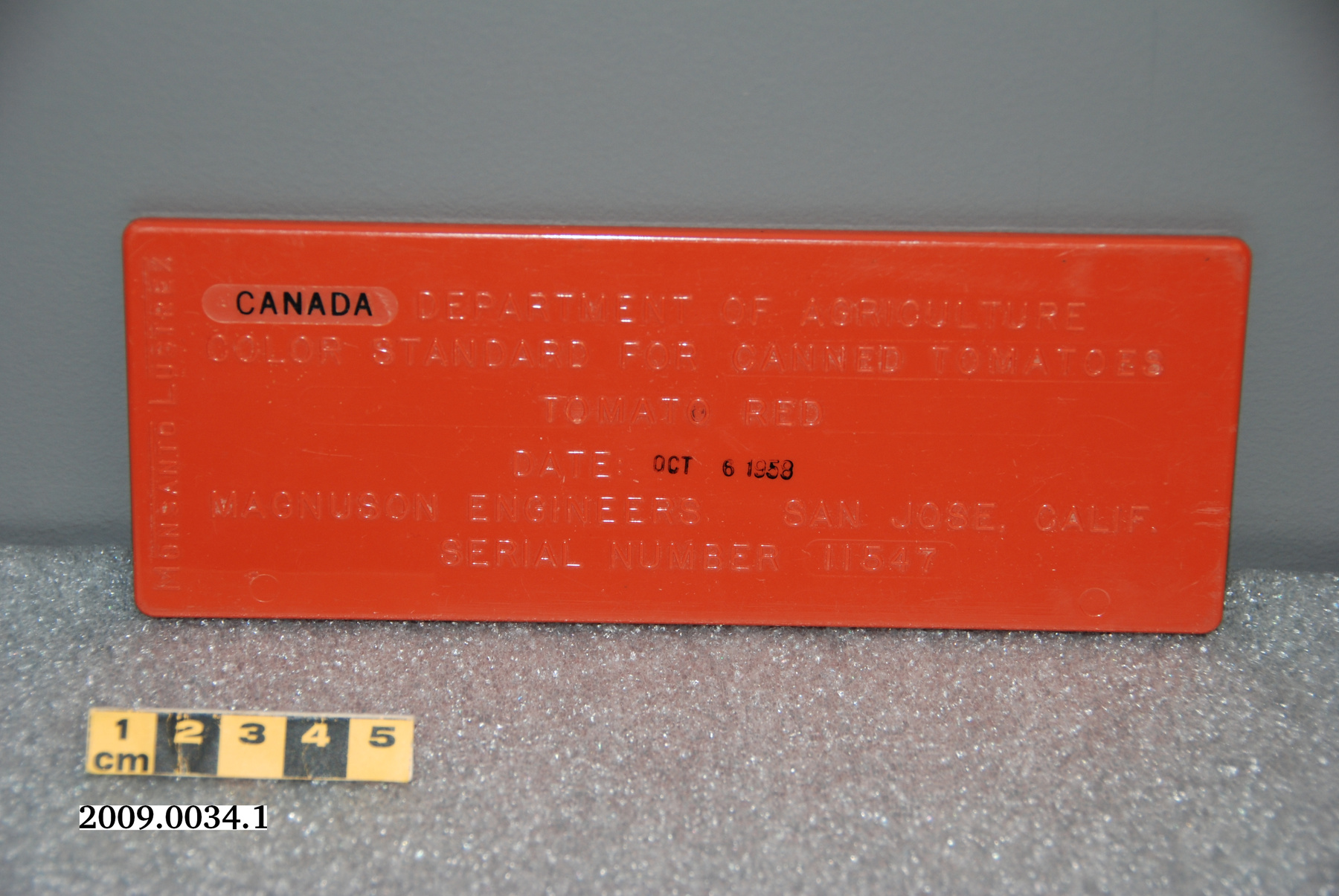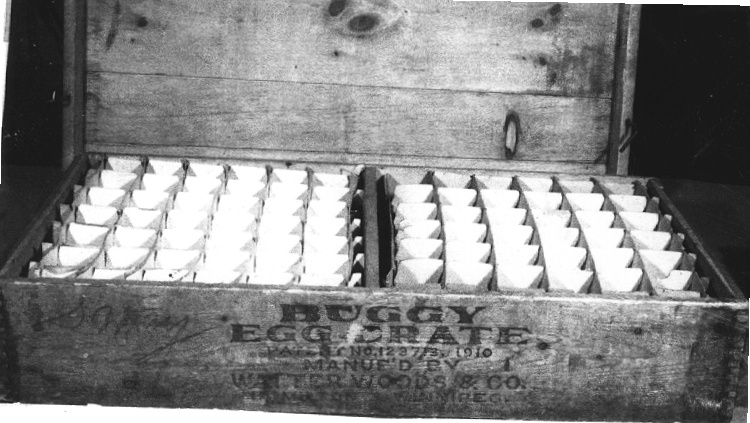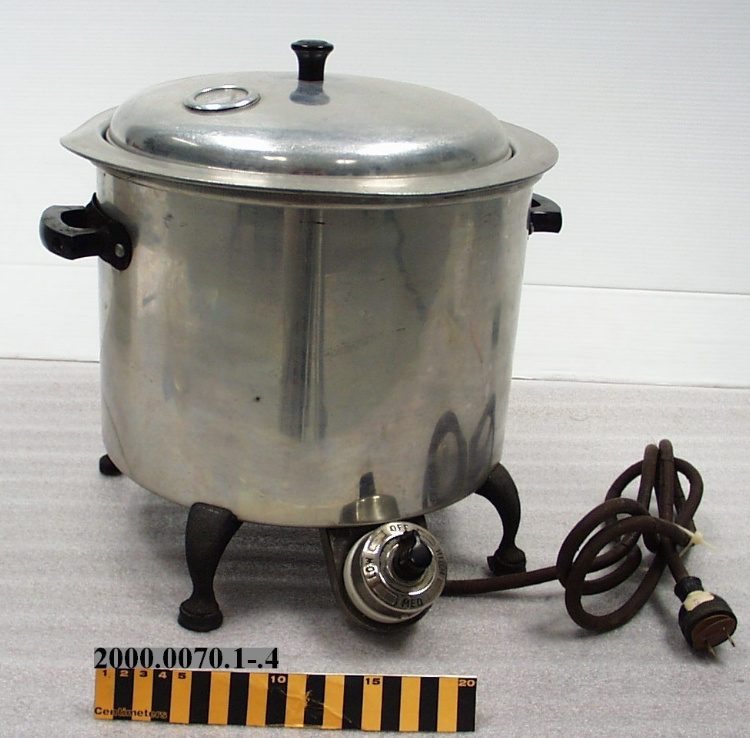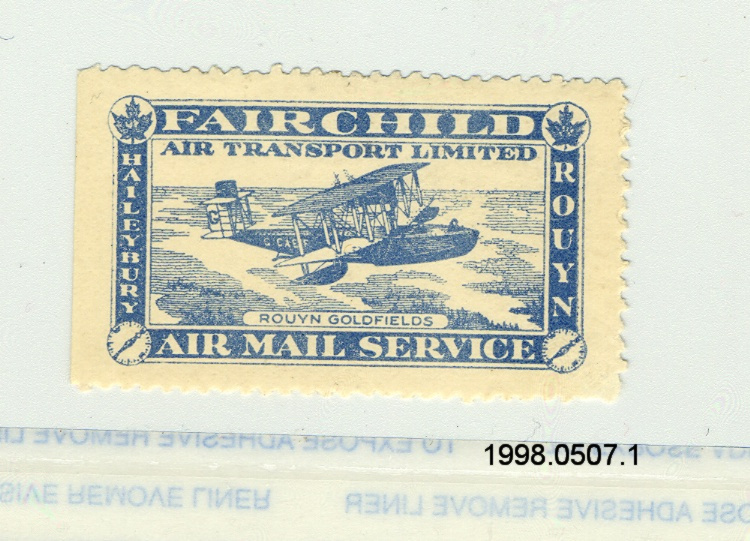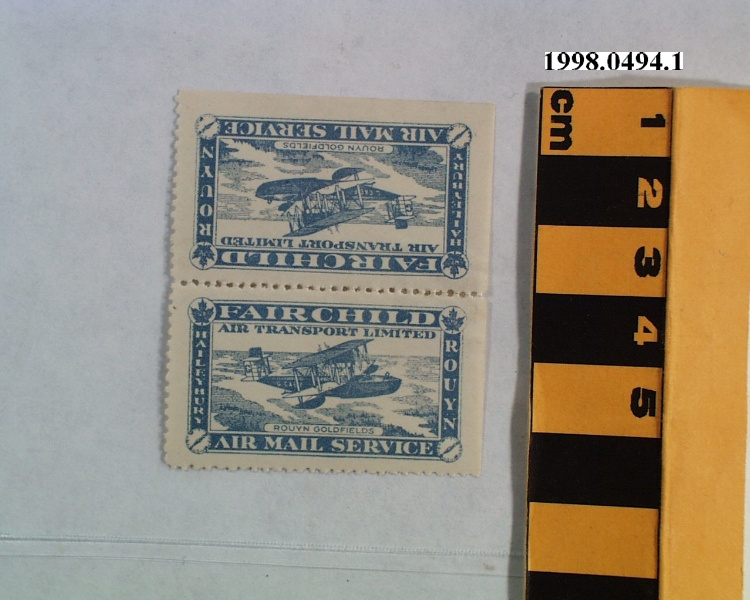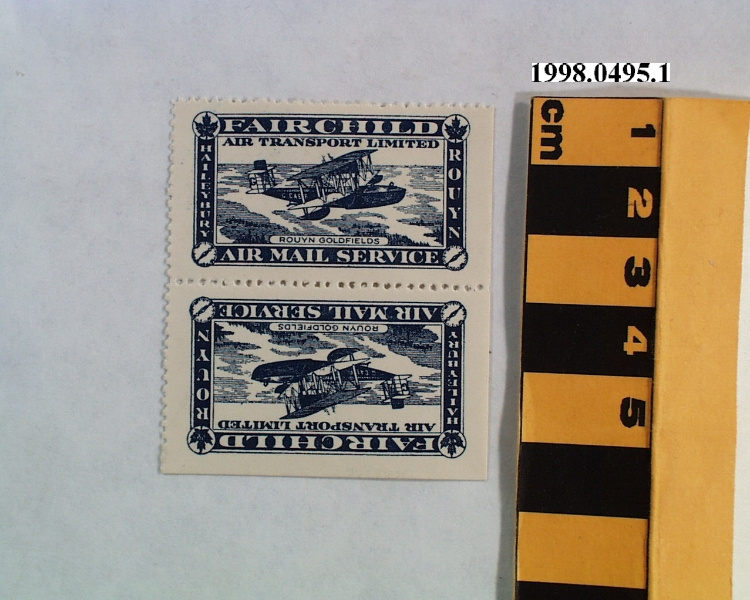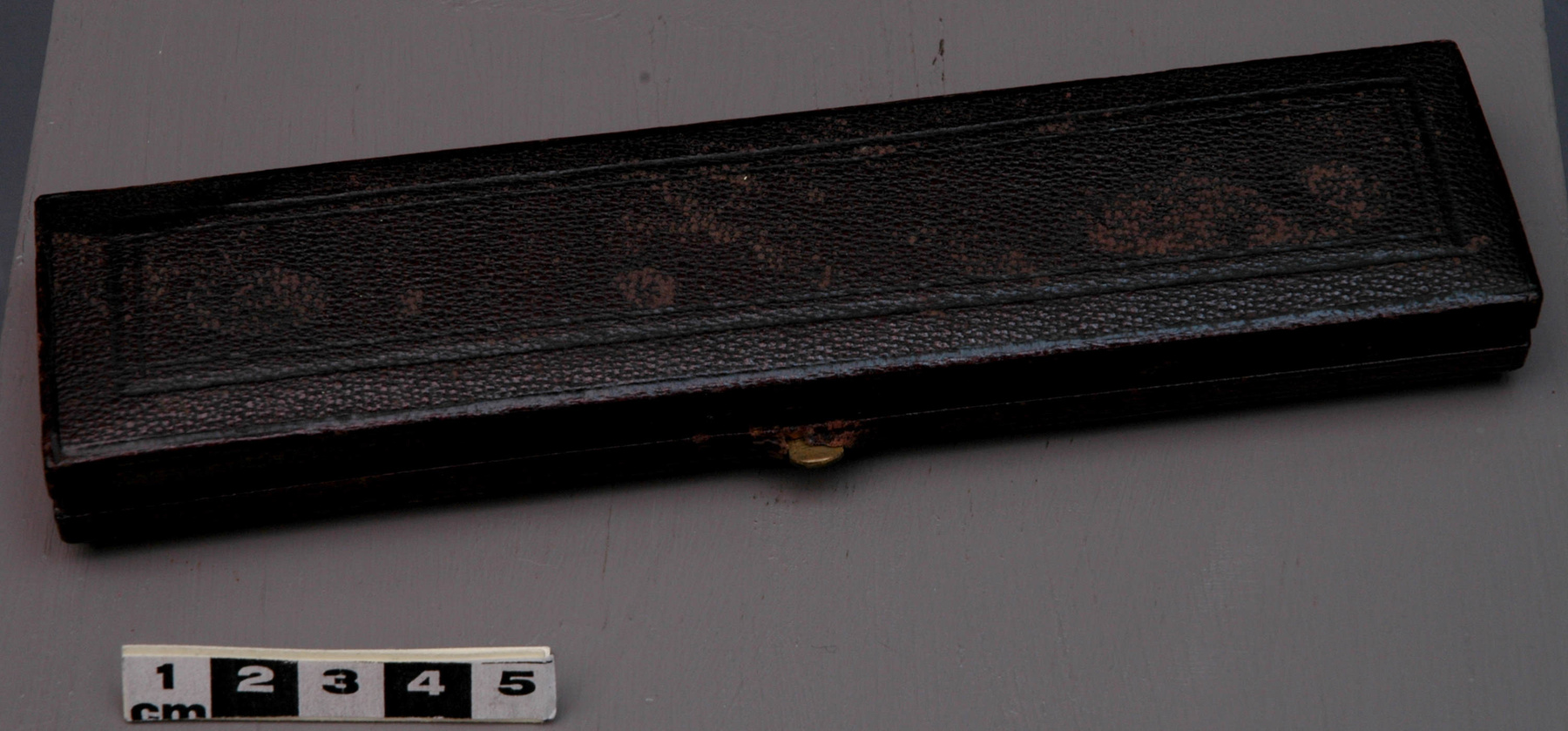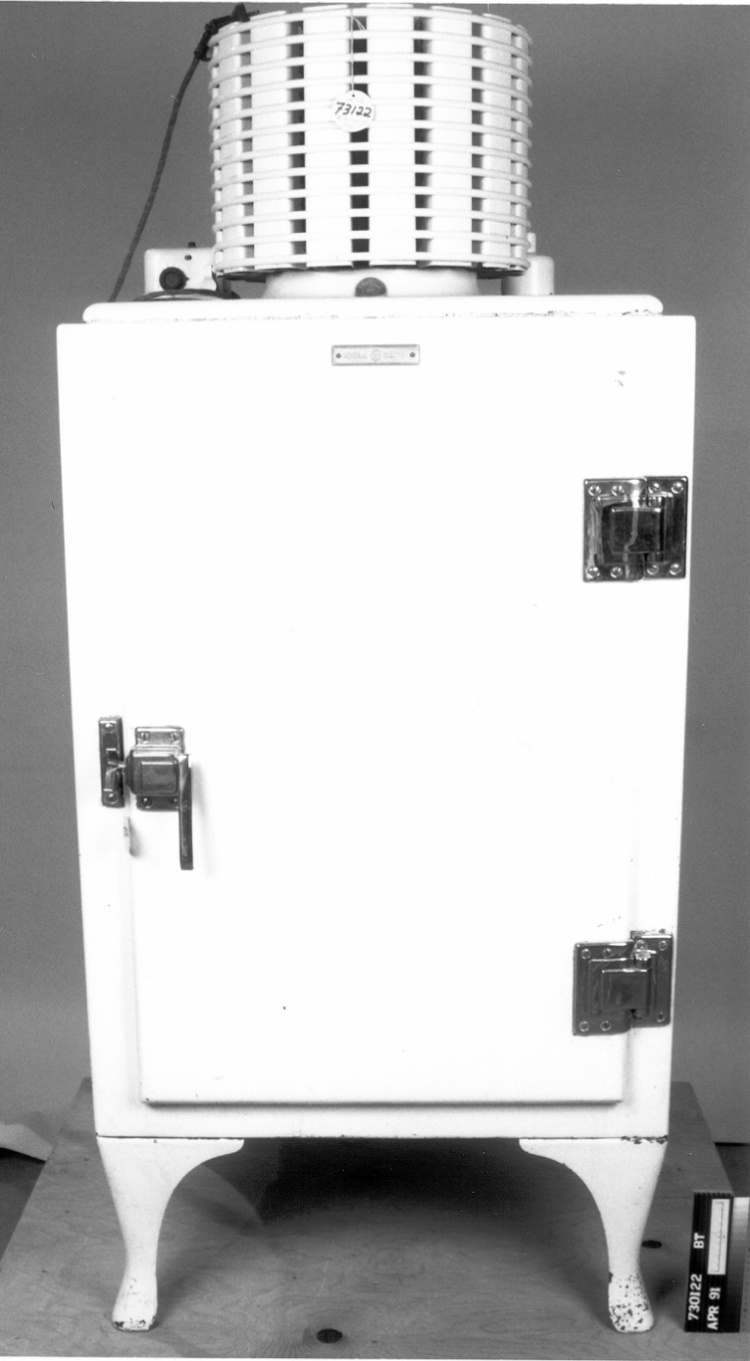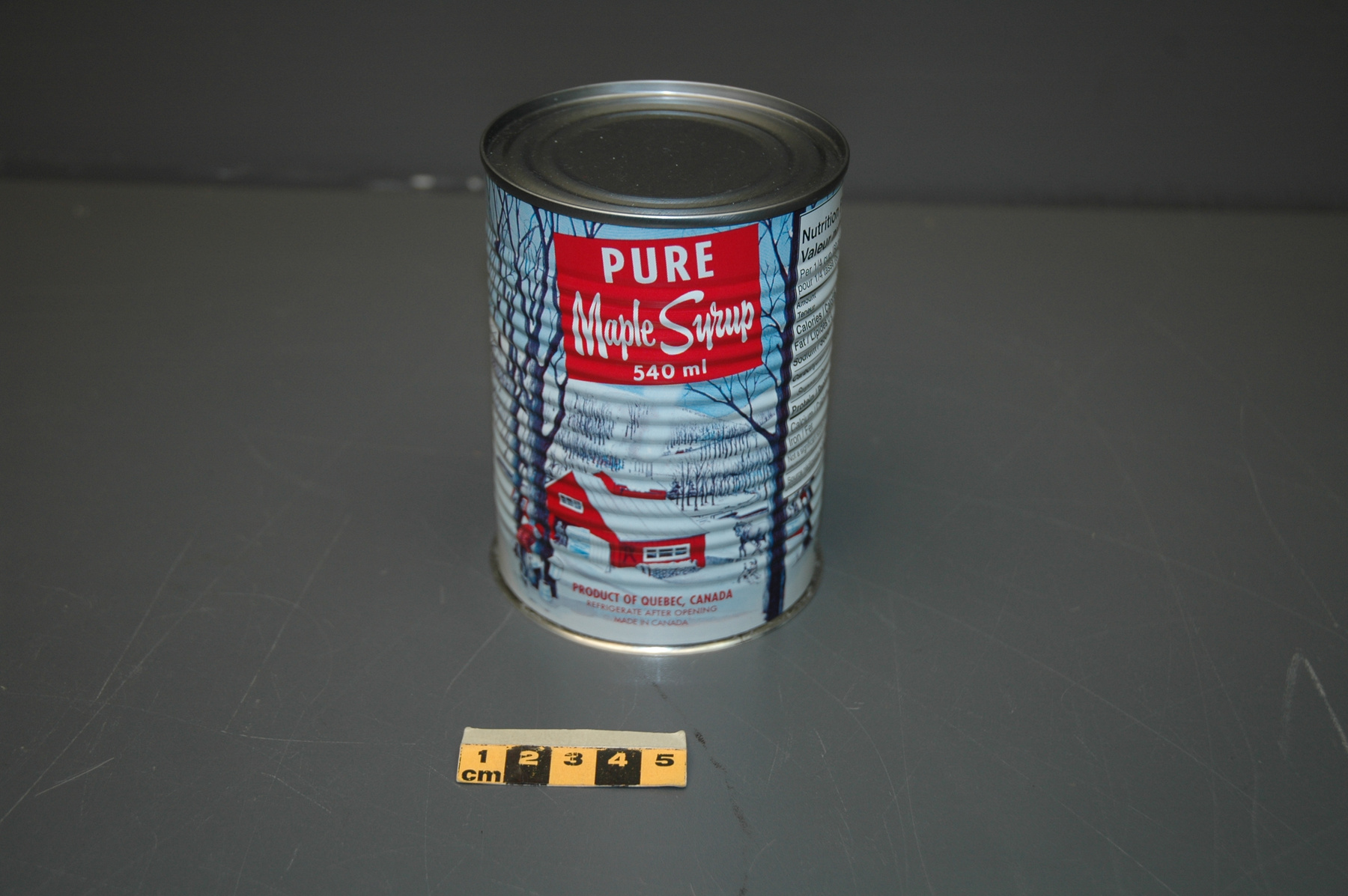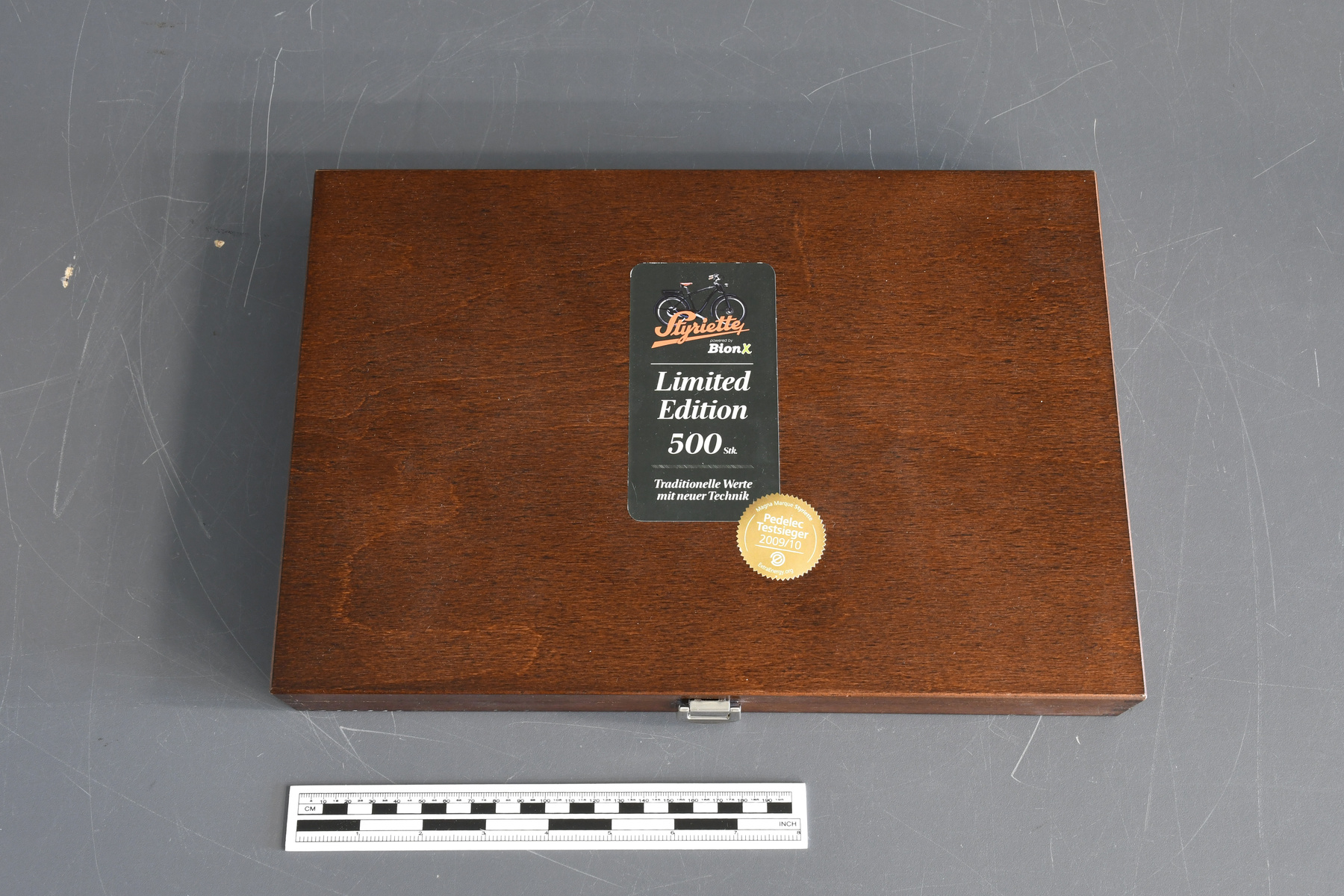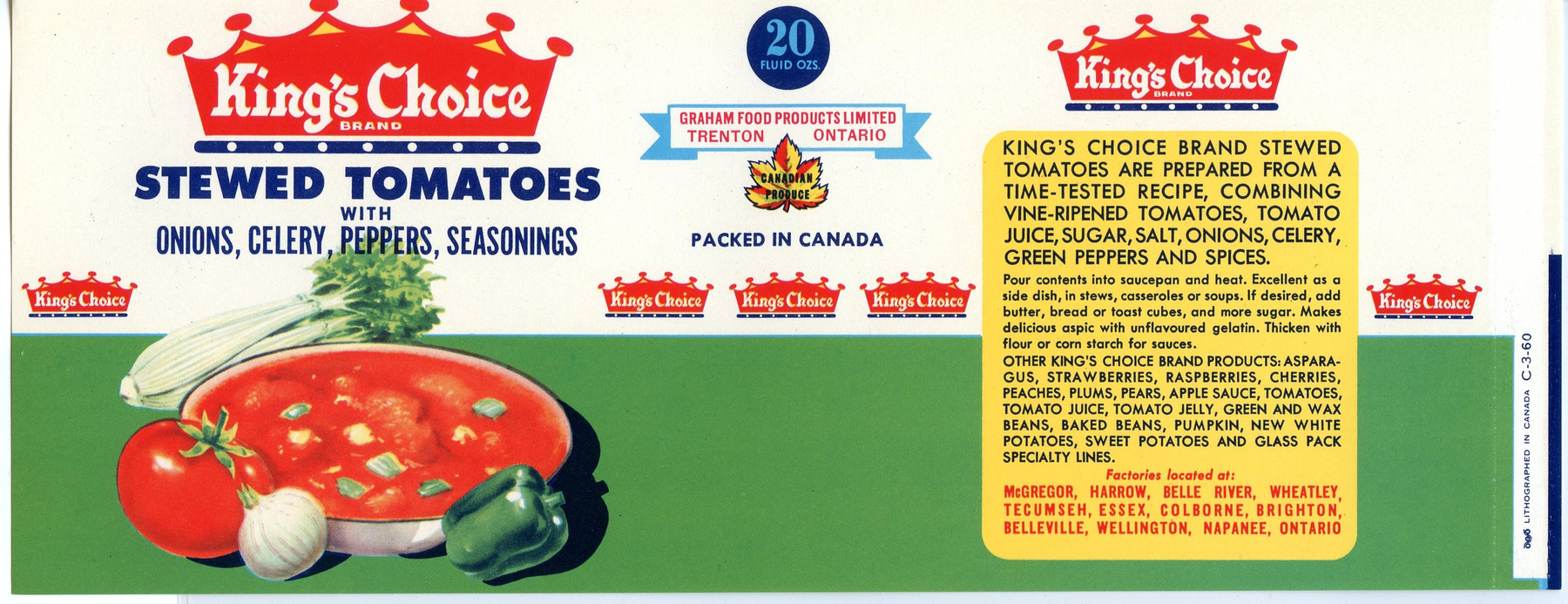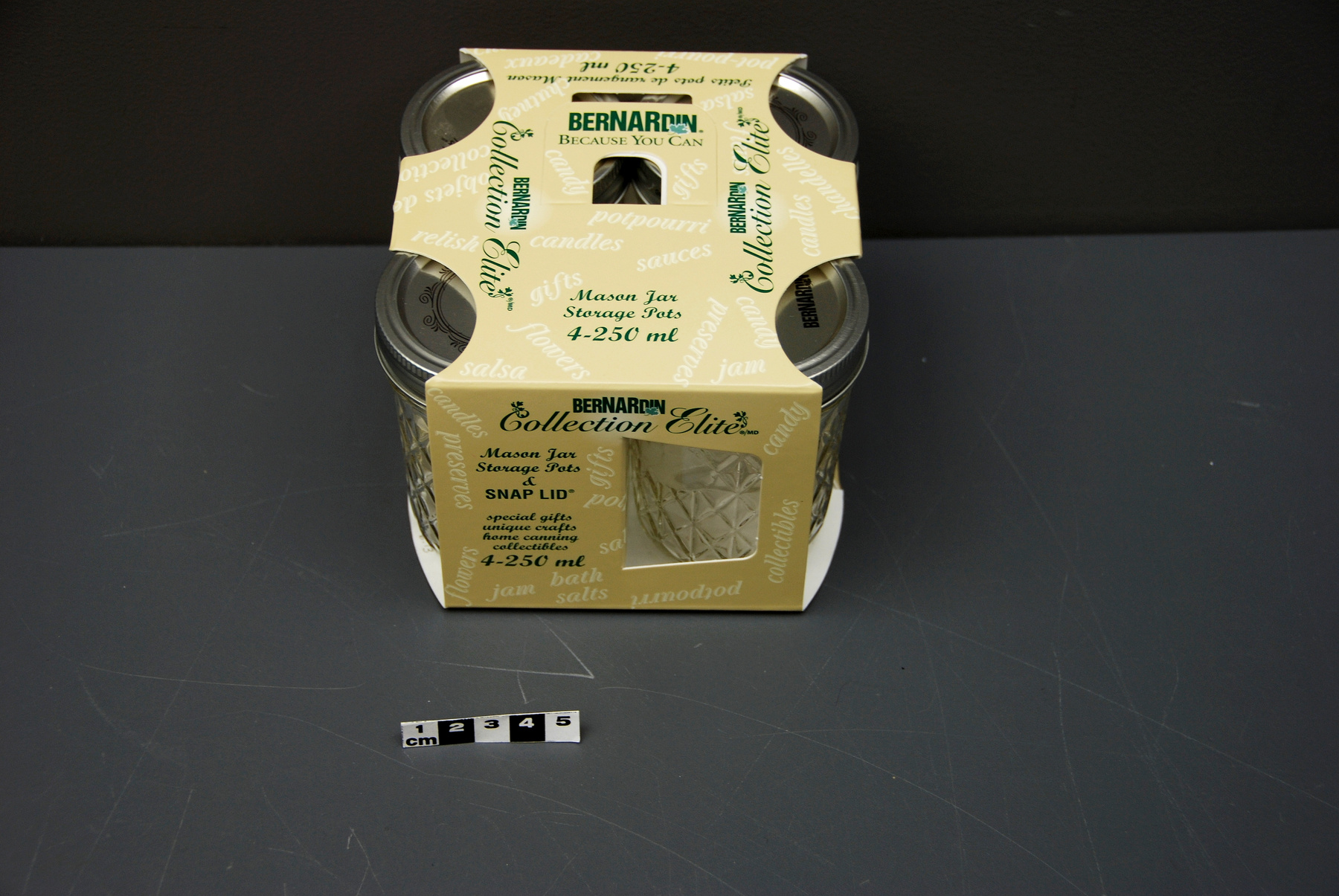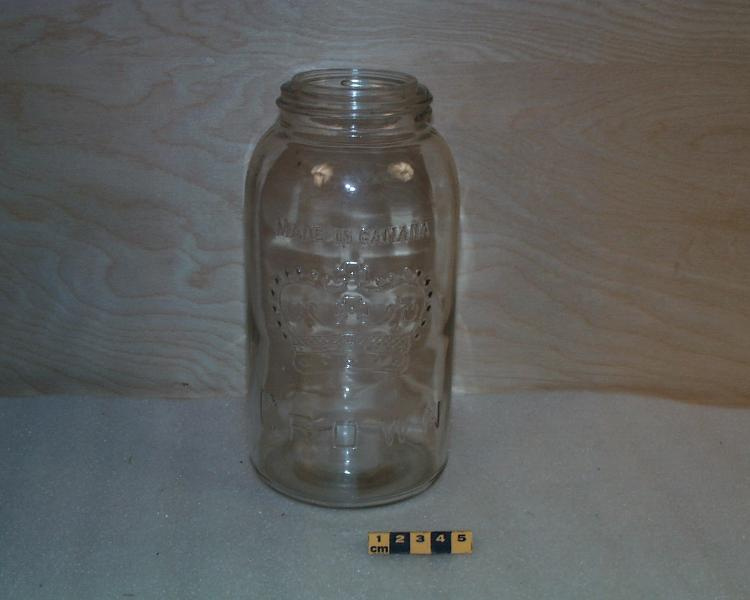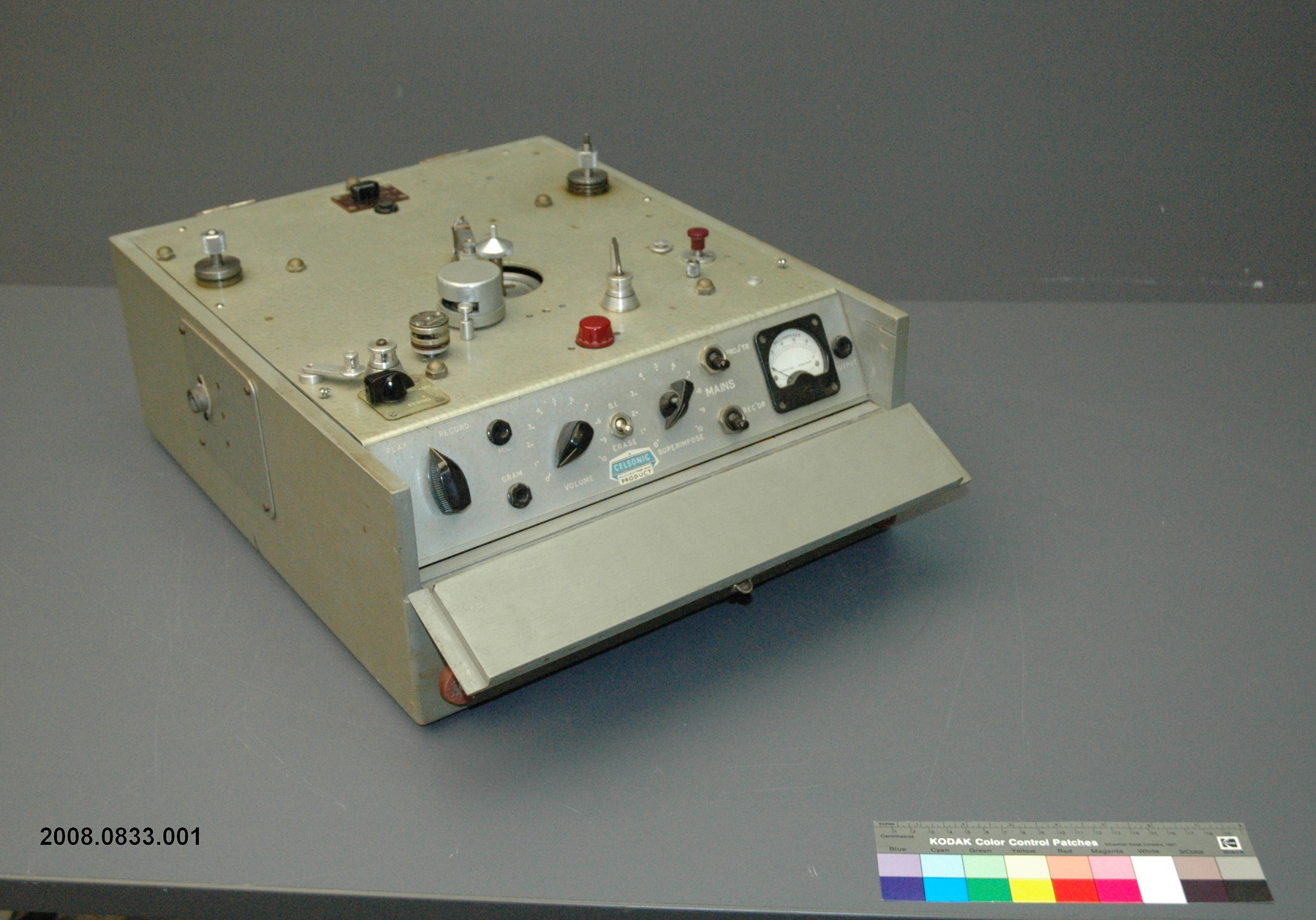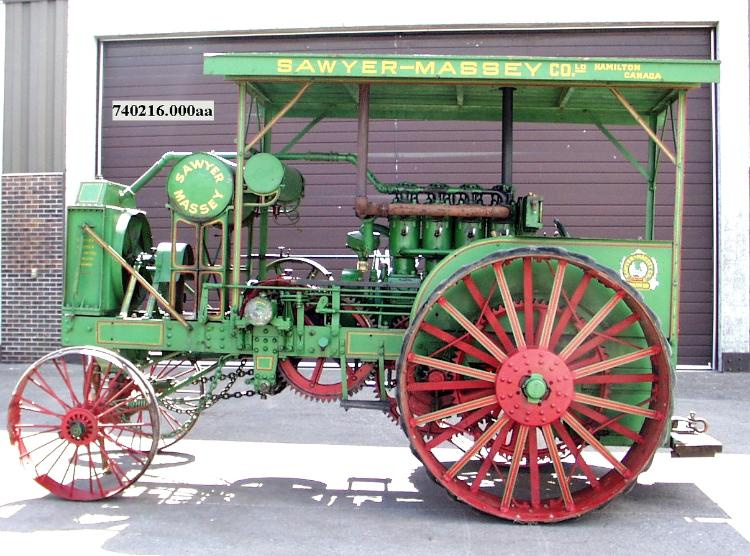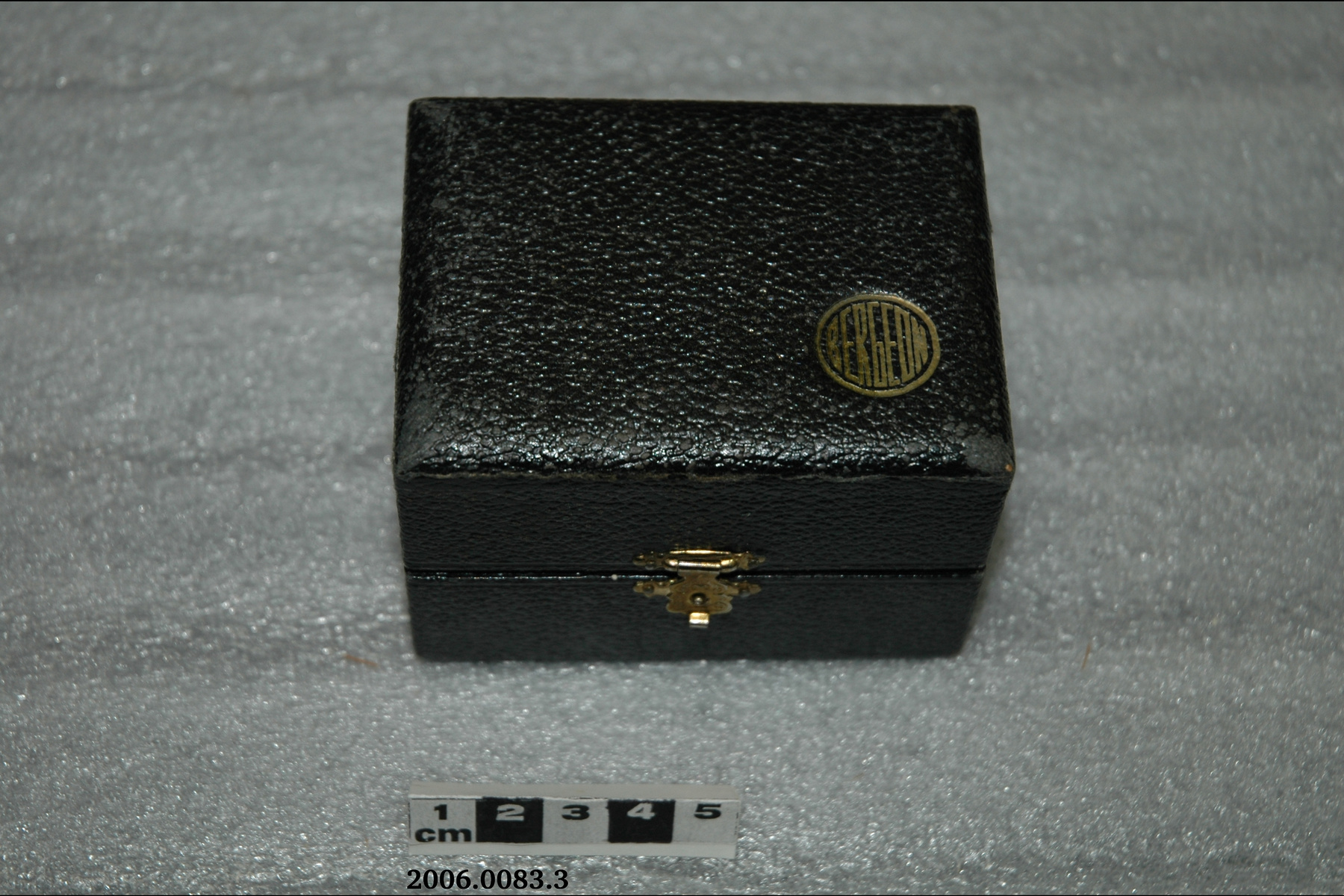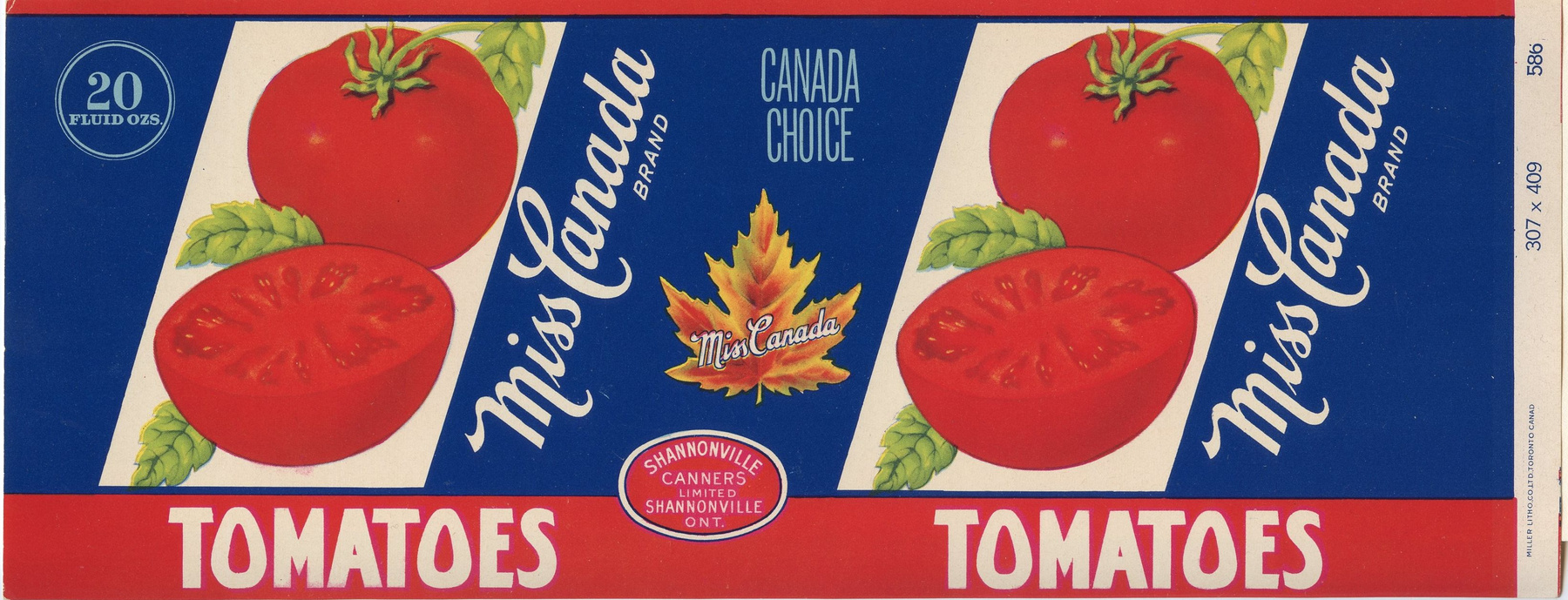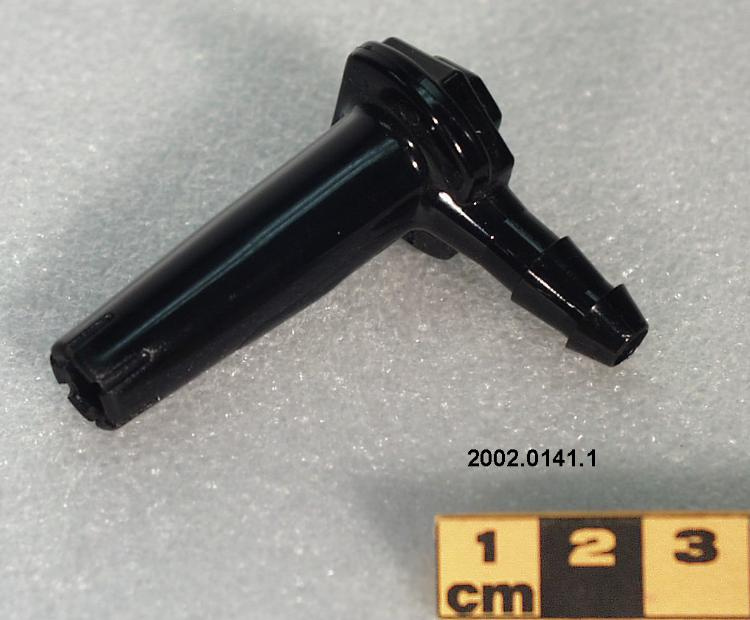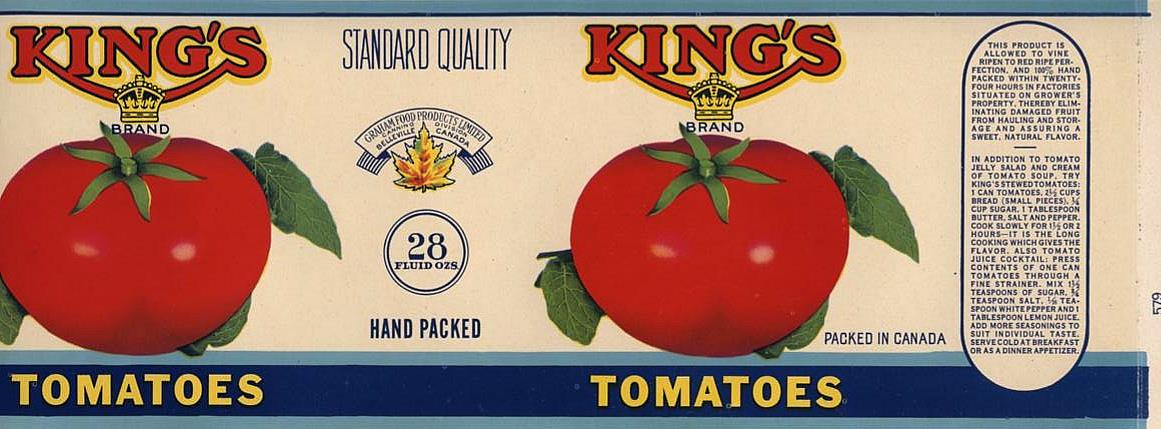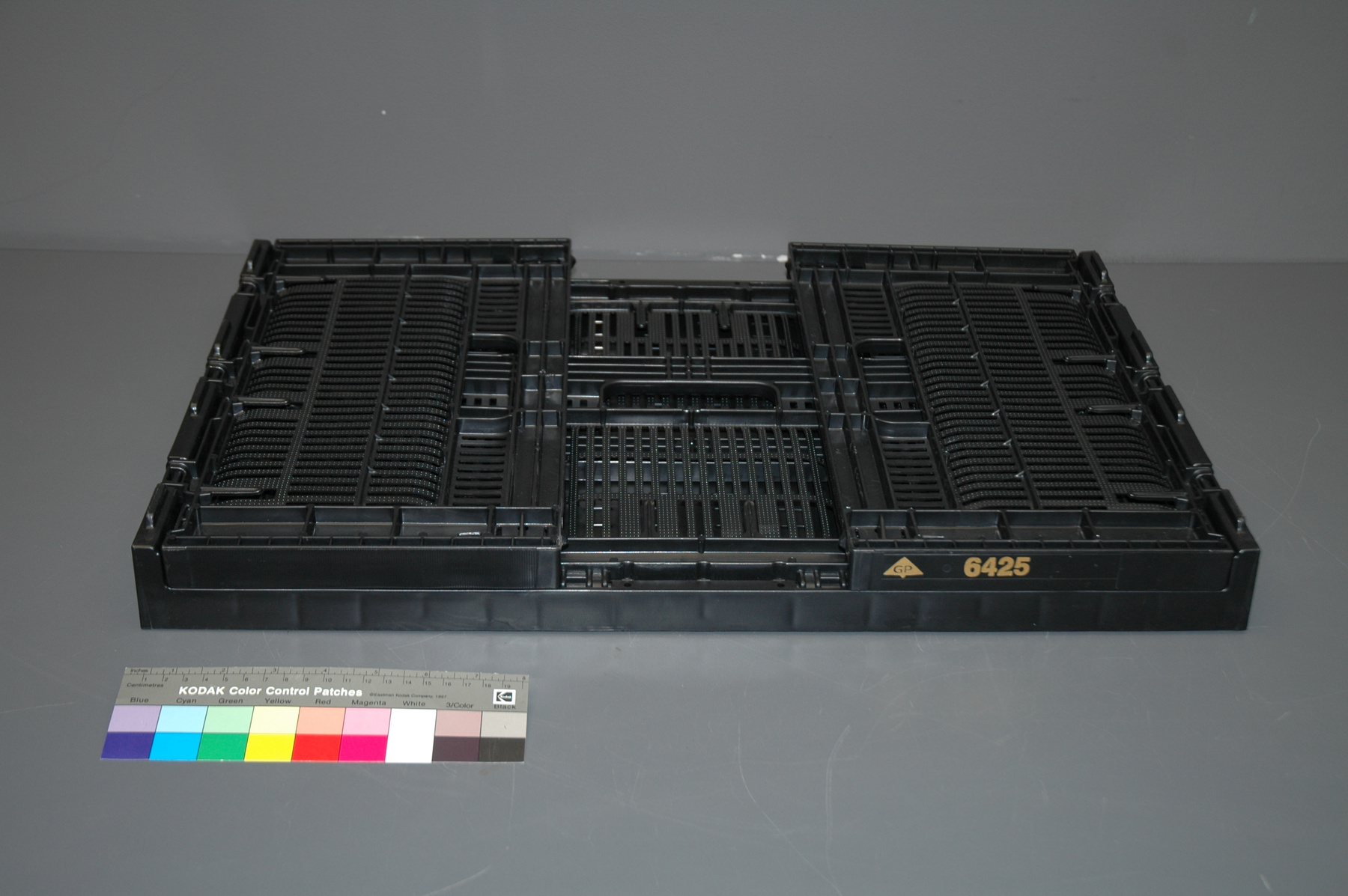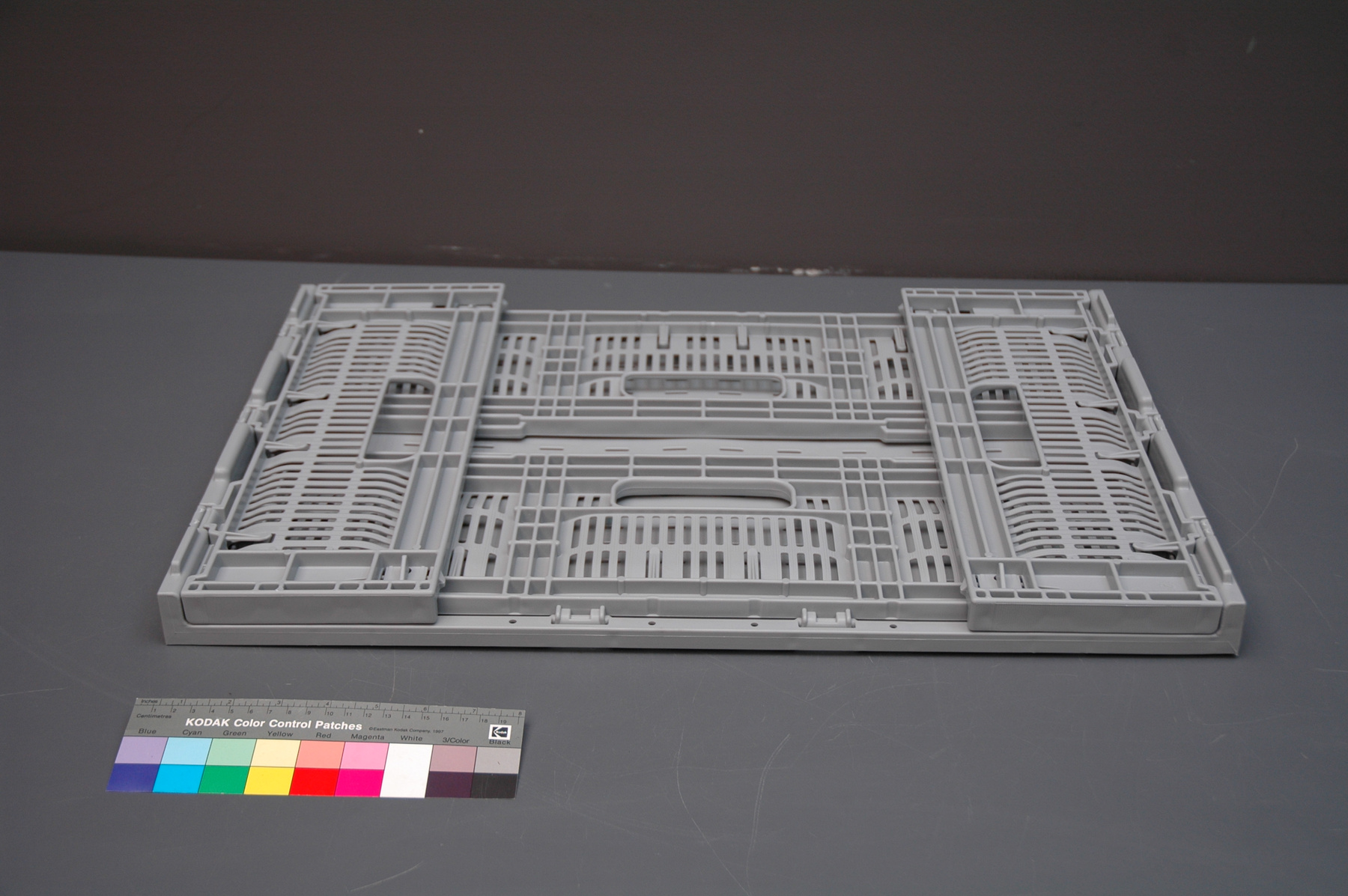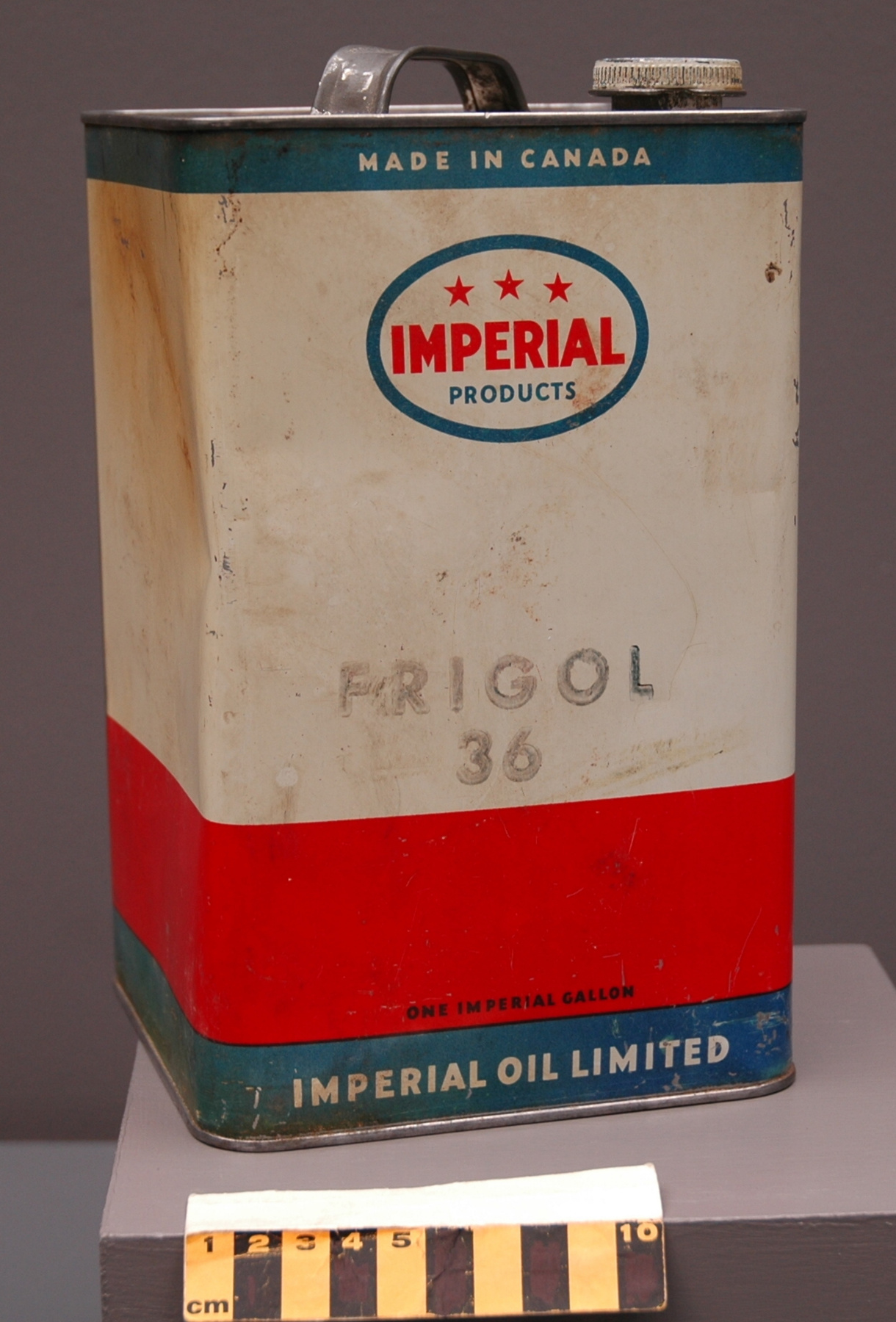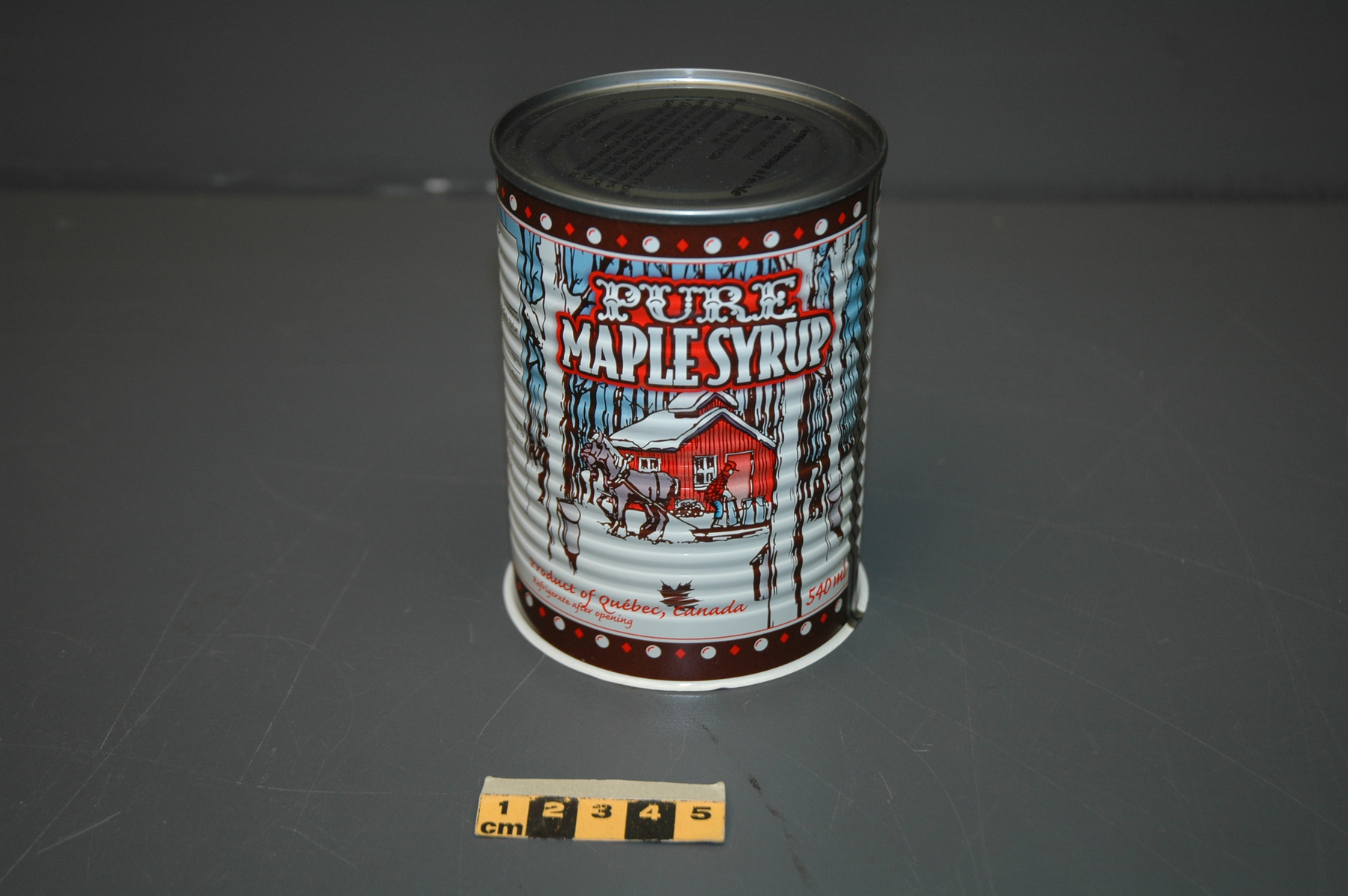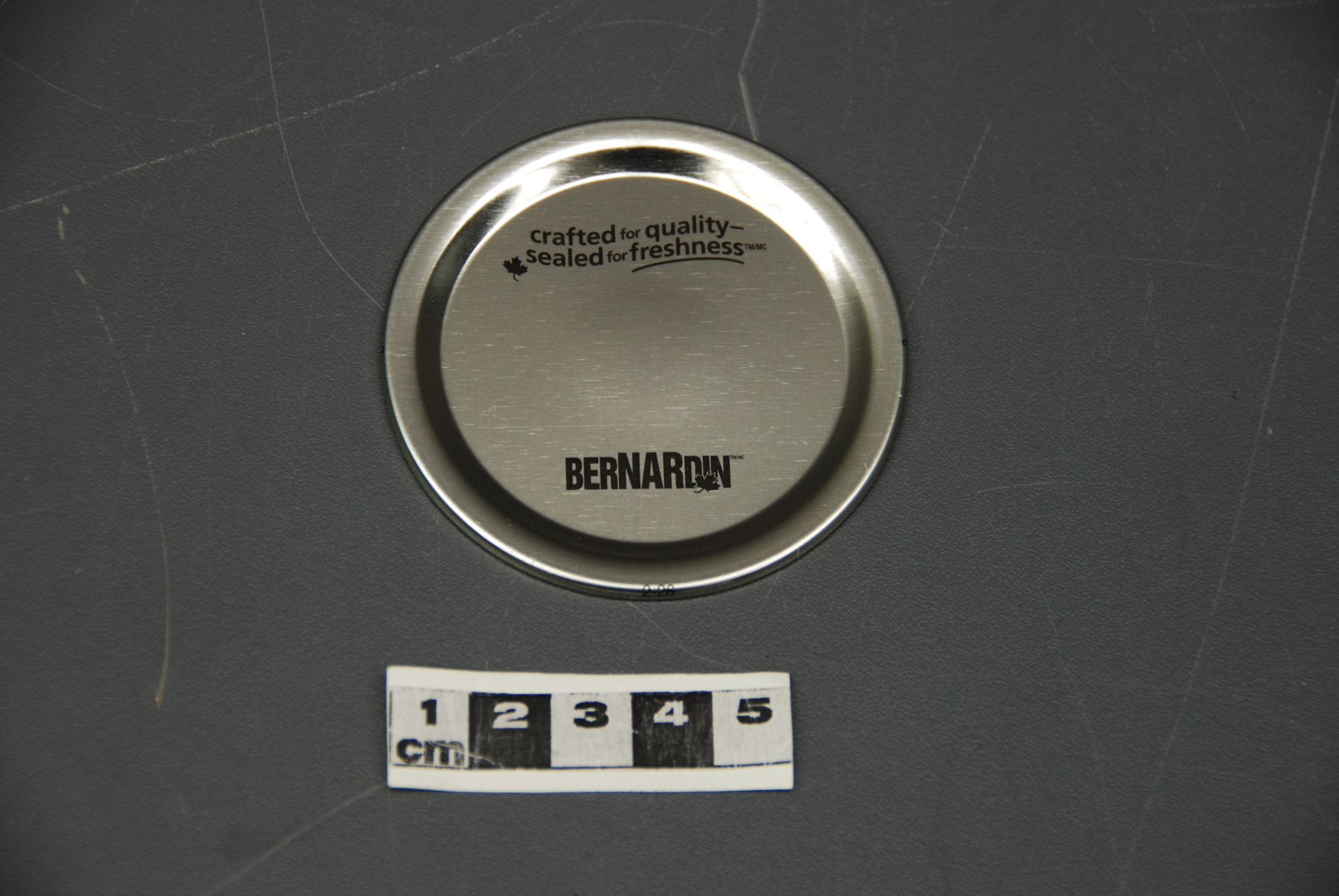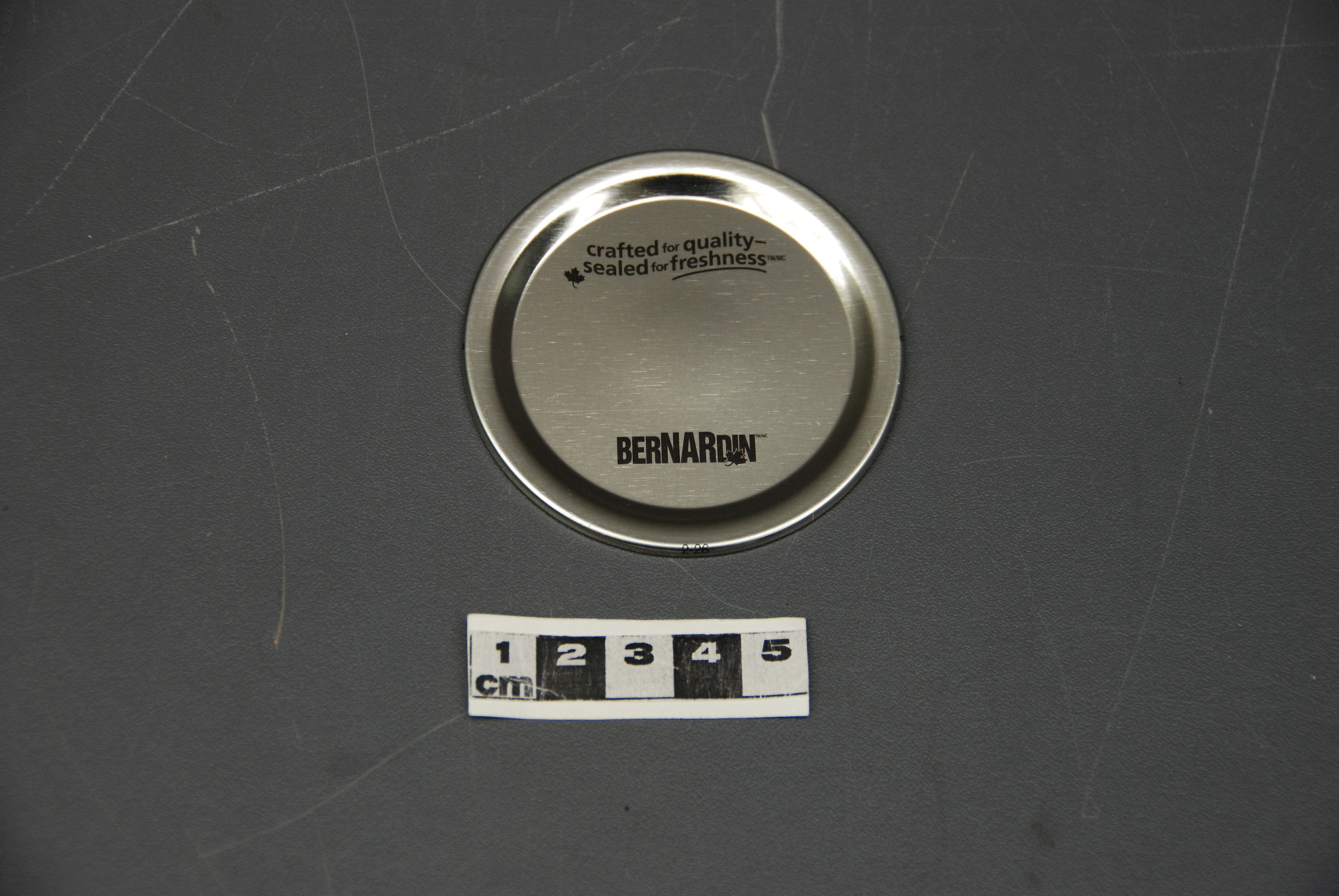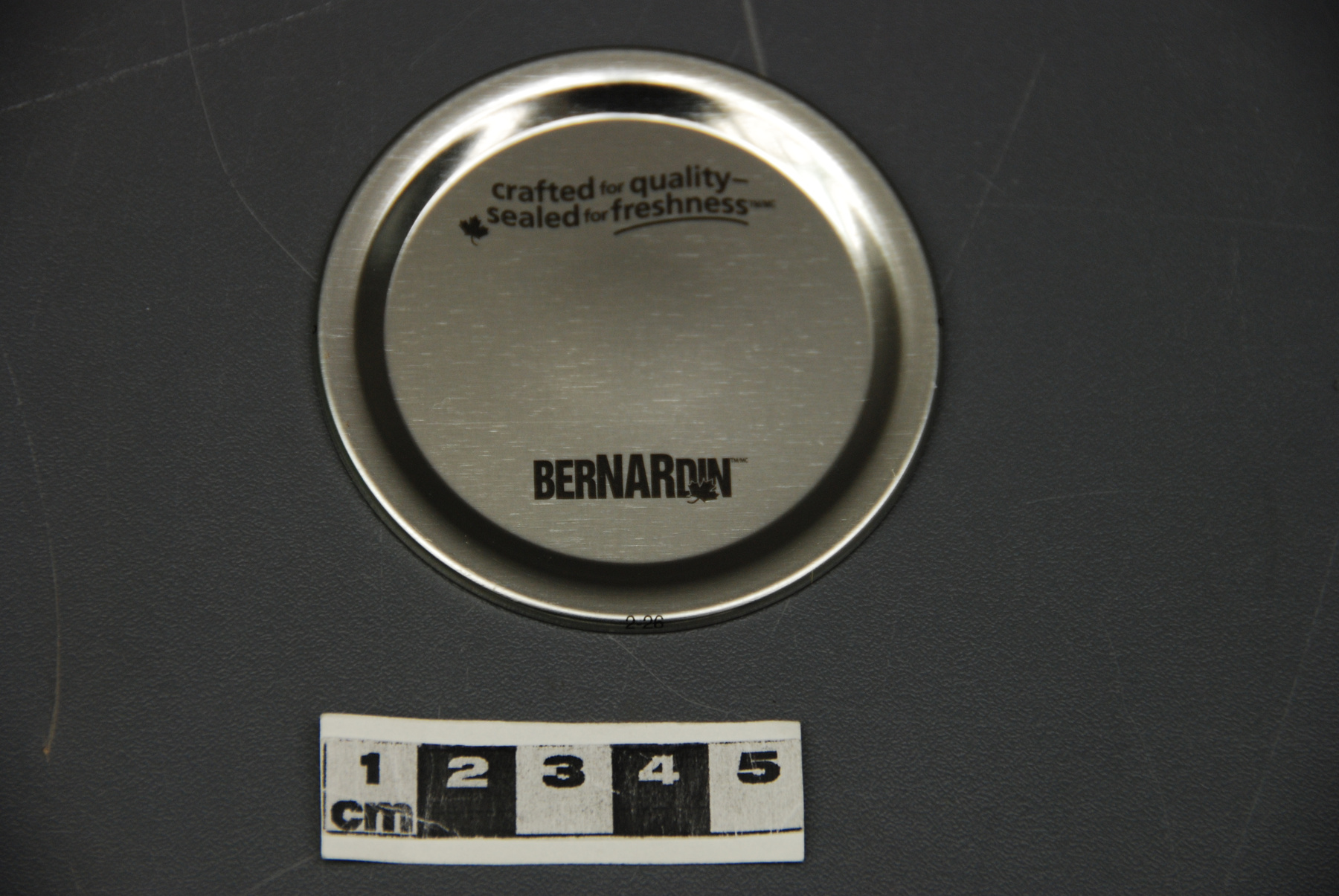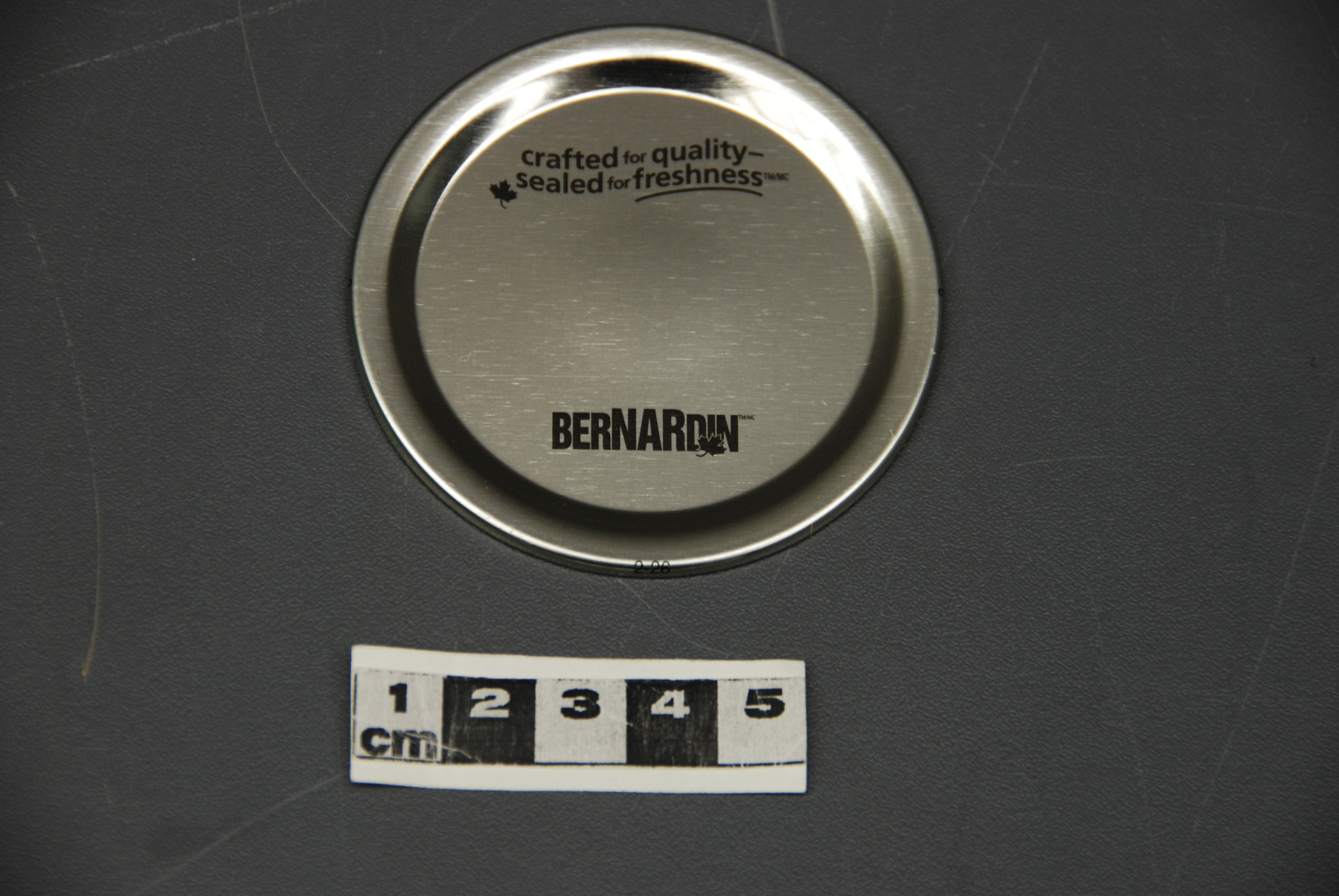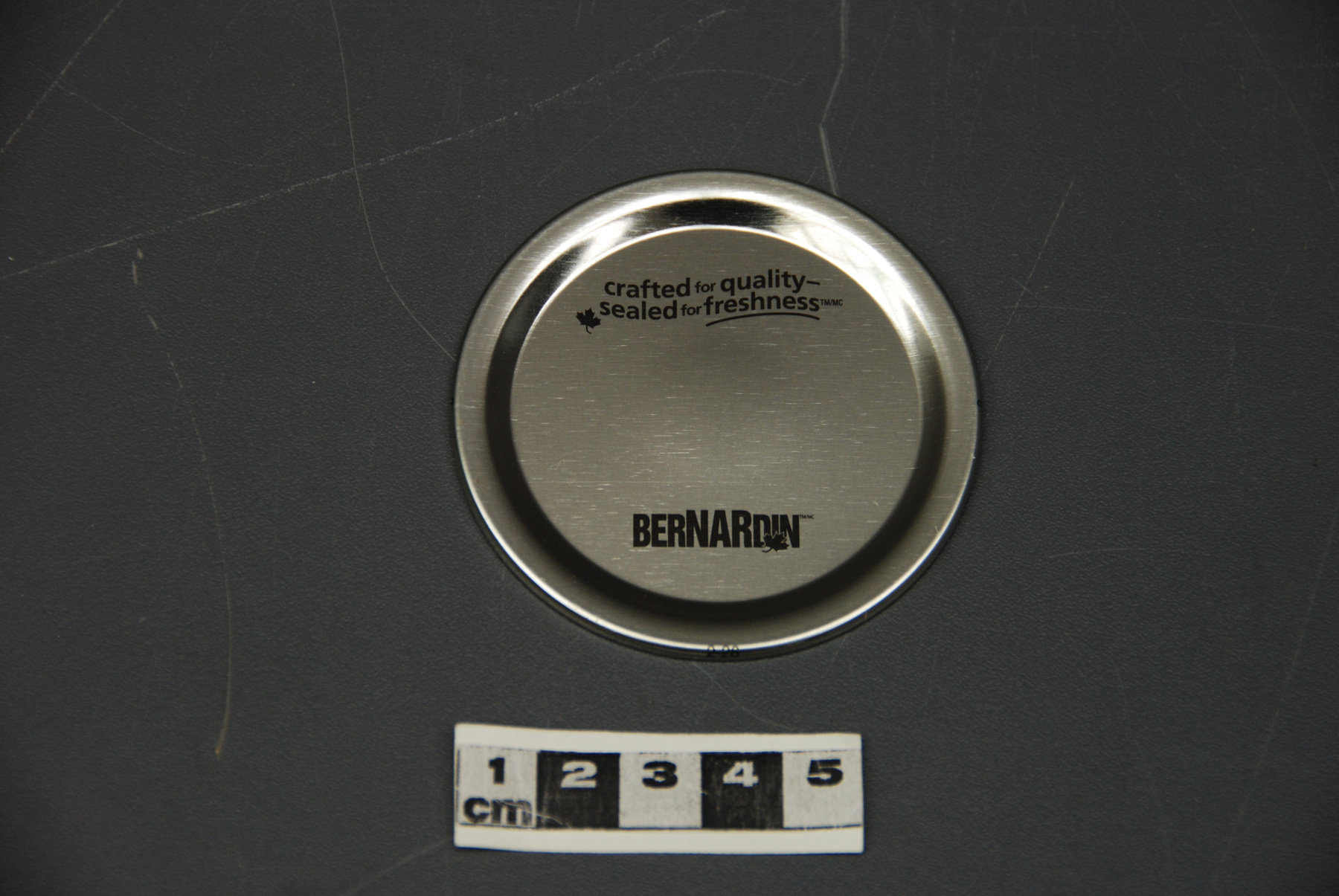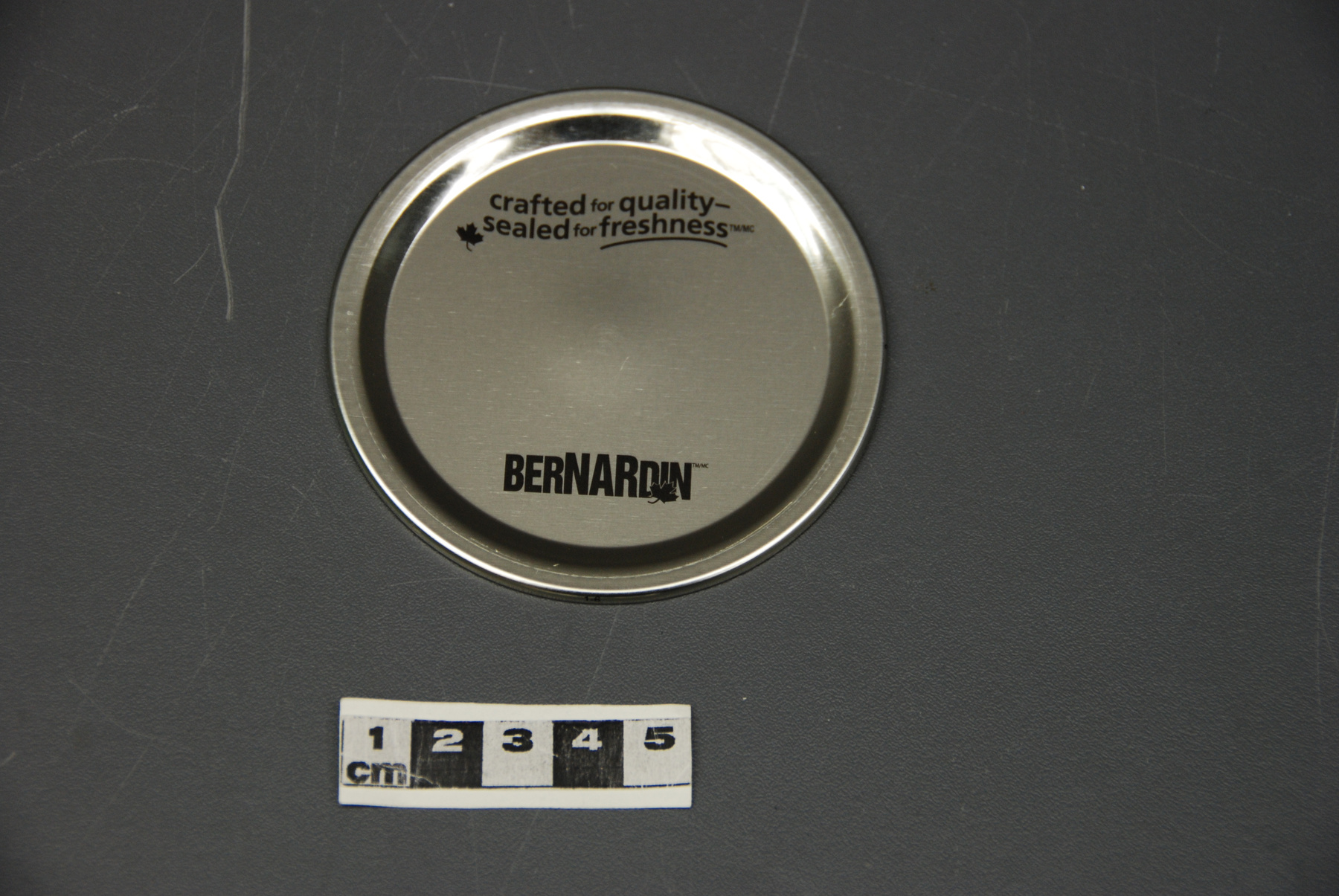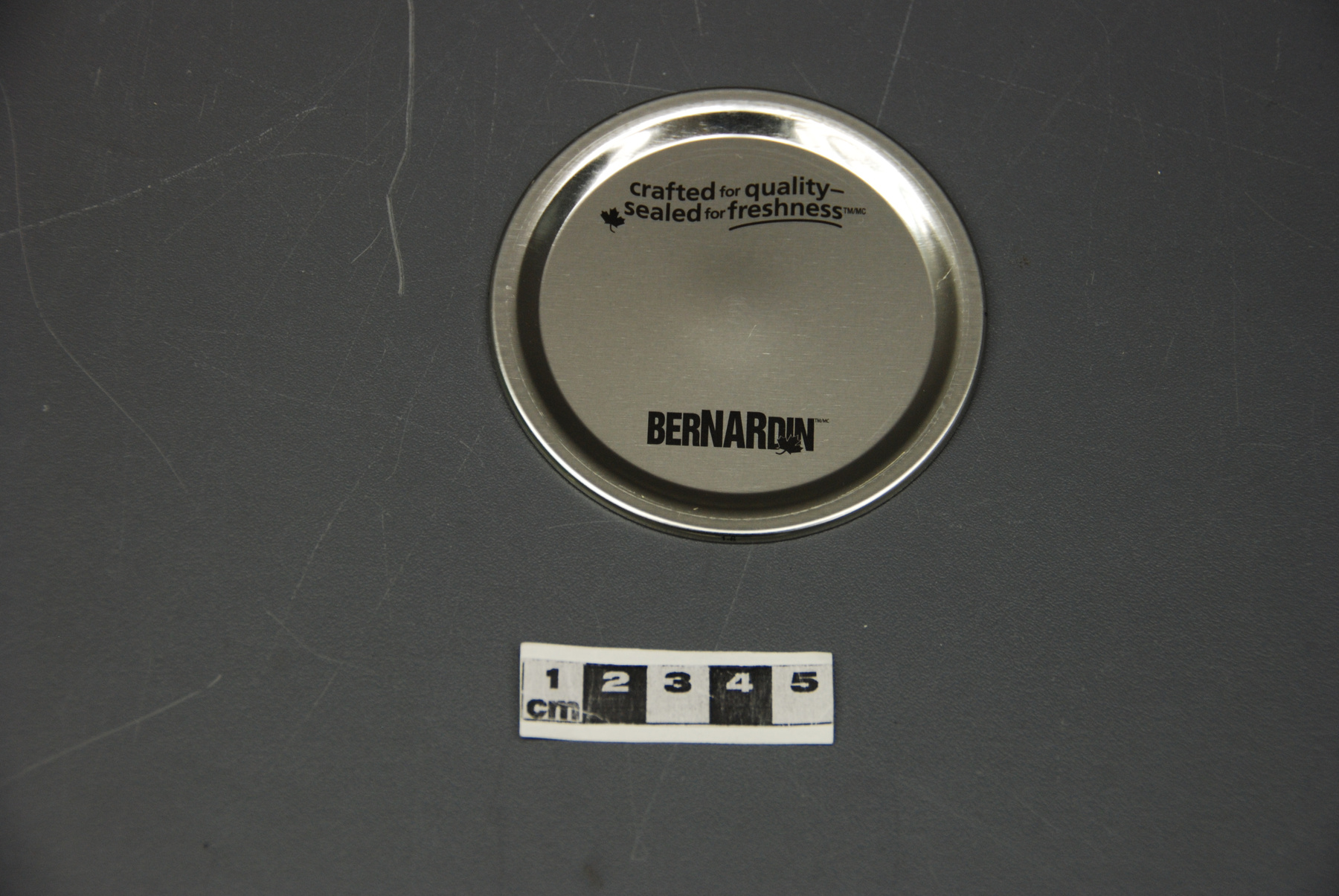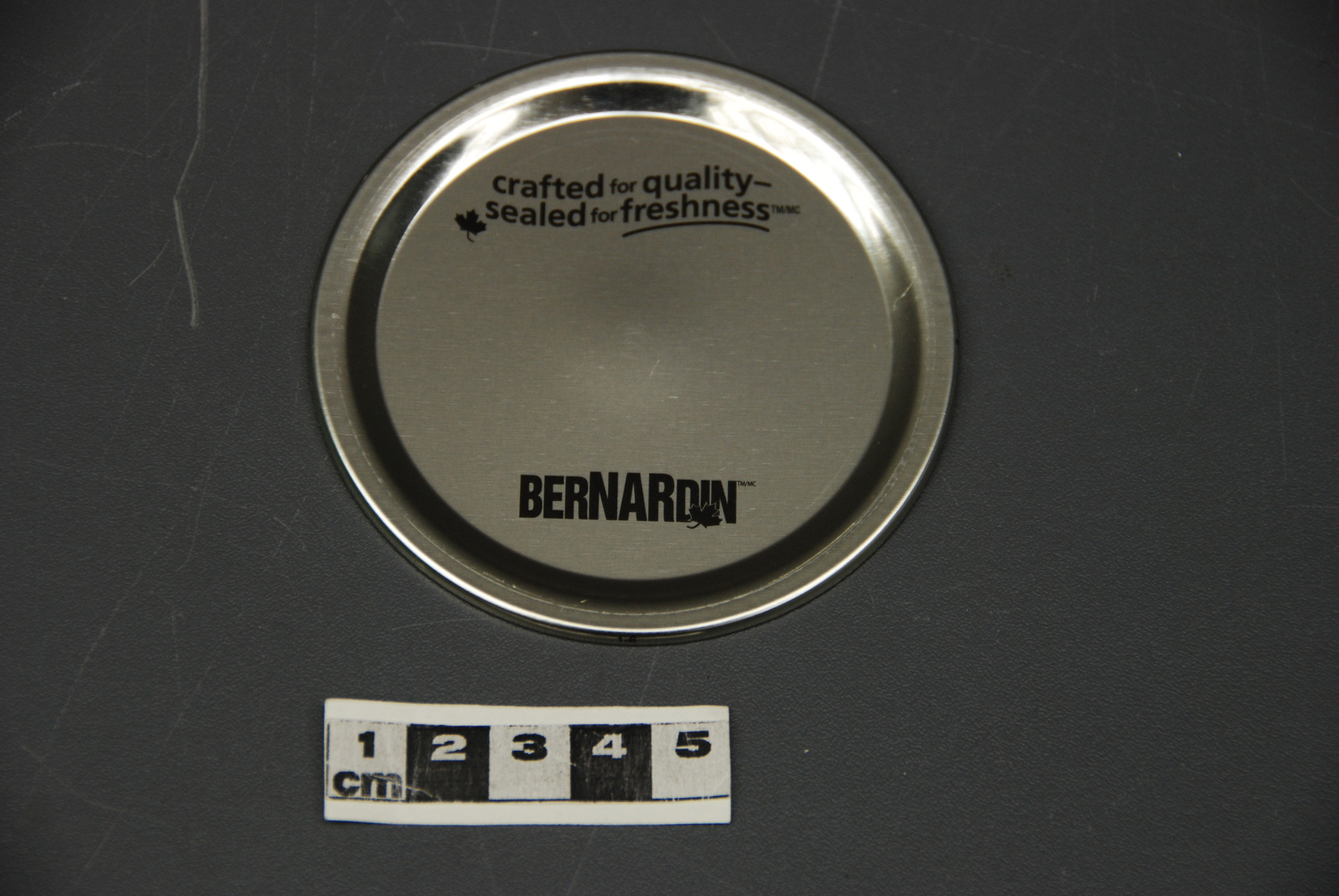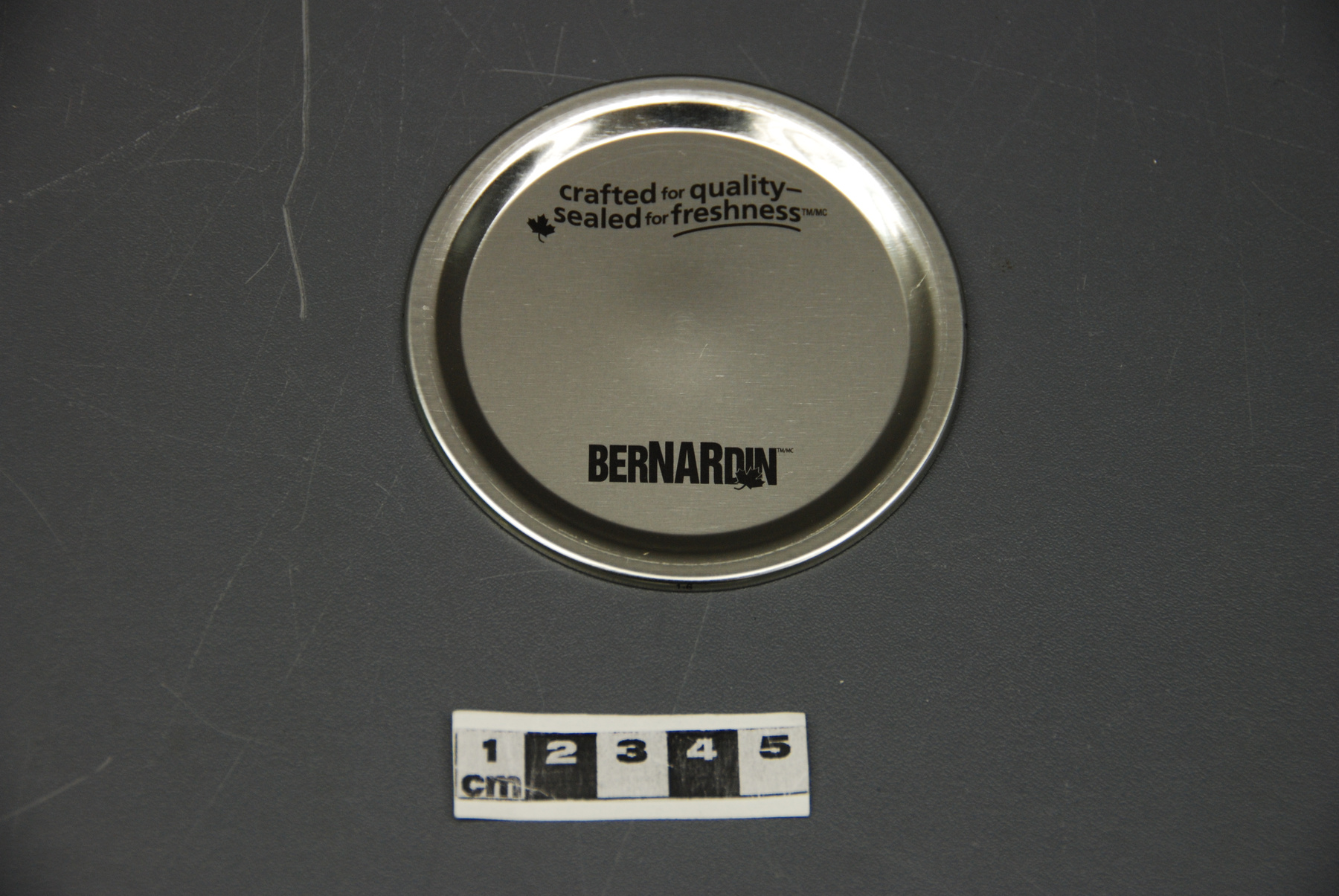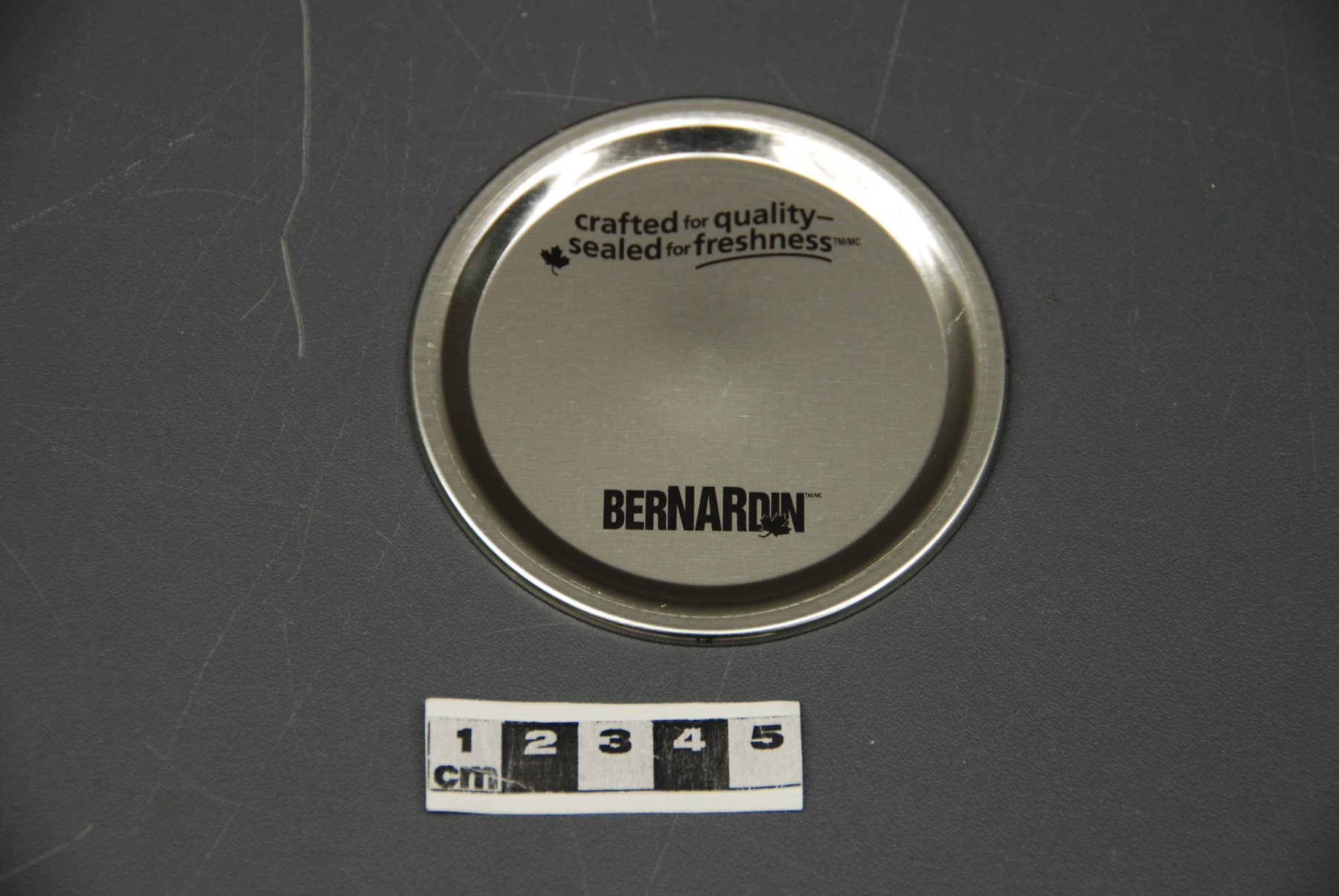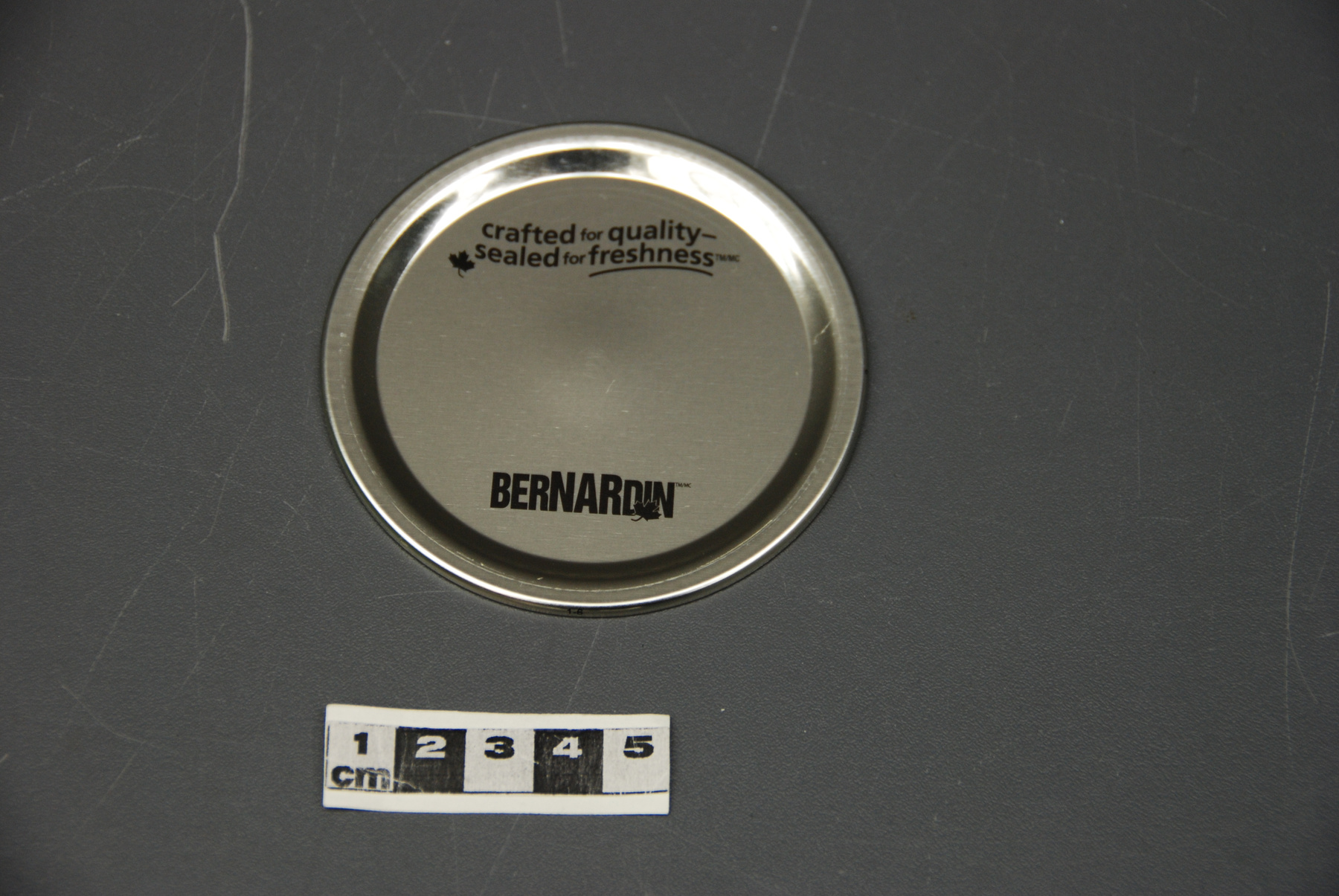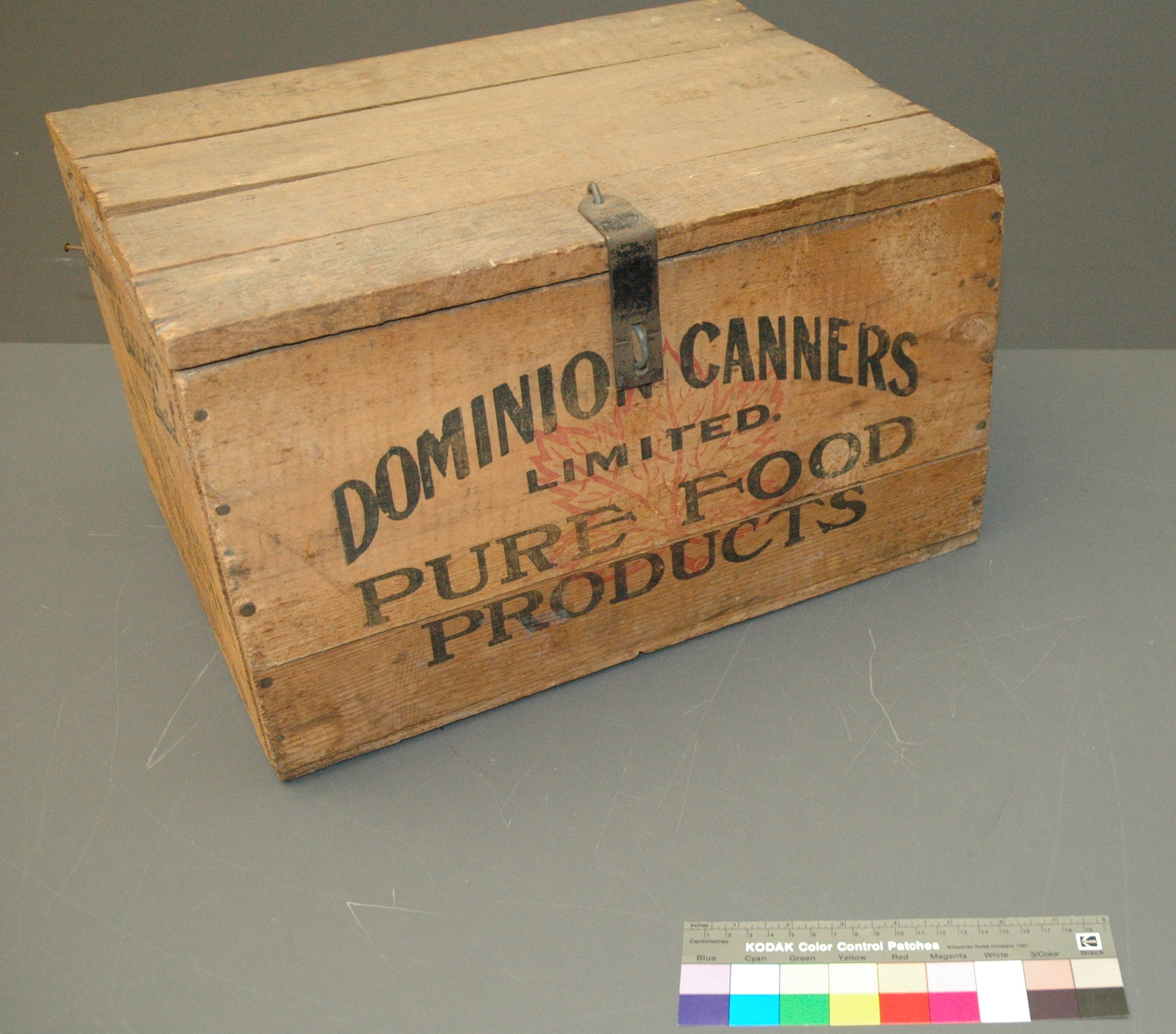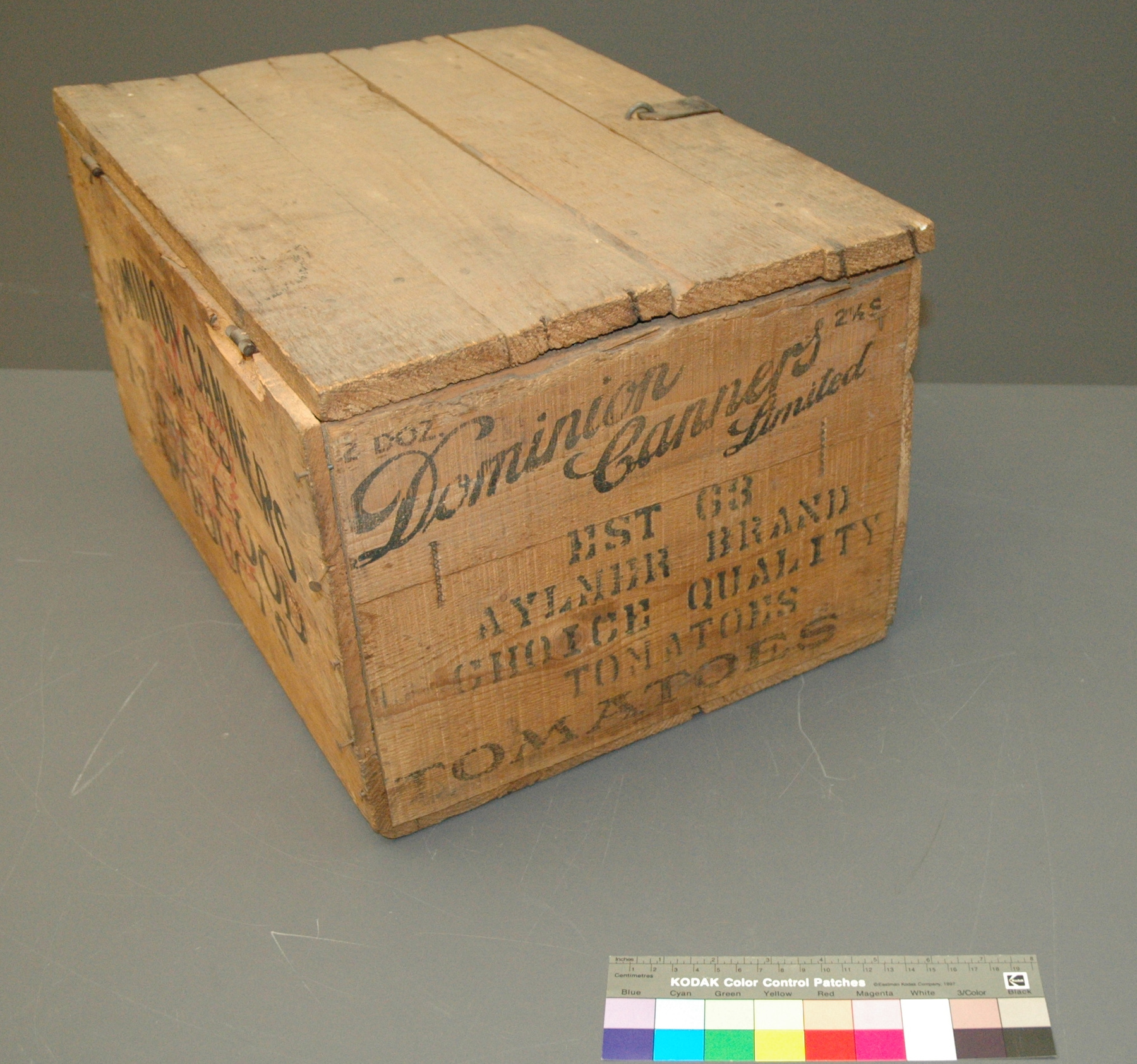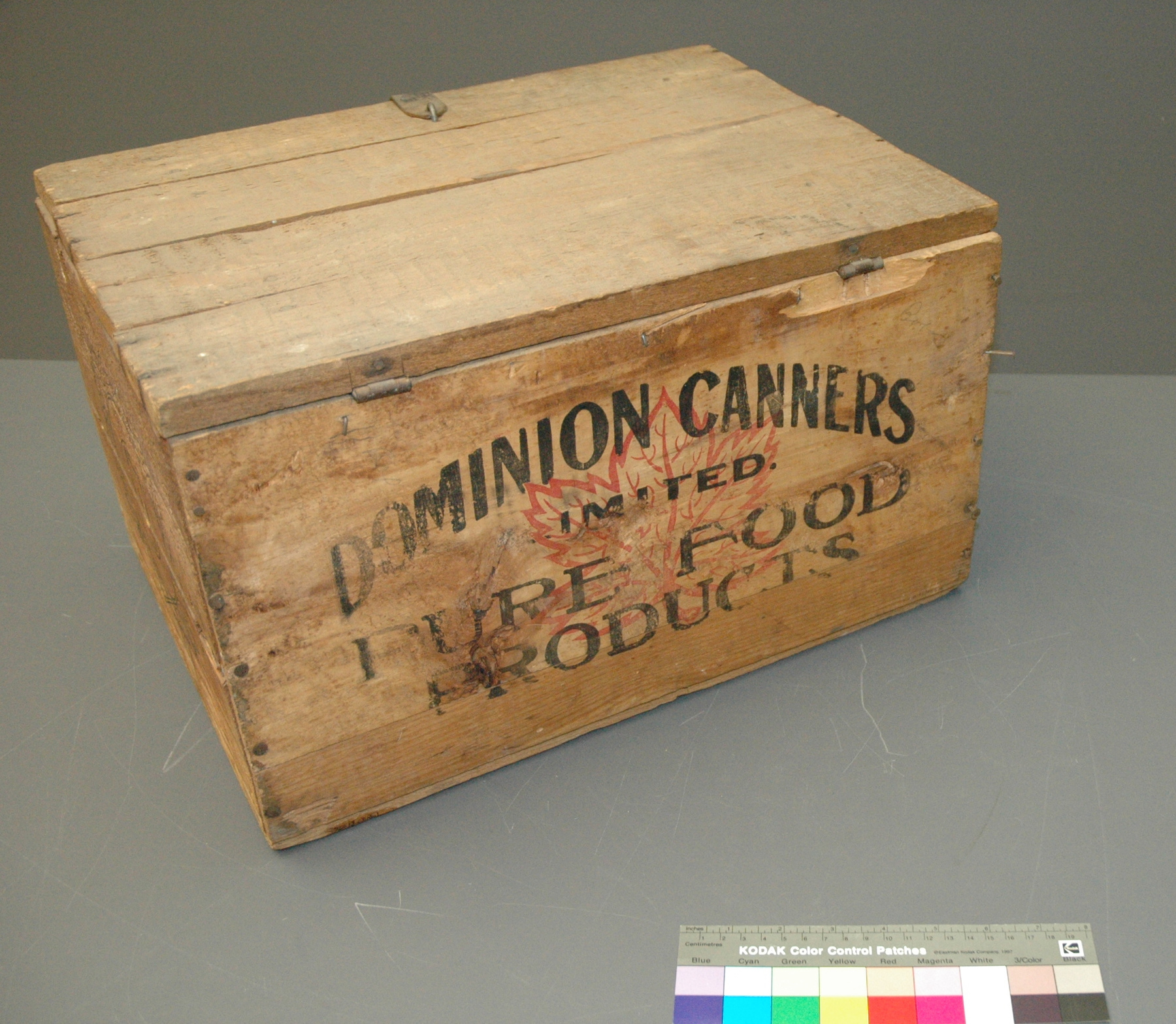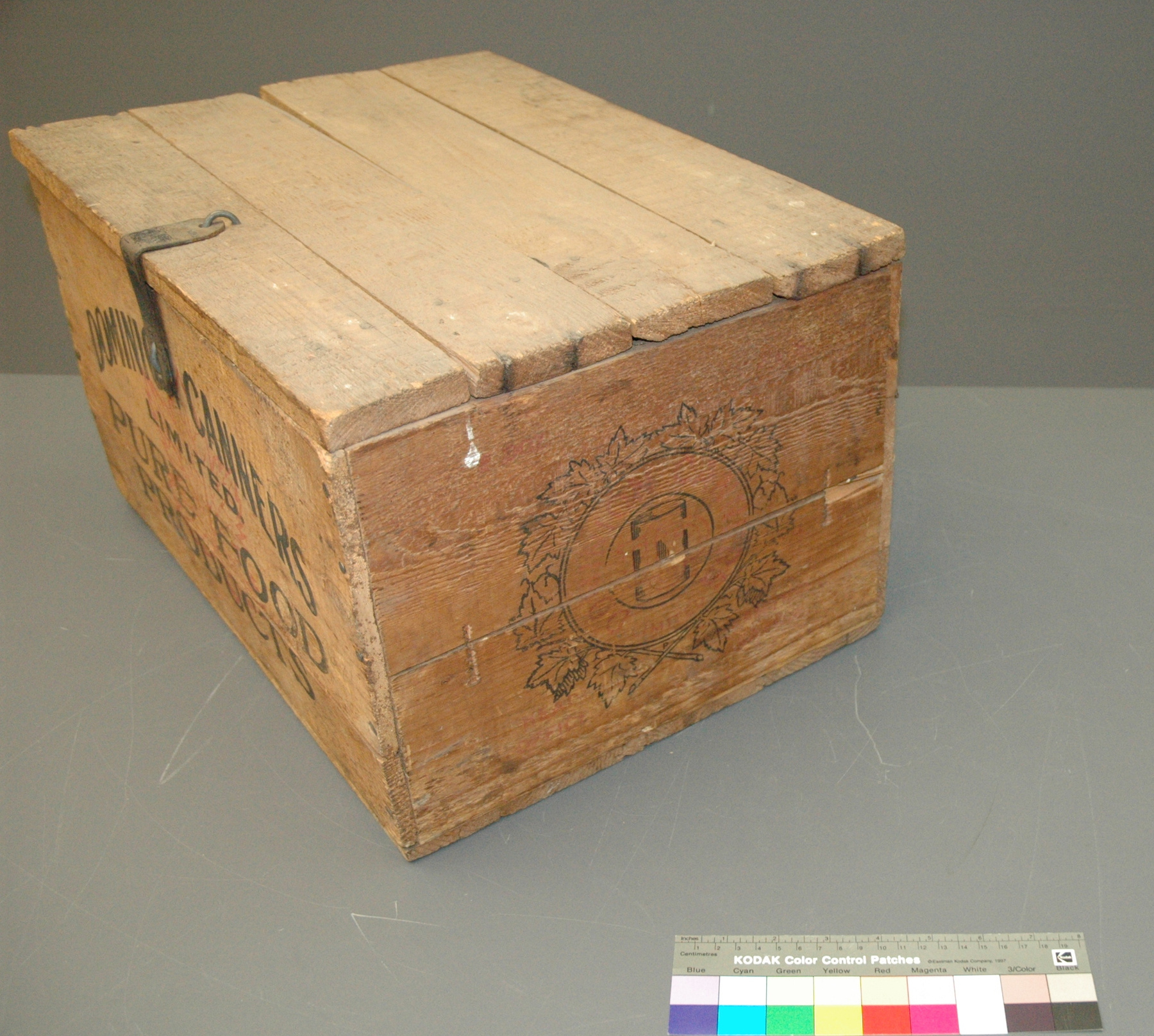Crate
Use this image
Can I reuse this image without permission? Yes
Object images on the Ingenium Collection’s portal have the following Creative Commons license:
Copyright Ingenium / CC BY-NC-ND (Attribution-NonCommercial 4.0 International (CC BY-NC 4.0)
ATTRIBUTE THIS IMAGE
Ingenium,
2013.0066.001
Permalink:
Ingenium is releasing this image under the Creative Commons licensing framework, and encourages downloading and reuse for non-commercial purposes. Please acknowledge Ingenium and cite the artifact number.
DOWNLOAD IMAGEPURCHASE THIS IMAGE
This image is free for non-commercial use.
For commercial use, please consult our Reproduction Fees and contact us to purchase the image.
- OBJECT TYPE
- WOOD
- DATE
- 1910–1923
- ARTIFACT NUMBER
- 2013.0066.001
- MANUFACTURER
- Unknown
- MODEL
- Dominion Canners Limited
- LOCATION
- Unknown
More Information
General Information
- Serial #
- N/A
- Part Number
- 1
- Total Parts
- 1
- AKA
- Tomato crate
- Patents
- N/A
- General Description
- An untreated wooden crate with metal hinges, clasp and hardware.
Dimensions
Note: These reflect the general size for storage and are not necessarily representative of the object's true dimensions.
- Length
- 44.7 cm
- Width
- 33.0 cm
- Height
- 27.0 cm
- Thickness
- N/A
- Weight
- N/A
- Diameter
- N/A
- Volume
- N/A
Lexicon
- Group
- Agriculture
- Category
- Merchandising
- Sub-Category
- N/A
Manufacturer
- AKA
- Unknown
- Country
- Unknown
- State/Province
- Unknown
- City
- Unknown
Context
- Country
- Canada
- State/Province
- Quebec
- Period
- Unknown
- Canada
-
Nicolas Appert is the first to have found a way to preserve food by putting the content into an hermetic glass jar and boiling it. This happened at the beginning of the 19th century. Tin cans soon were used to preserve food and canning became an important commercial activity in Canada to preserve food and to offer it for sale to a growing number of city residents in the context of rapid urbanisation . The first successful fruit and vegetable canning factory in Canada is attributed to Wellington Boulter in Pictou, Ontario, in 1882. Previously to this, canning was mainly commercially done for salmon. “The Aylmer Canning Factory was first established in 1879 in Aylmer Ontario. It was sold to partners Marshall and Nairn… .According to a 1891 census, it was the third largest such plant in Canada! Aylmer Canning Factory was eventually sold to Del Monte.” [see worksheet for the complete information] - Function
-
To transport cans of Aylmer brand tomatoes, 2 dozen per crate. - Technical
-
Unknown - Area Notes
-
Unknown
Details
- Markings
- Mfr's stamp front & back [looks like branding]:"DOMINION CANNERS/LIMITED./PURE FOOD/PRODUCTS". Mfr's stamp left side:"2 DOZ./Dominion/Canners/Limited/2½ S/EST G3/AYLMER BRAND/CHOICE QUALITY/TOMATOES". Mfr's stamp right side:"company logo/DOMINION/CANNERS/LIMITED/HEAD/OFFICE/HAMILTON/ CANADA".
- Missing
- Nothing is missing.
- Finish
- An untreated wooden crate with metal hinges, clasp and hardware.
- Decoration
- A stamped red maple leaf and the company logo which is a circle of black maple leaves with a can in the center.
CITE THIS OBJECT
If you choose to share our information about this collection object, please cite:
Unknown Manufacturer, Crate, between 1910–1923, Artifact no. 2013.0066, Ingenium – Canada’s Museums of Science and Innovation, http://collection.ingeniumcanada.org/en/id/2013.0066.001/
FEEDBACK
Submit a question or comment about this artifact.
More Like This

